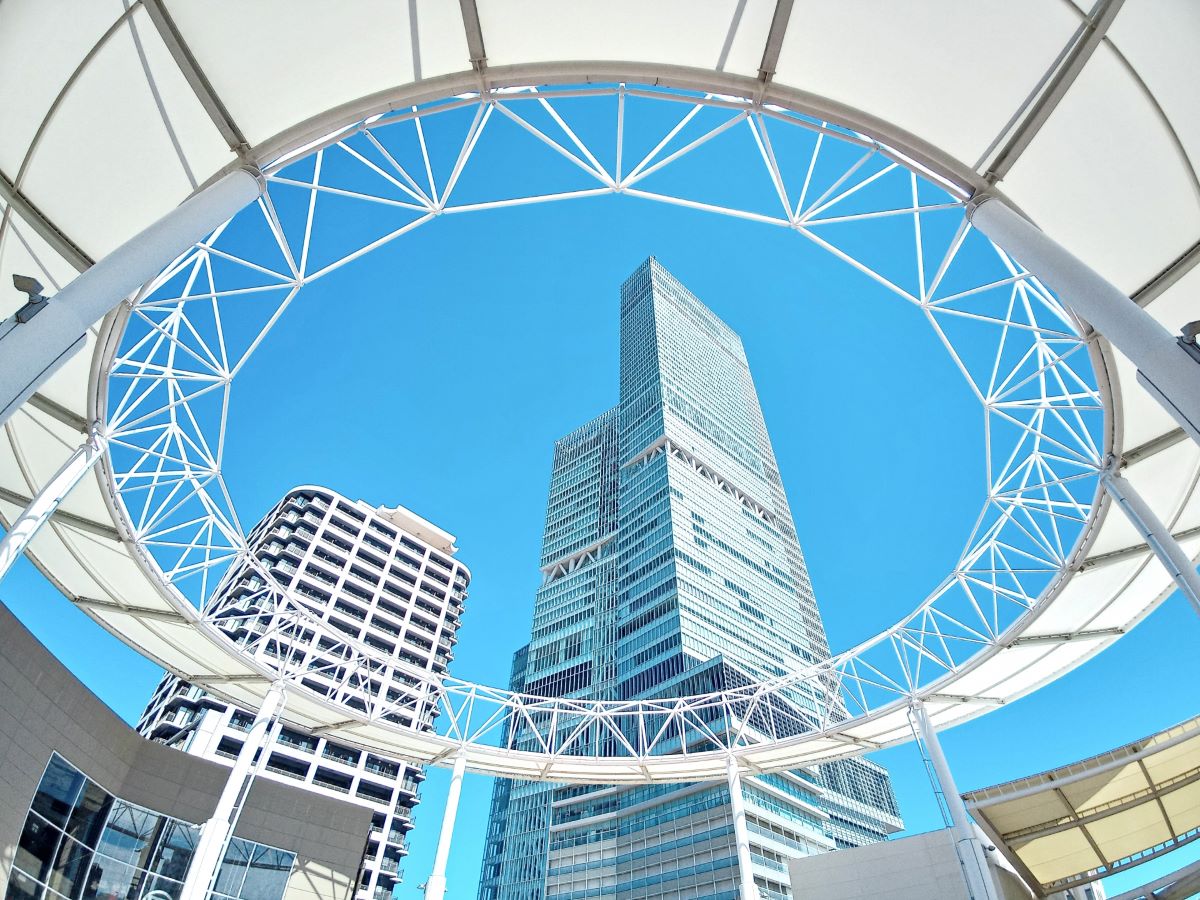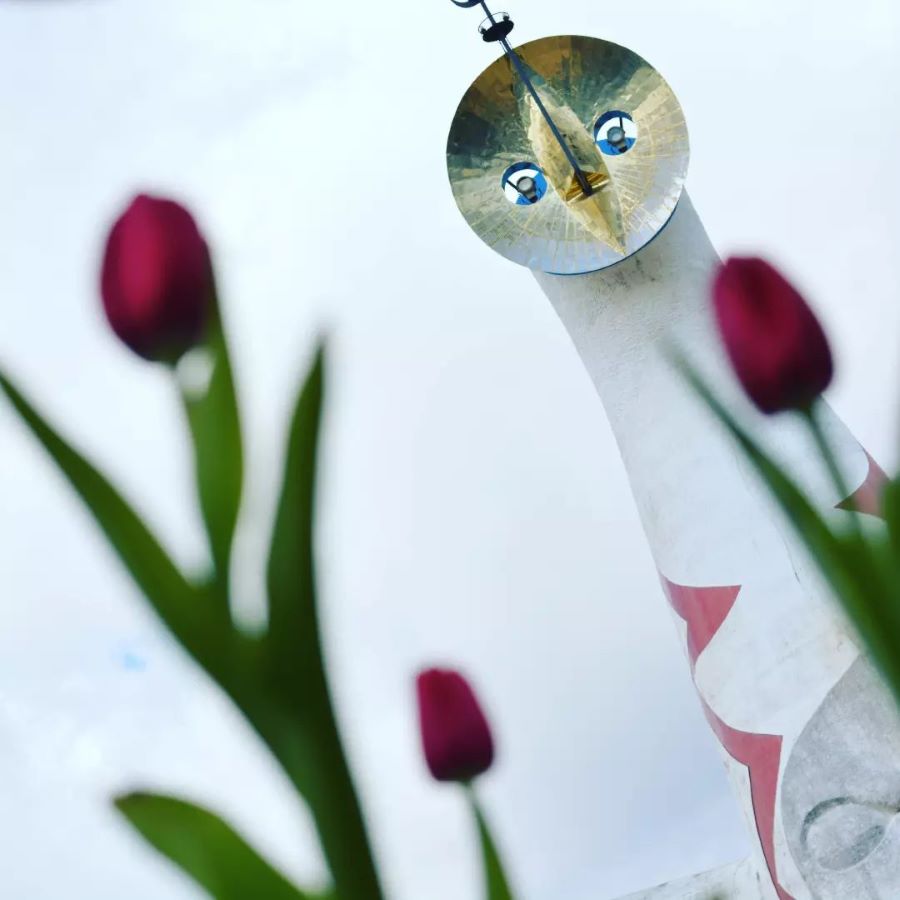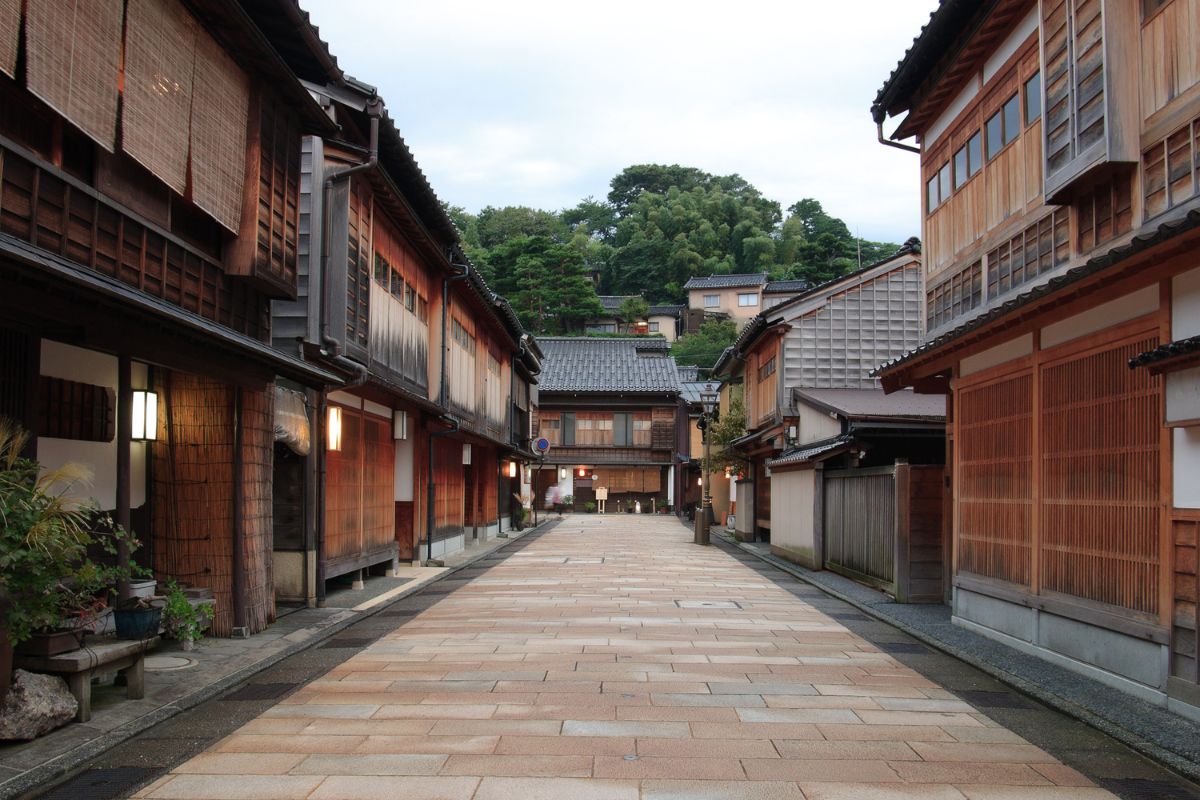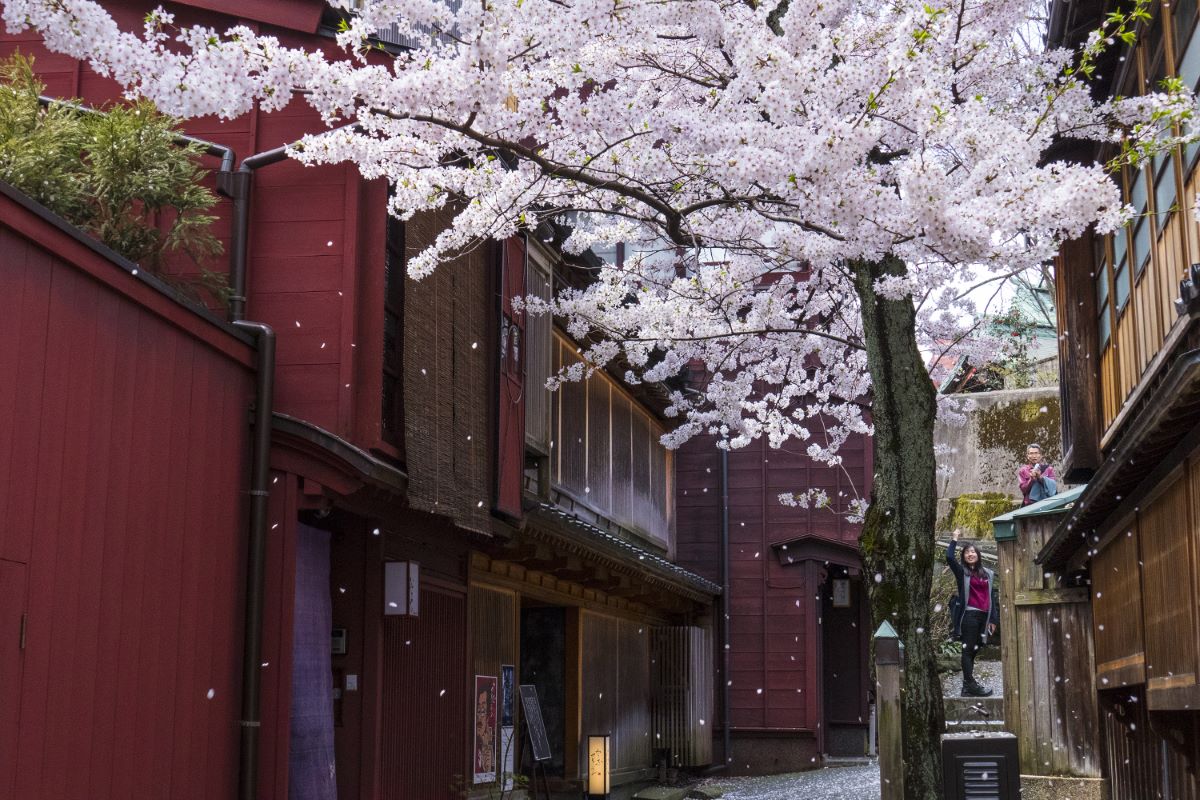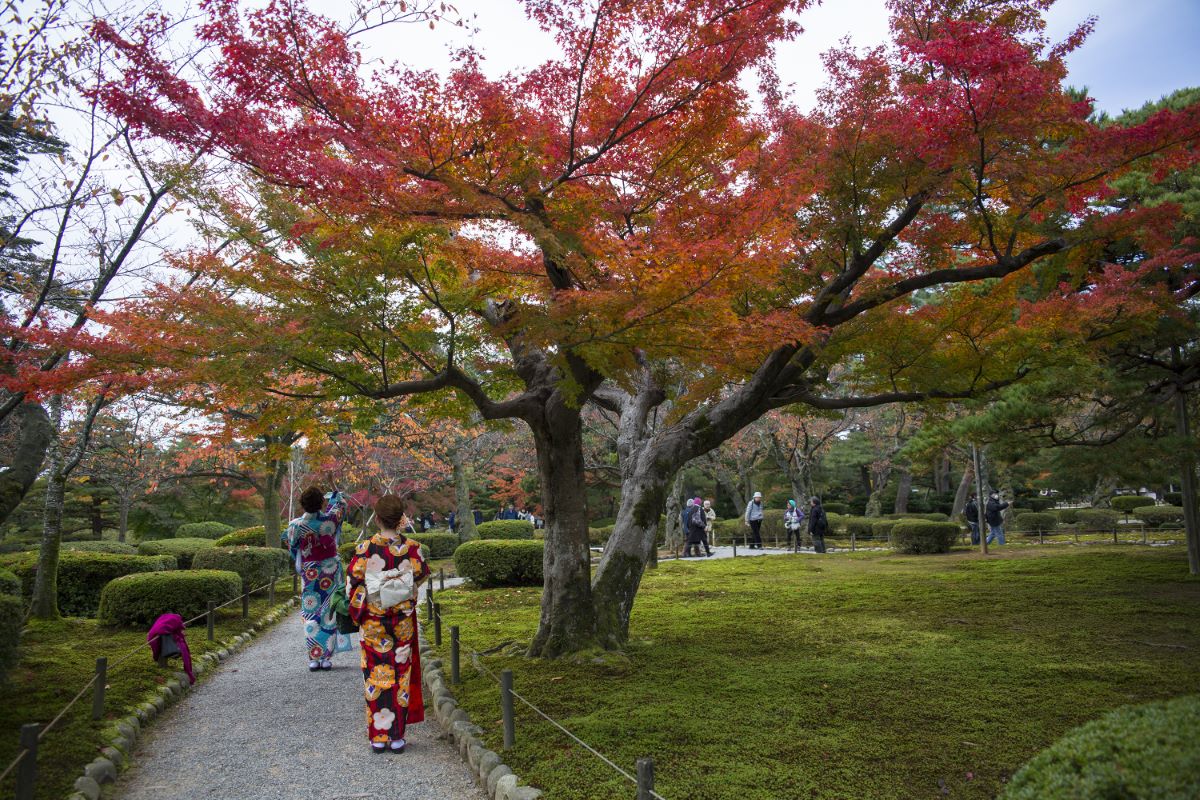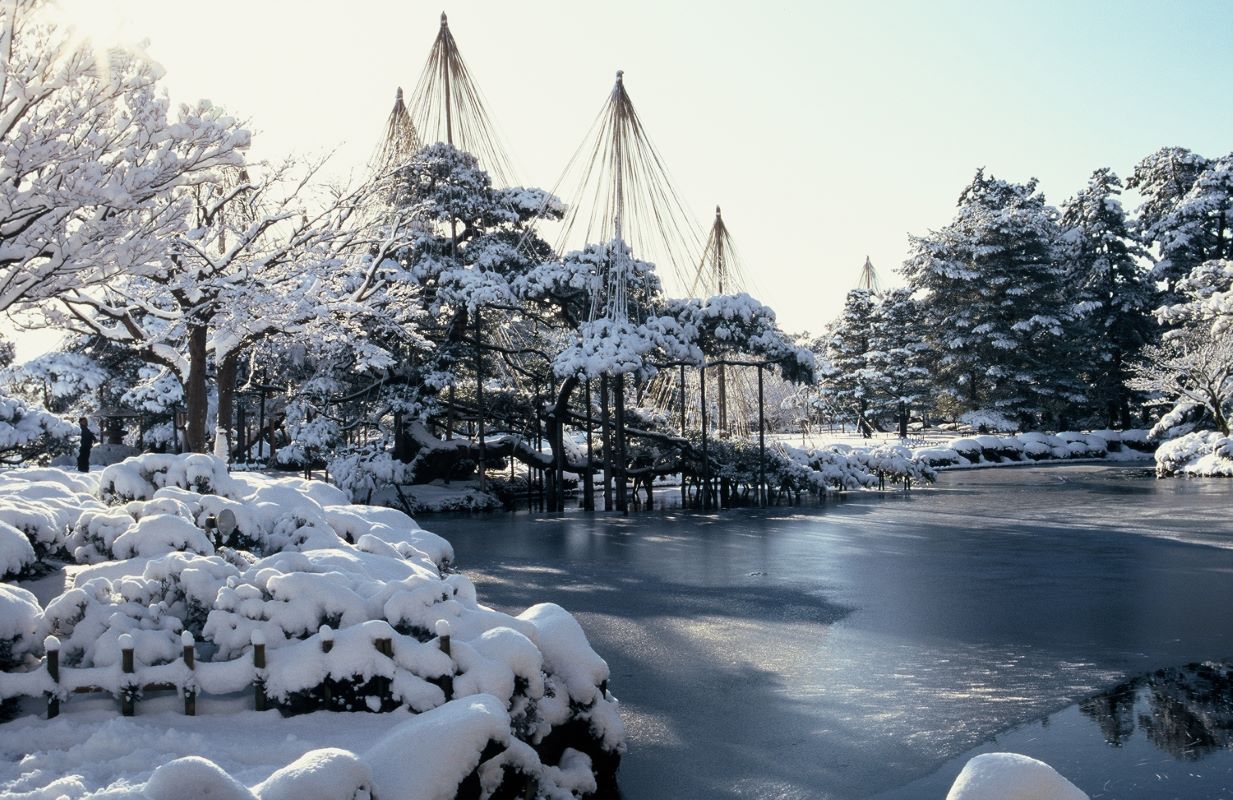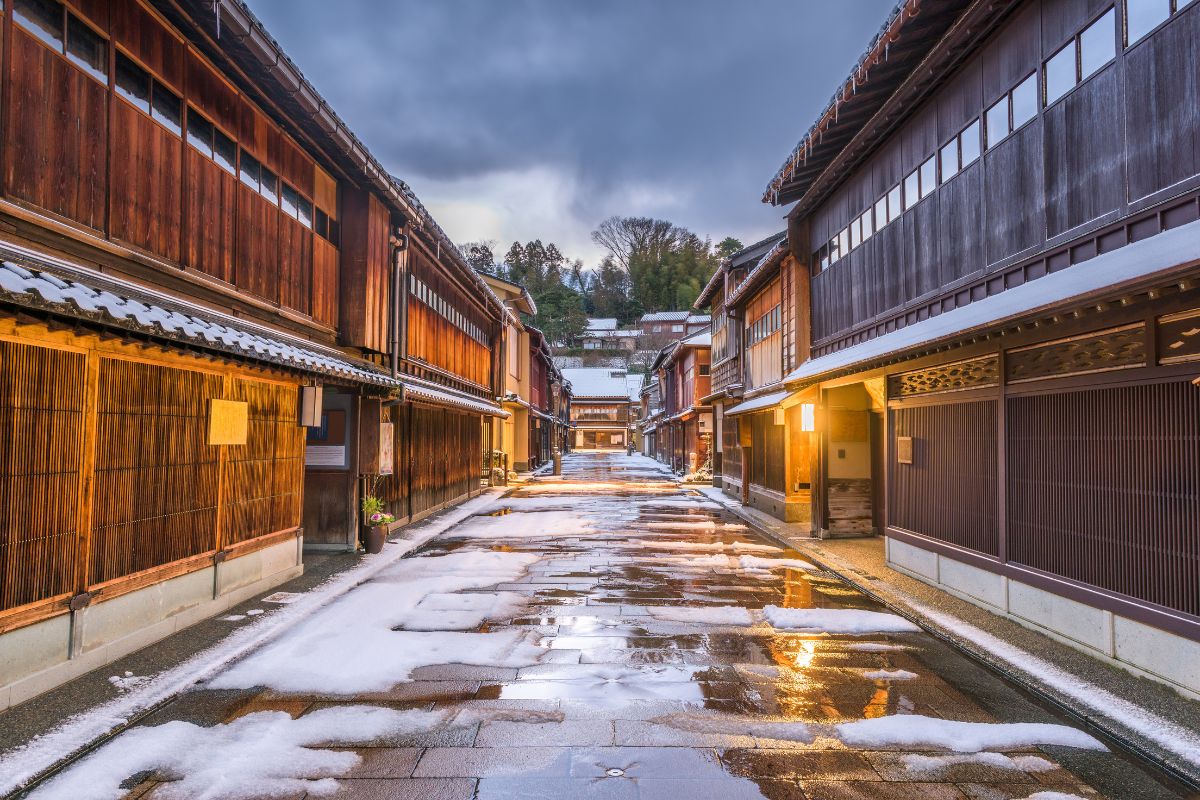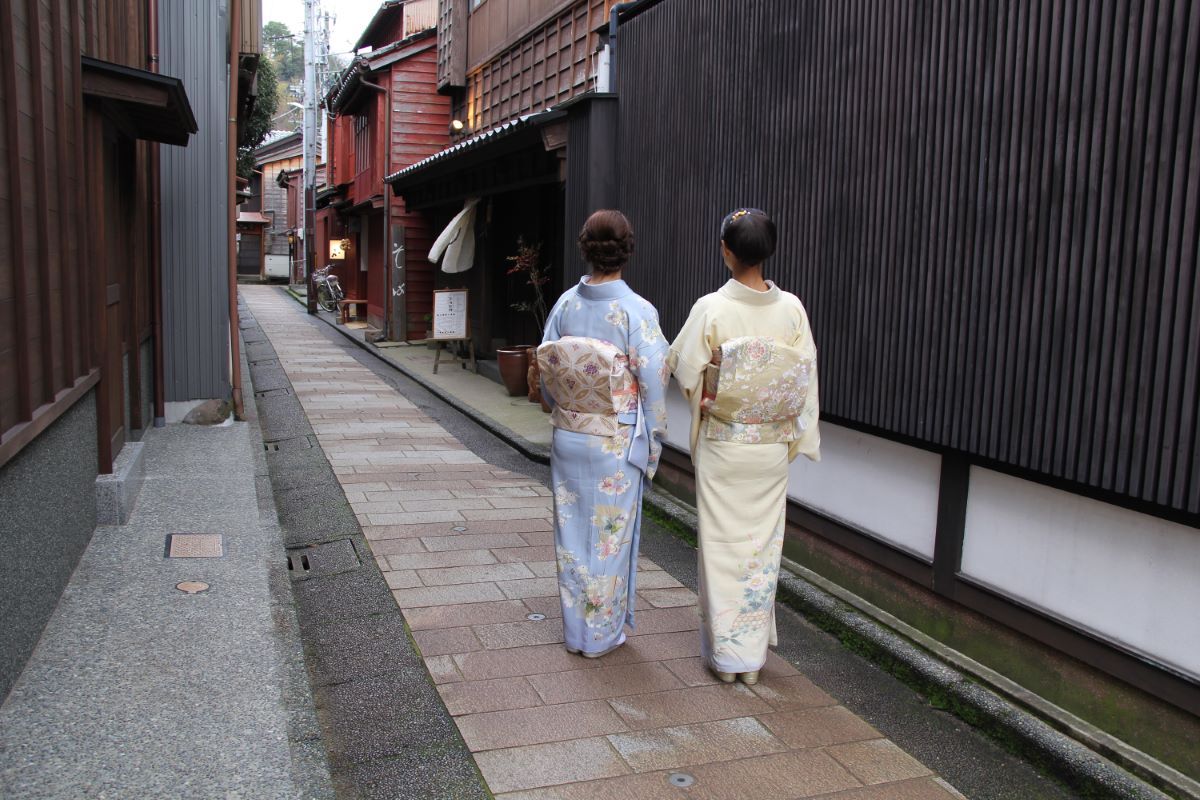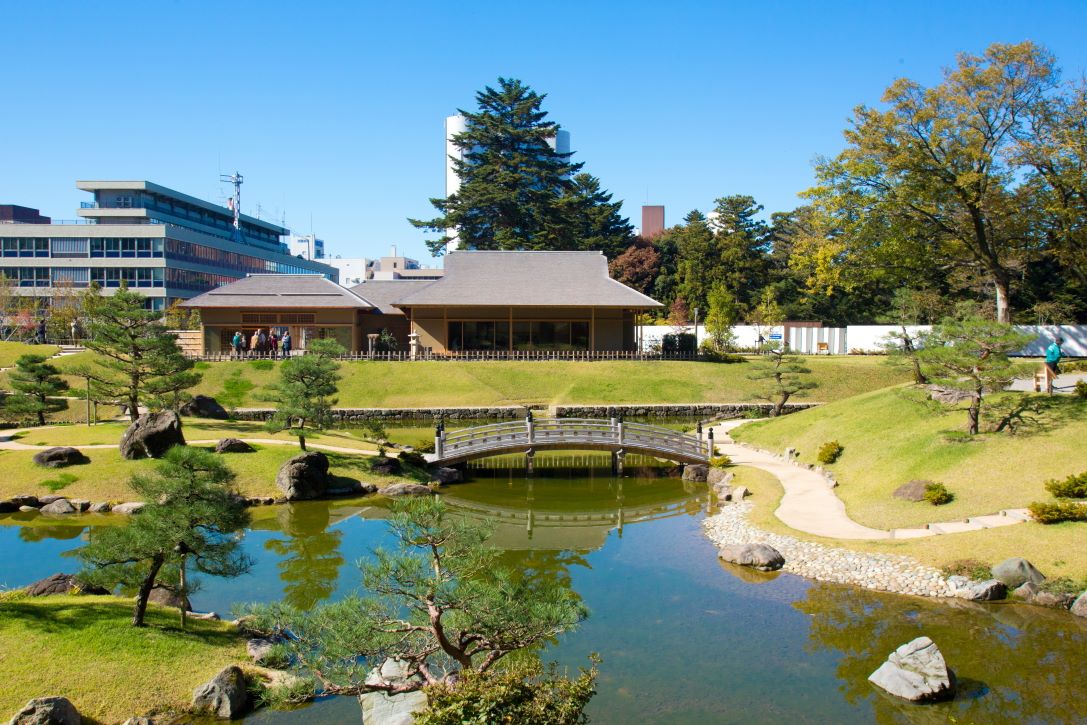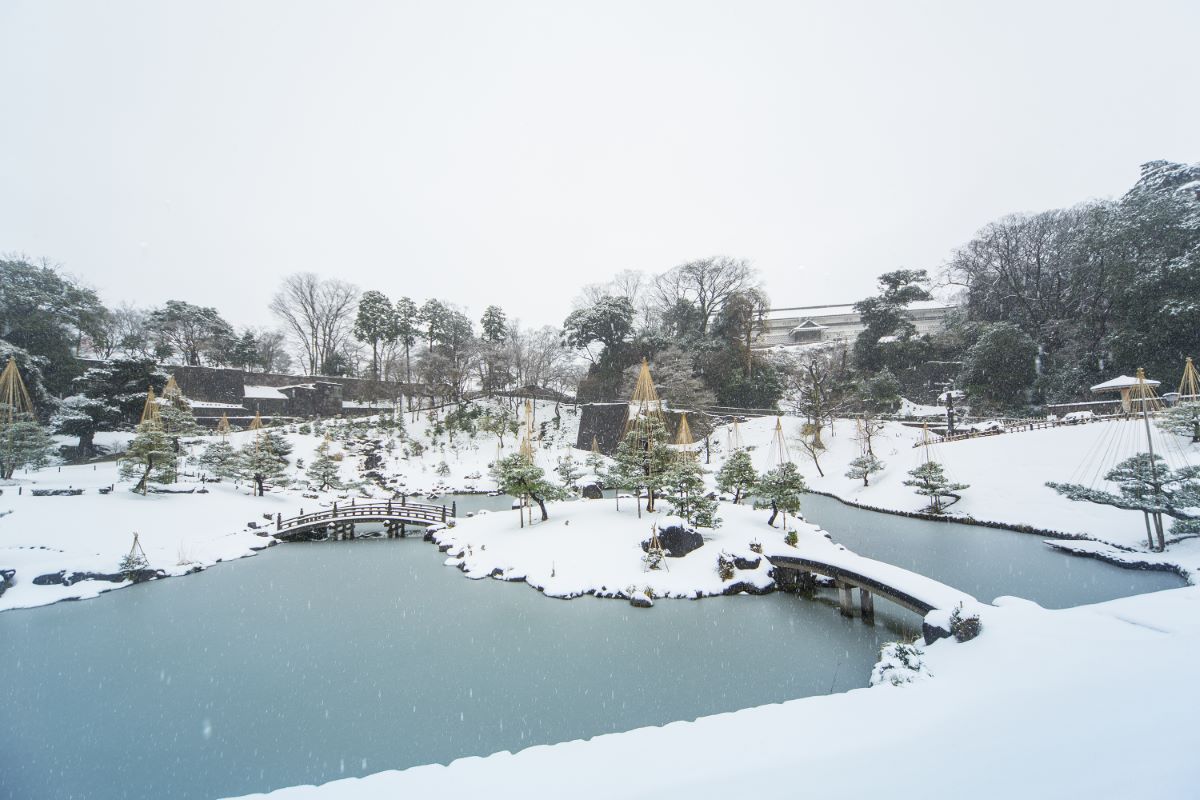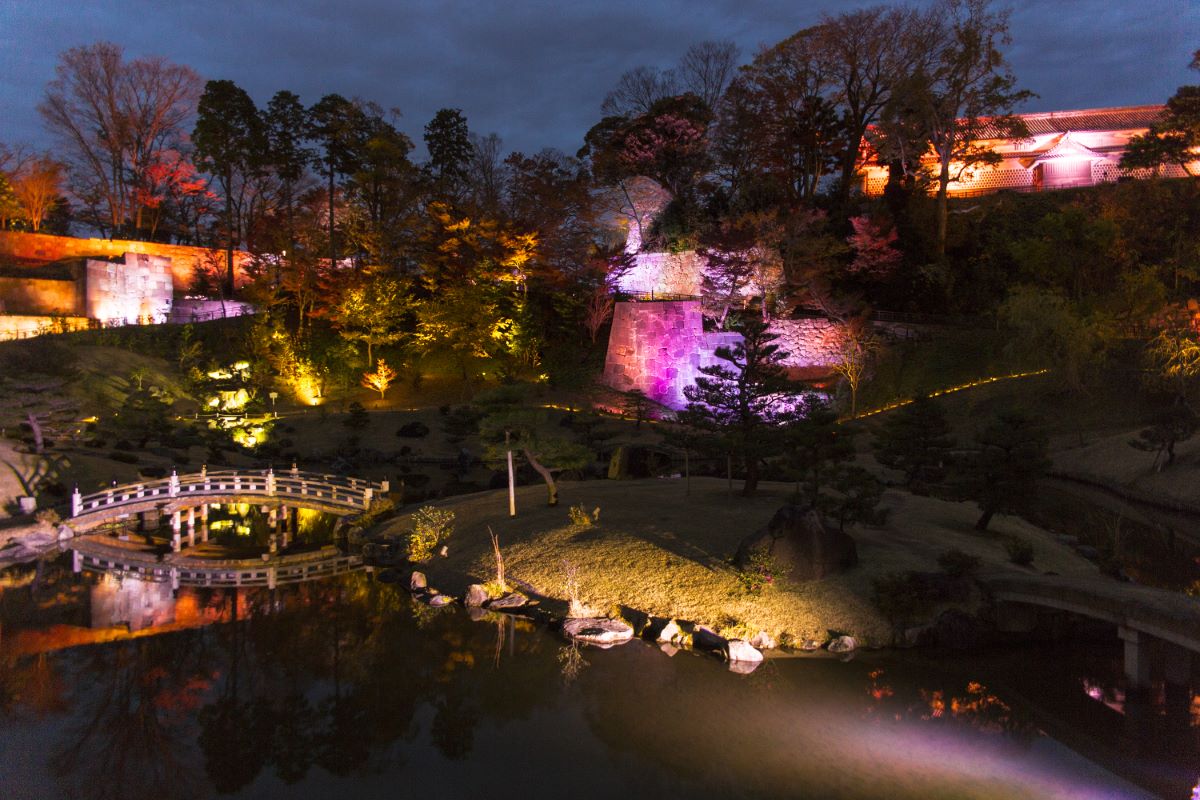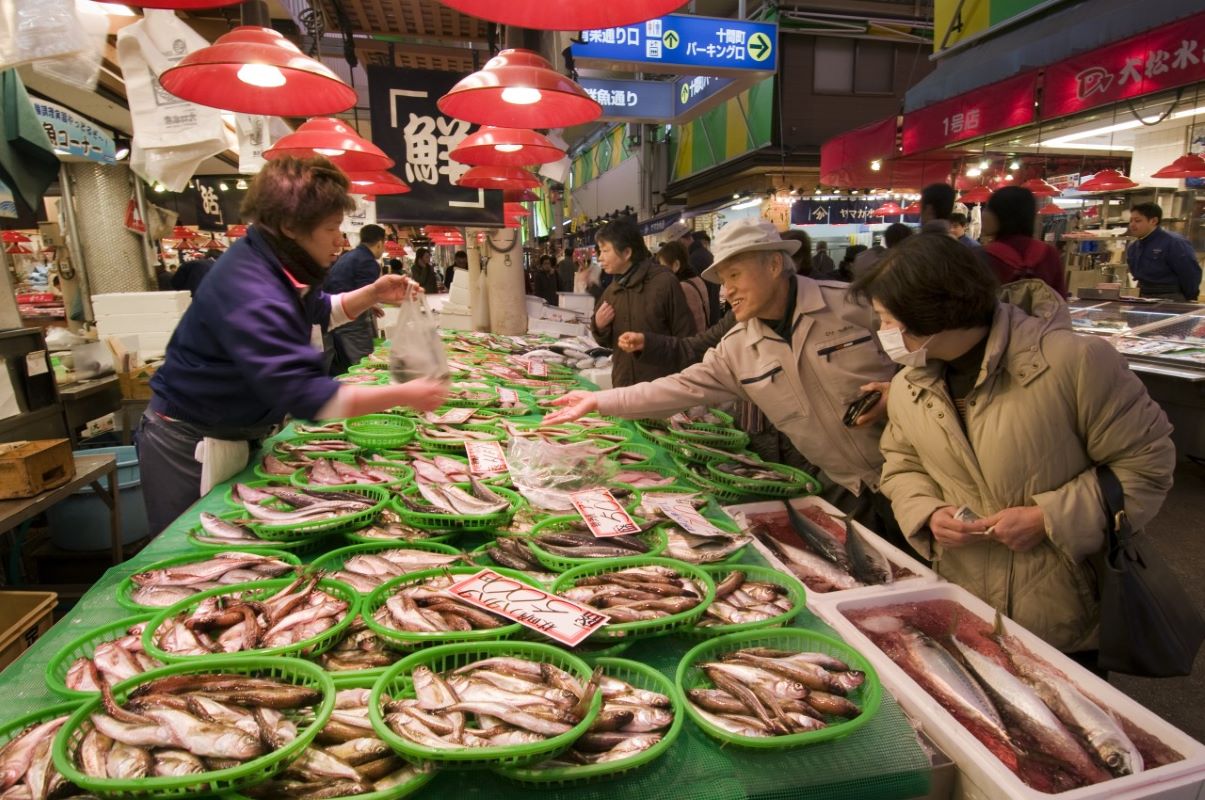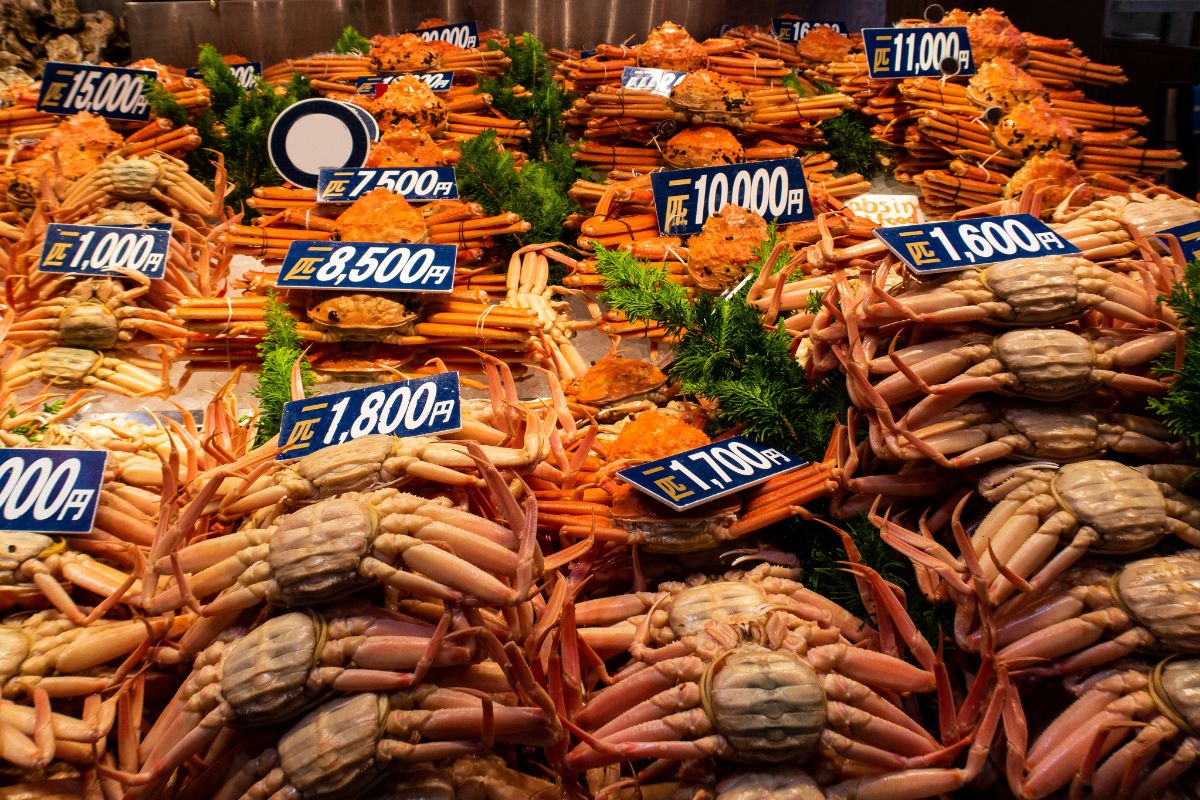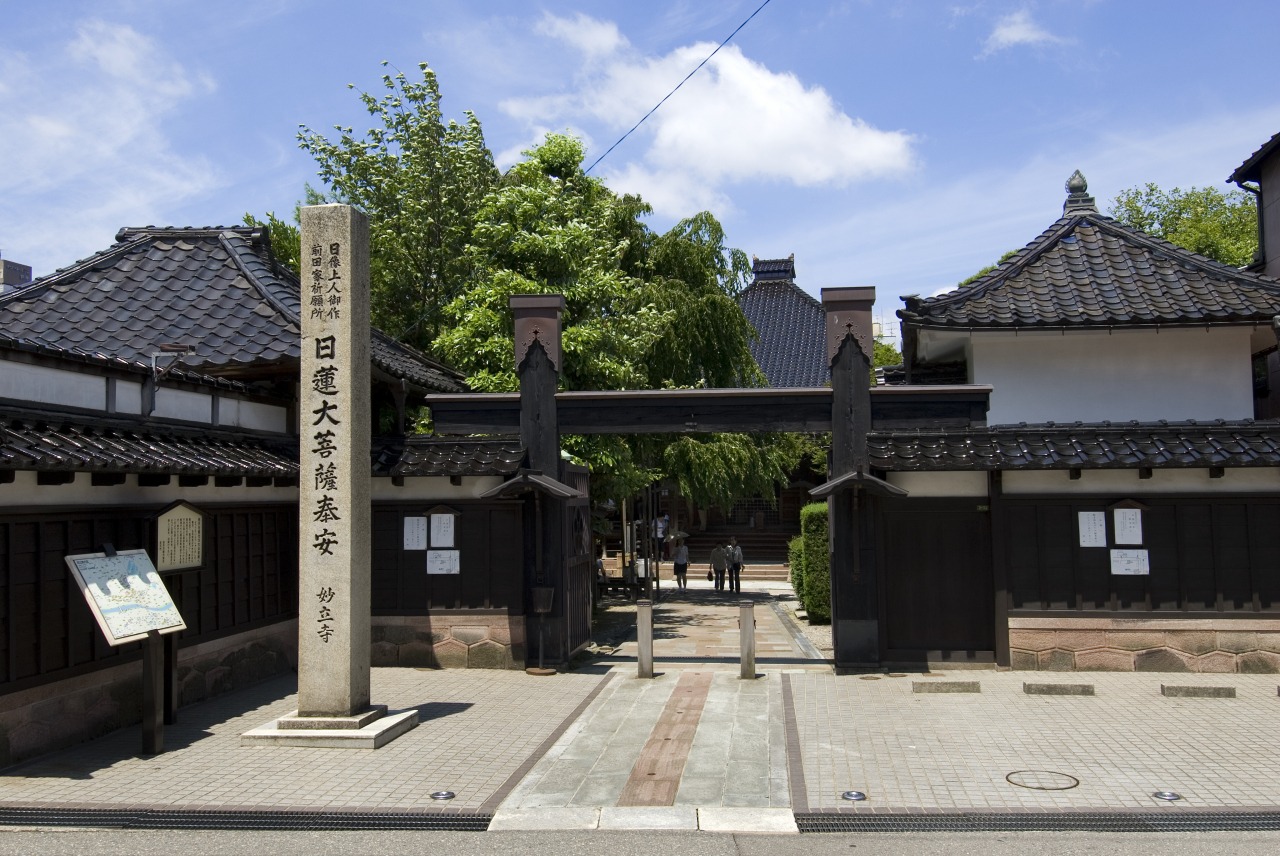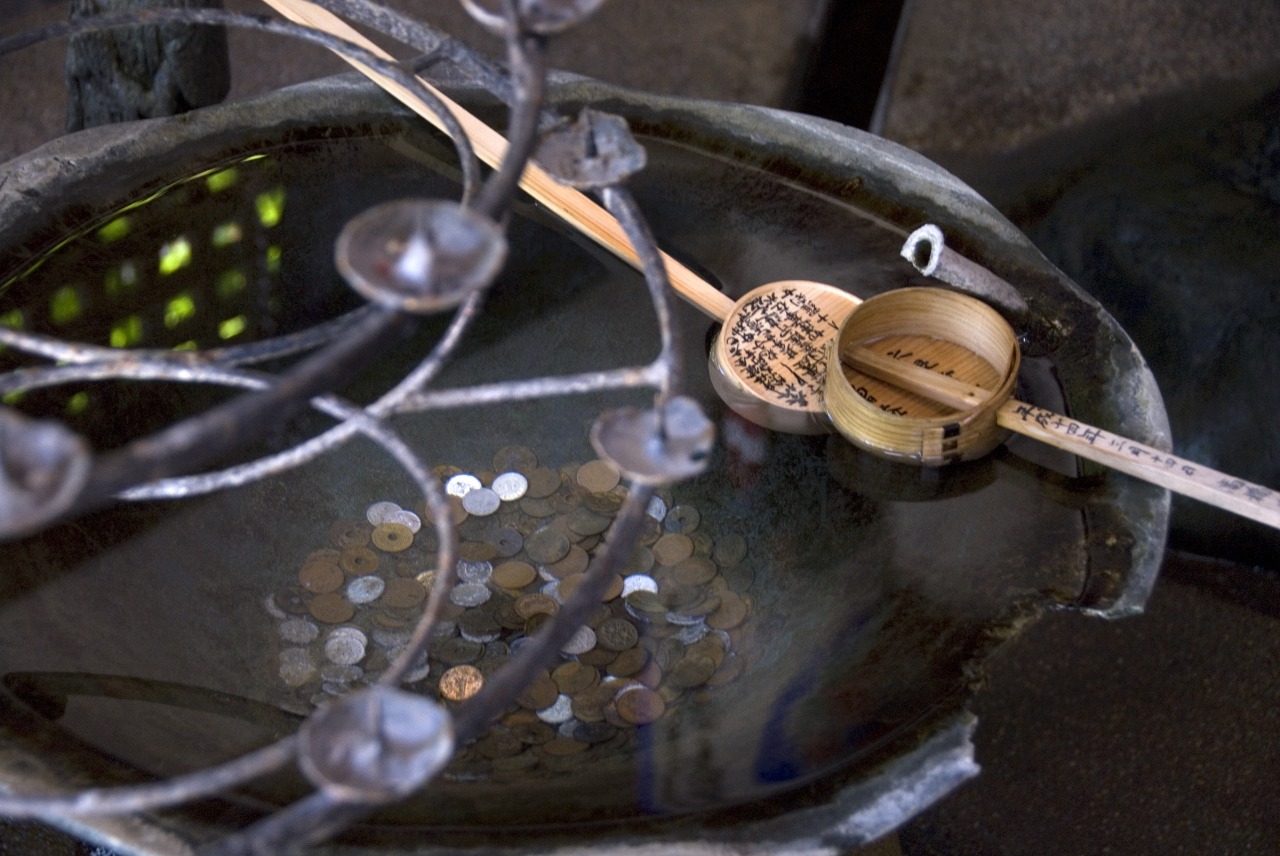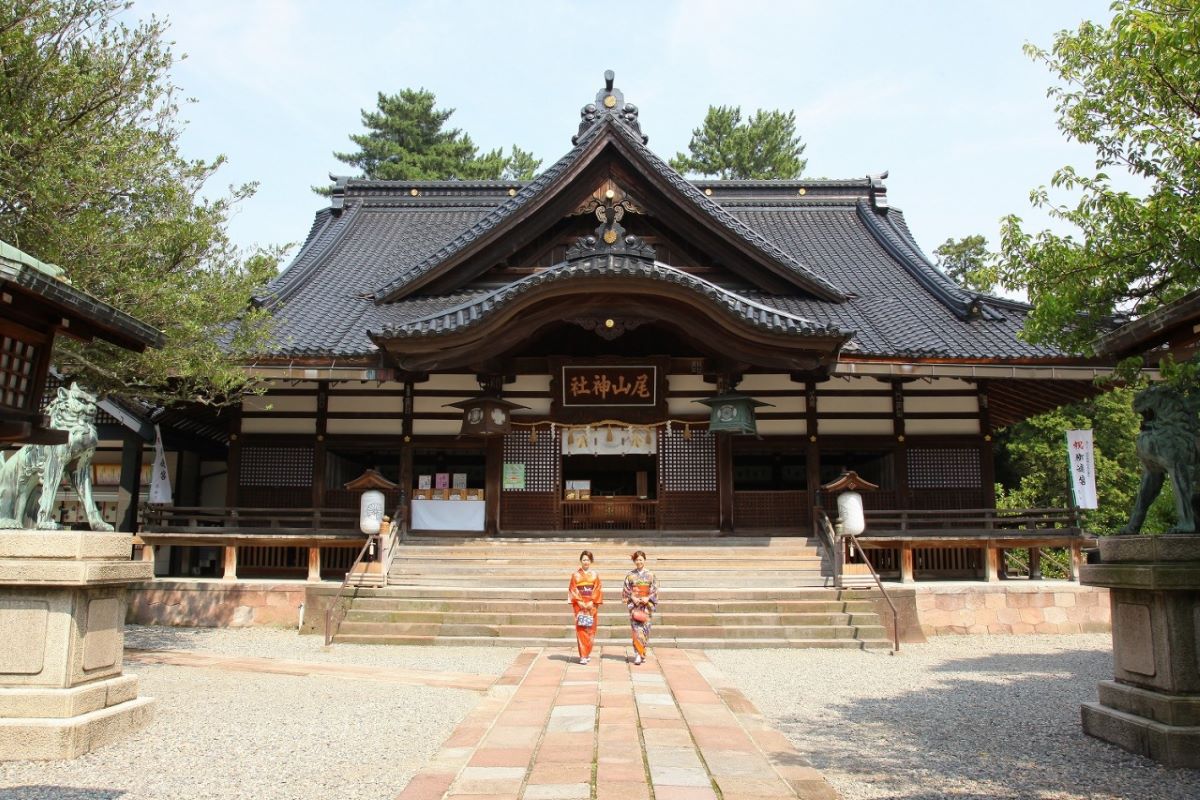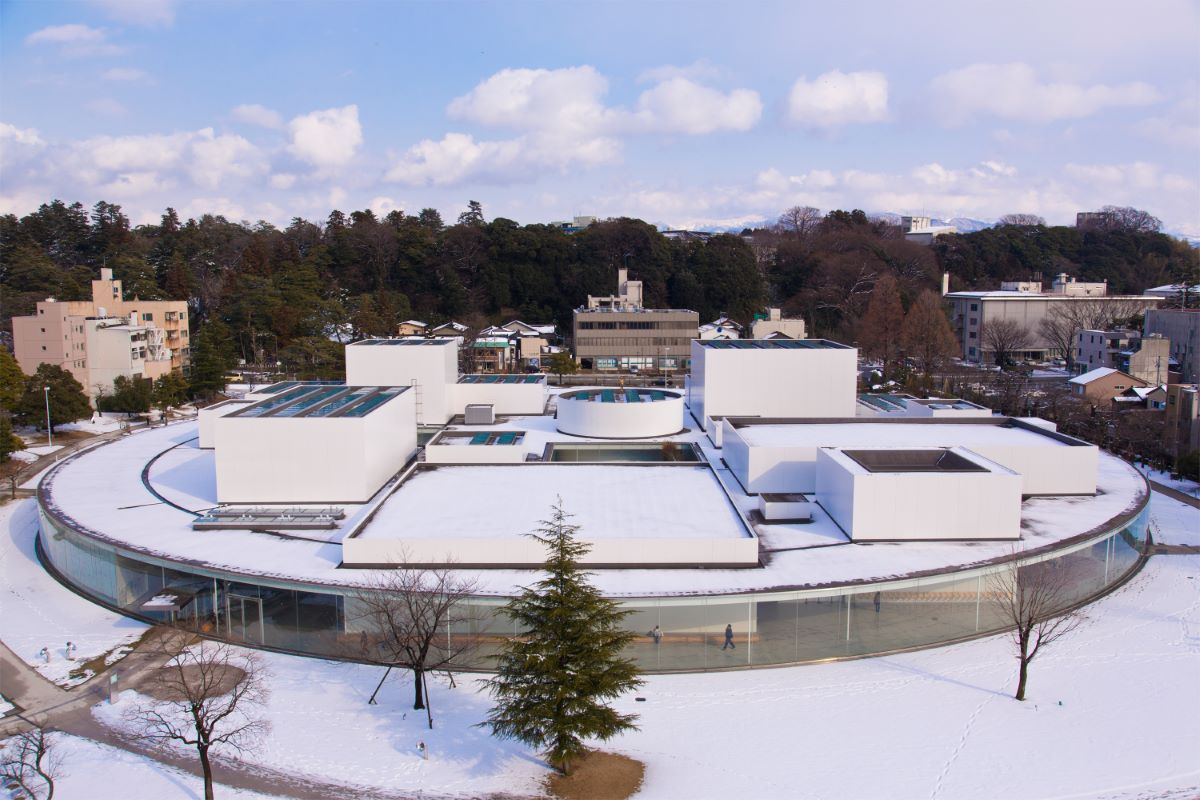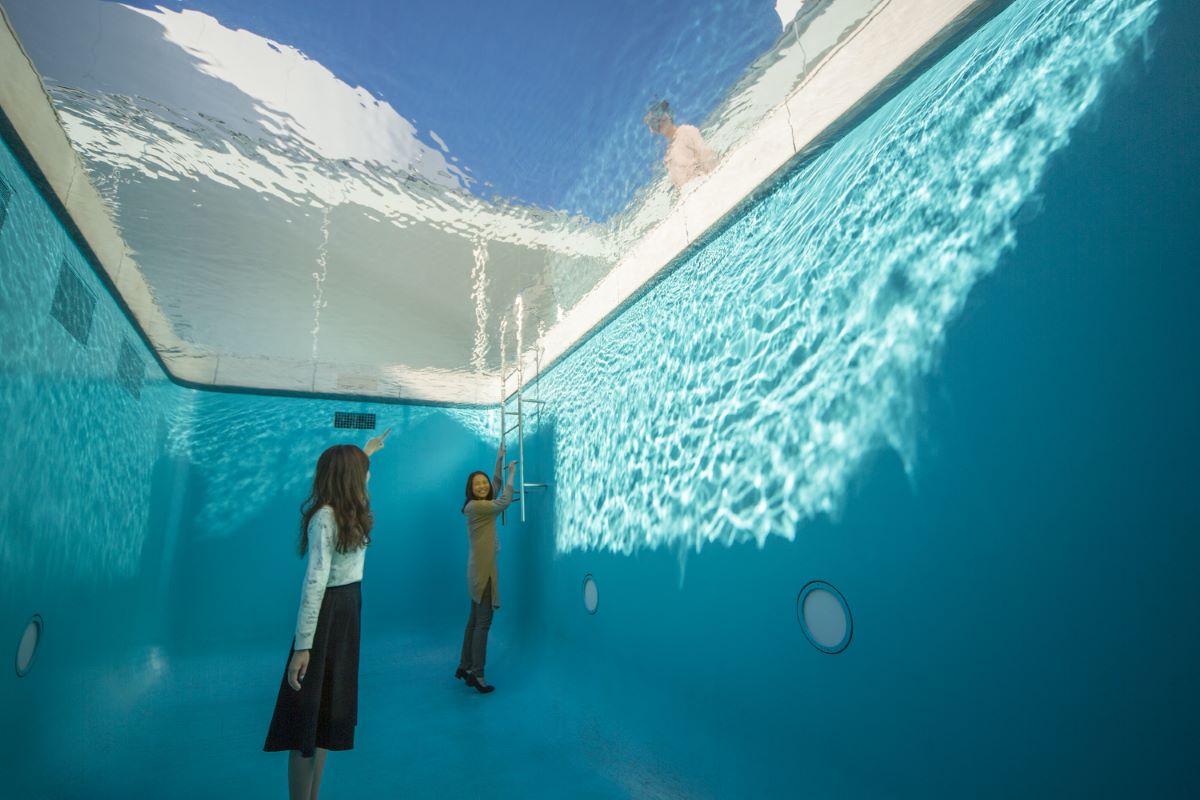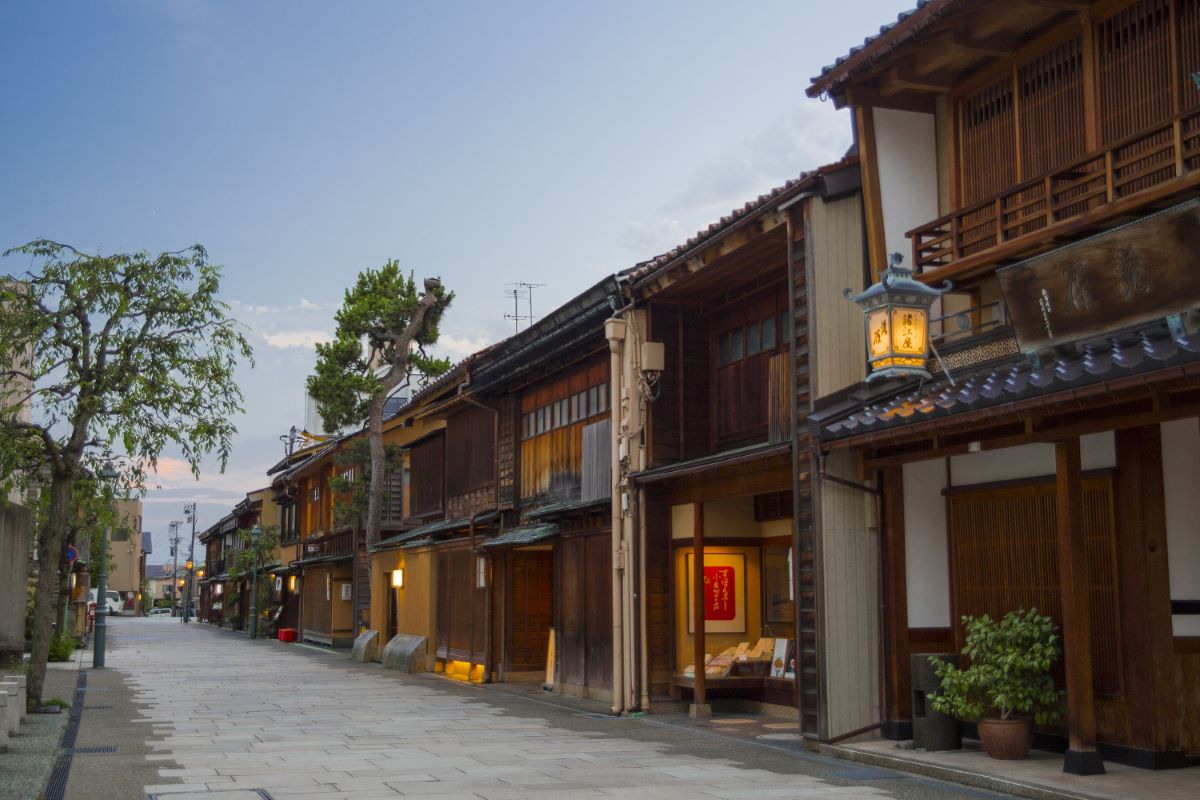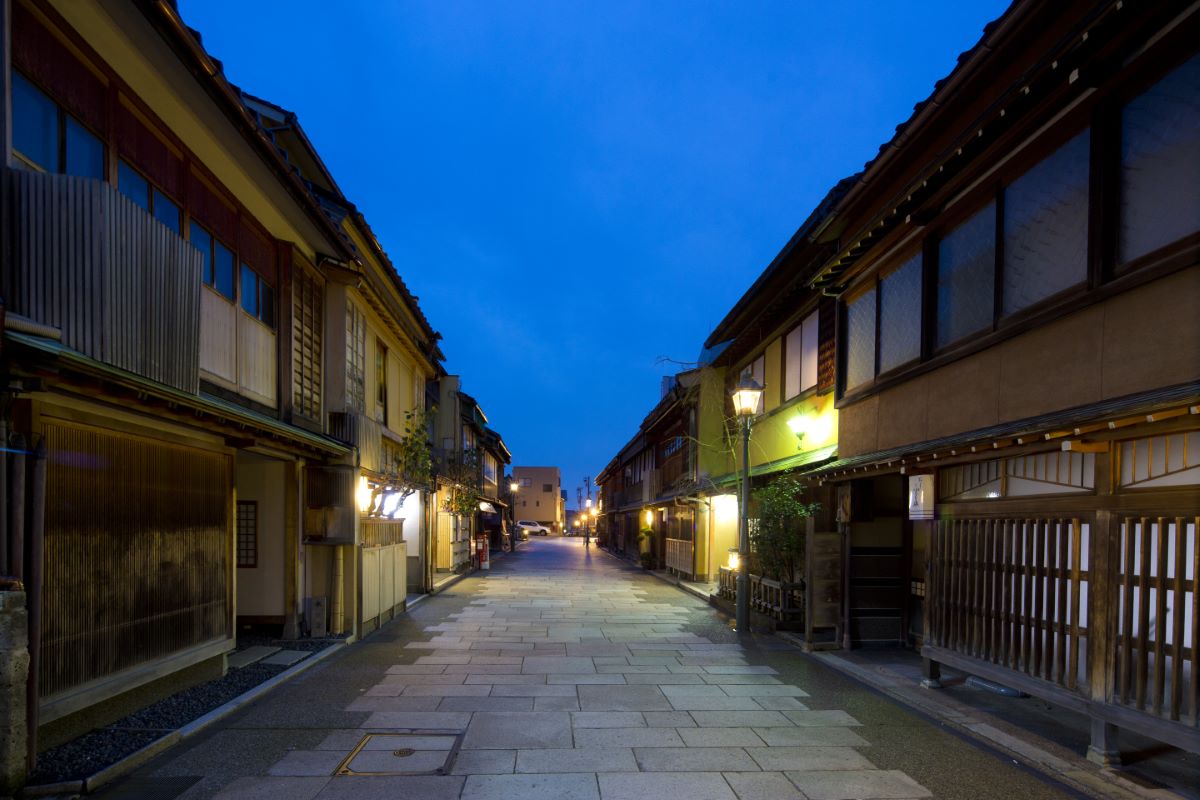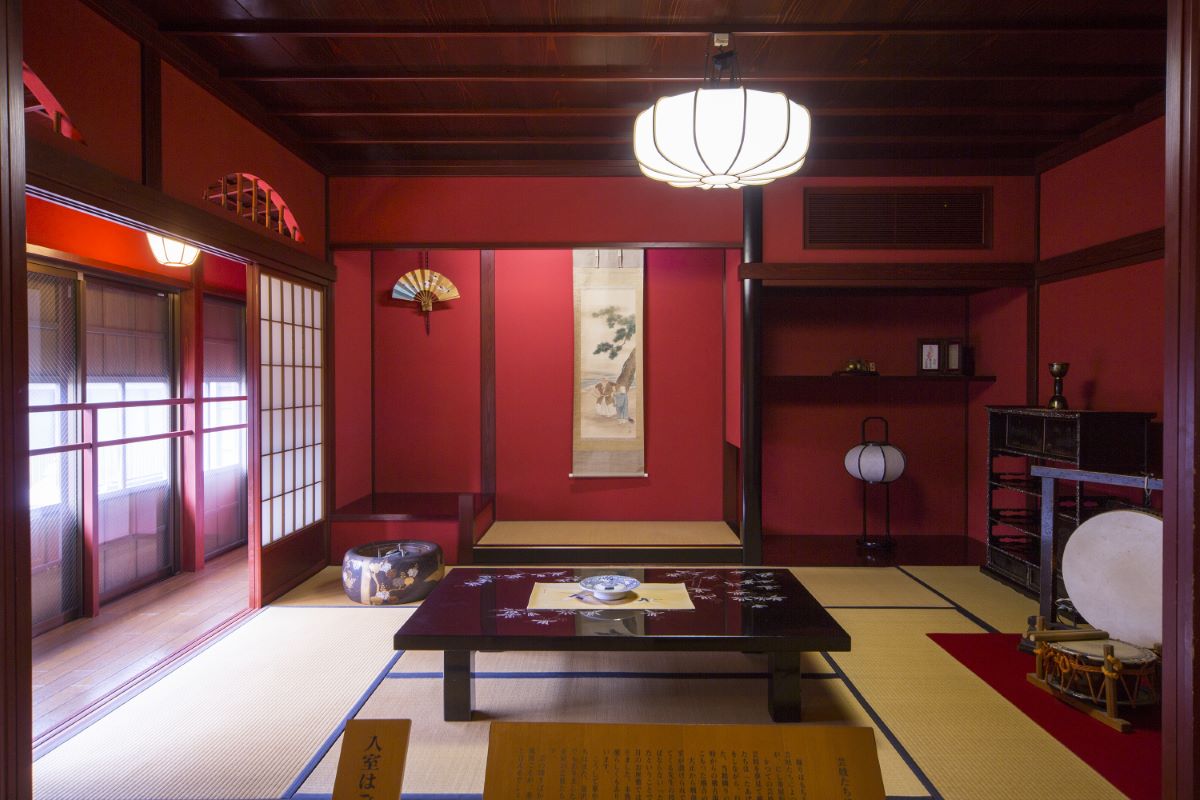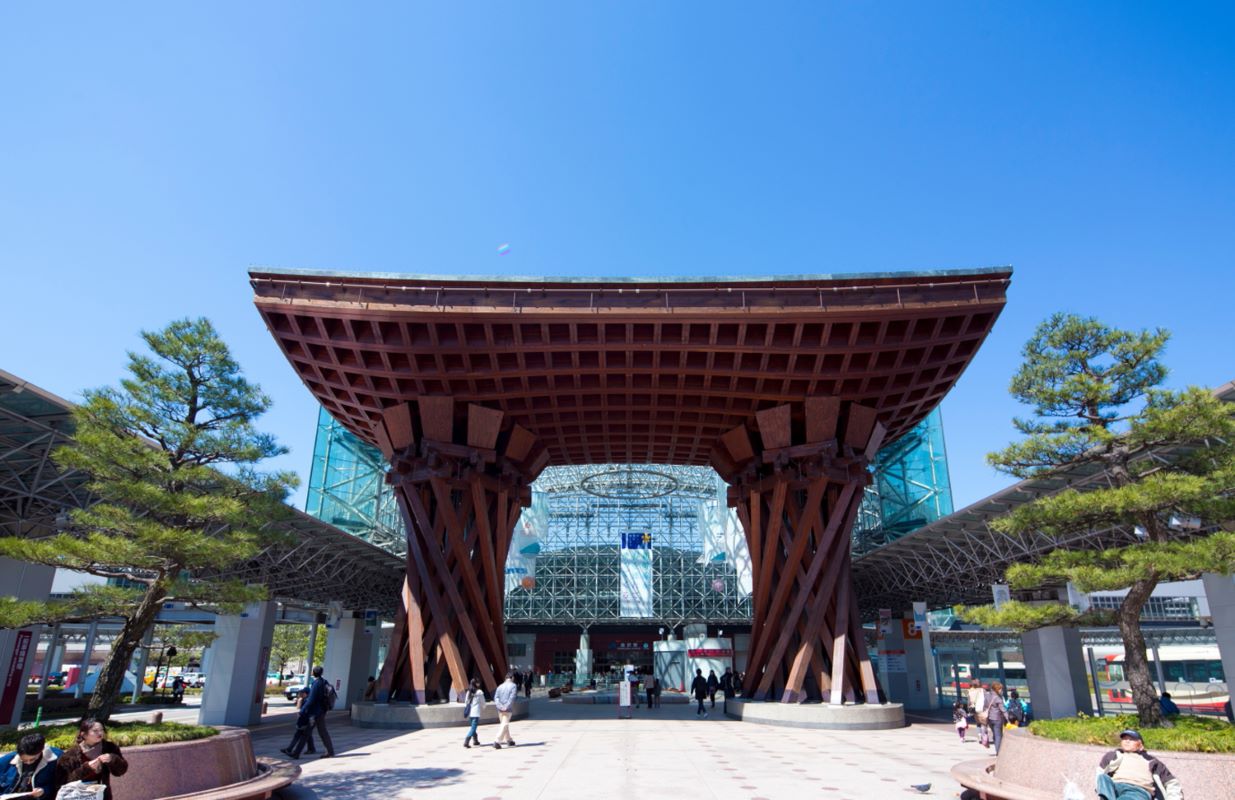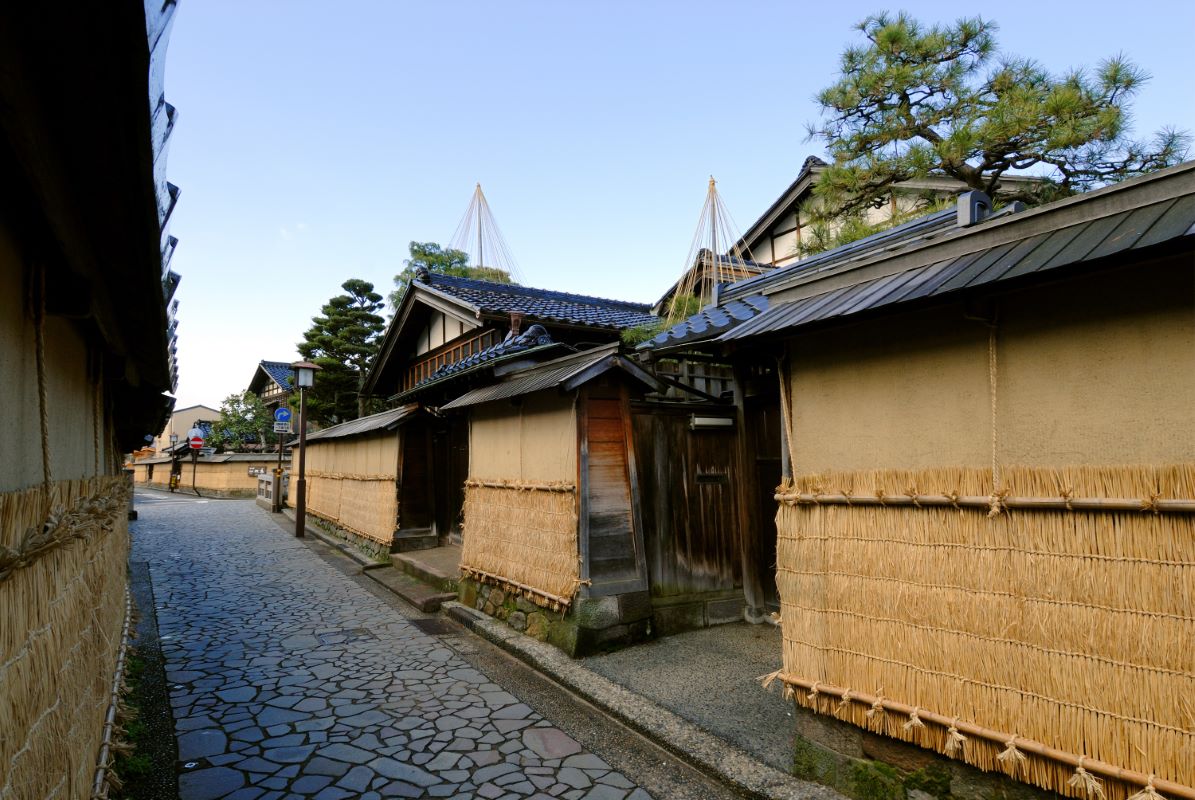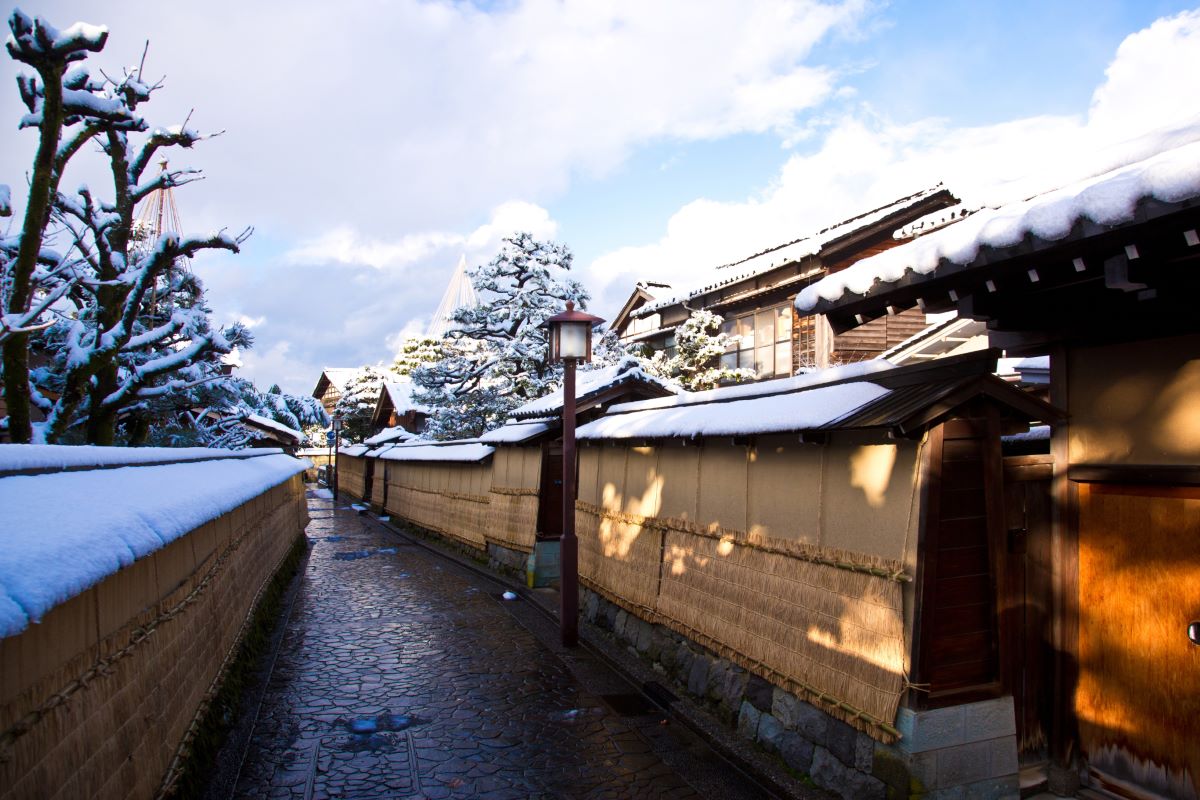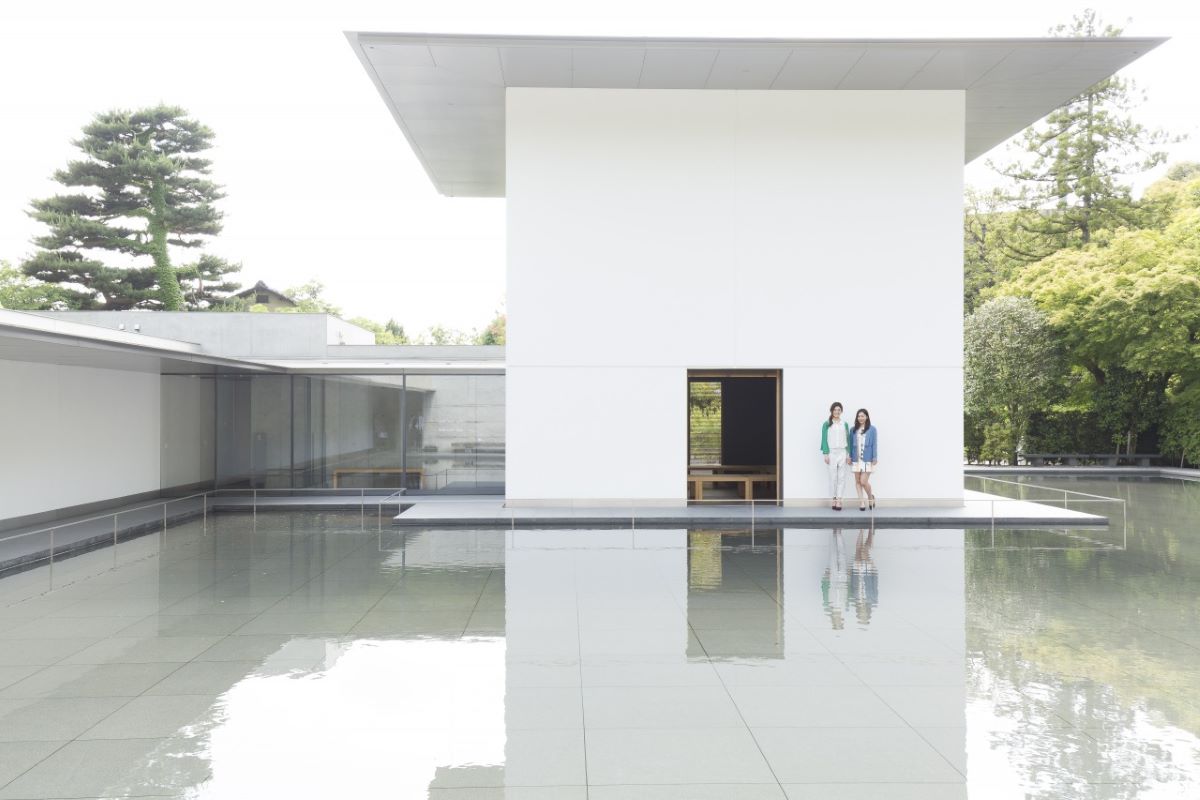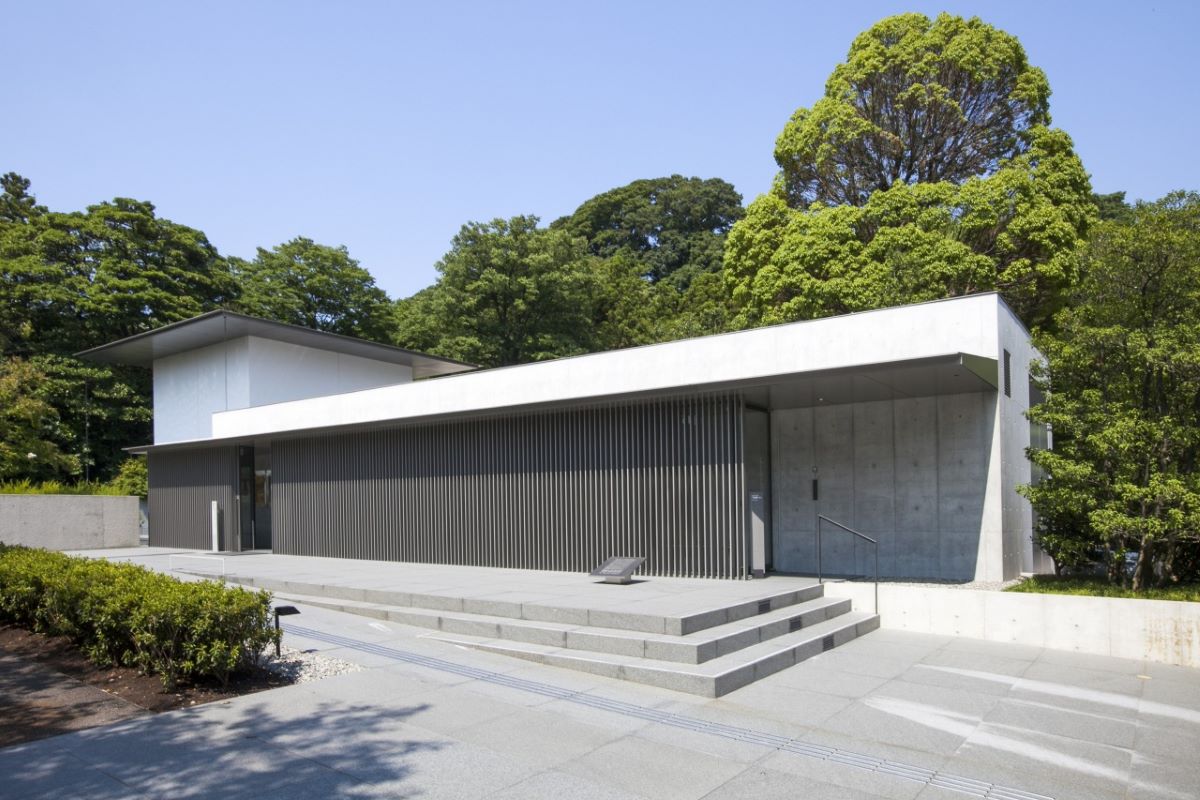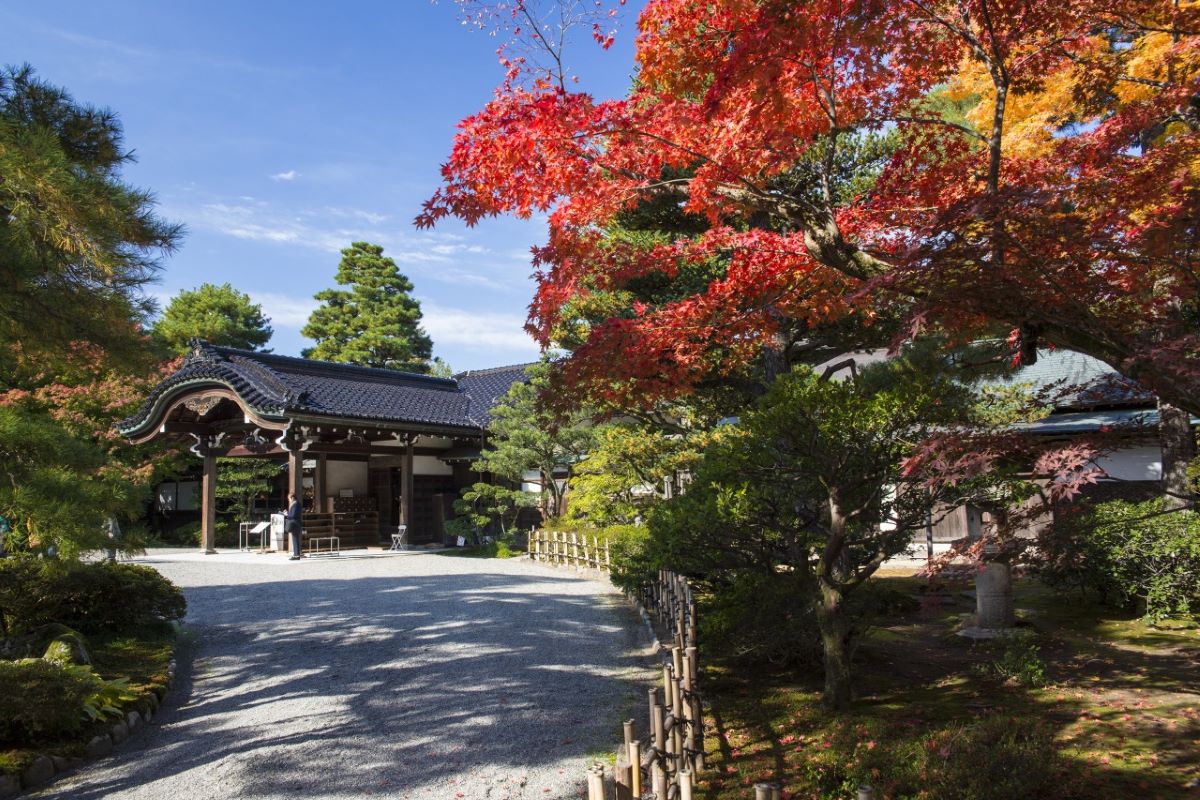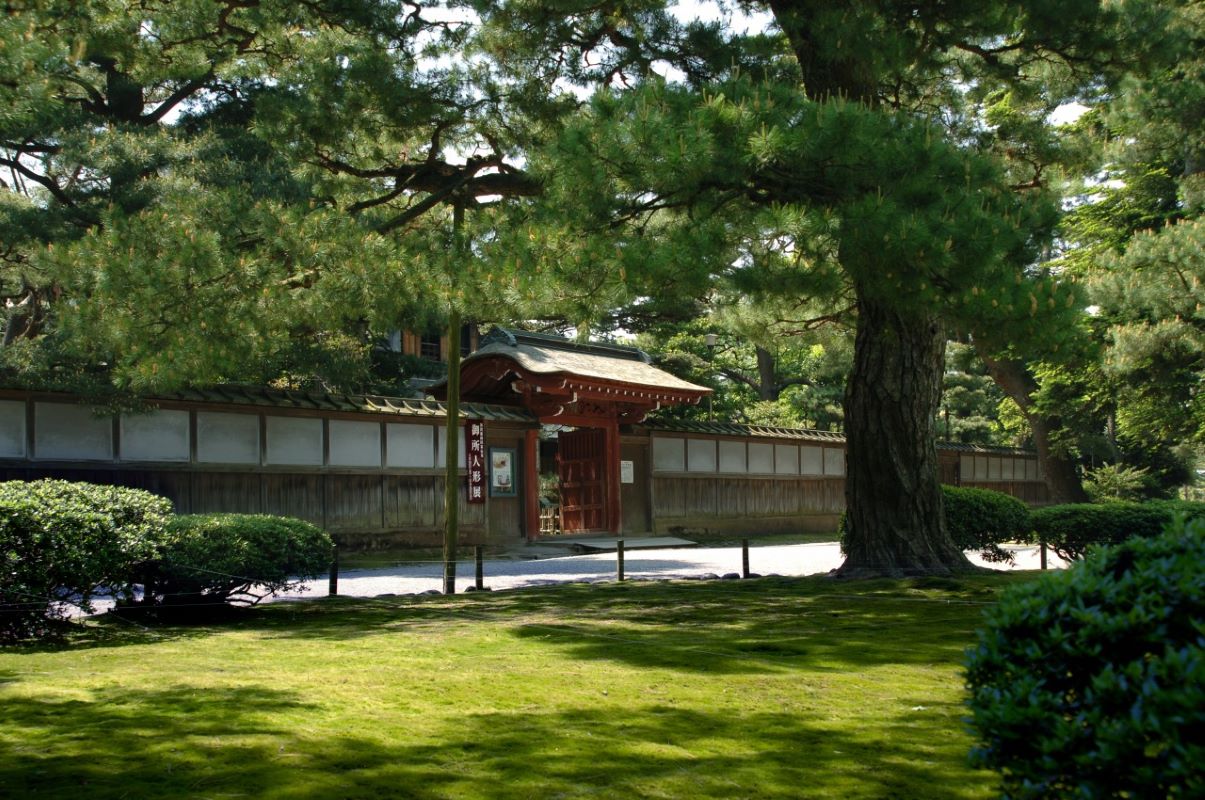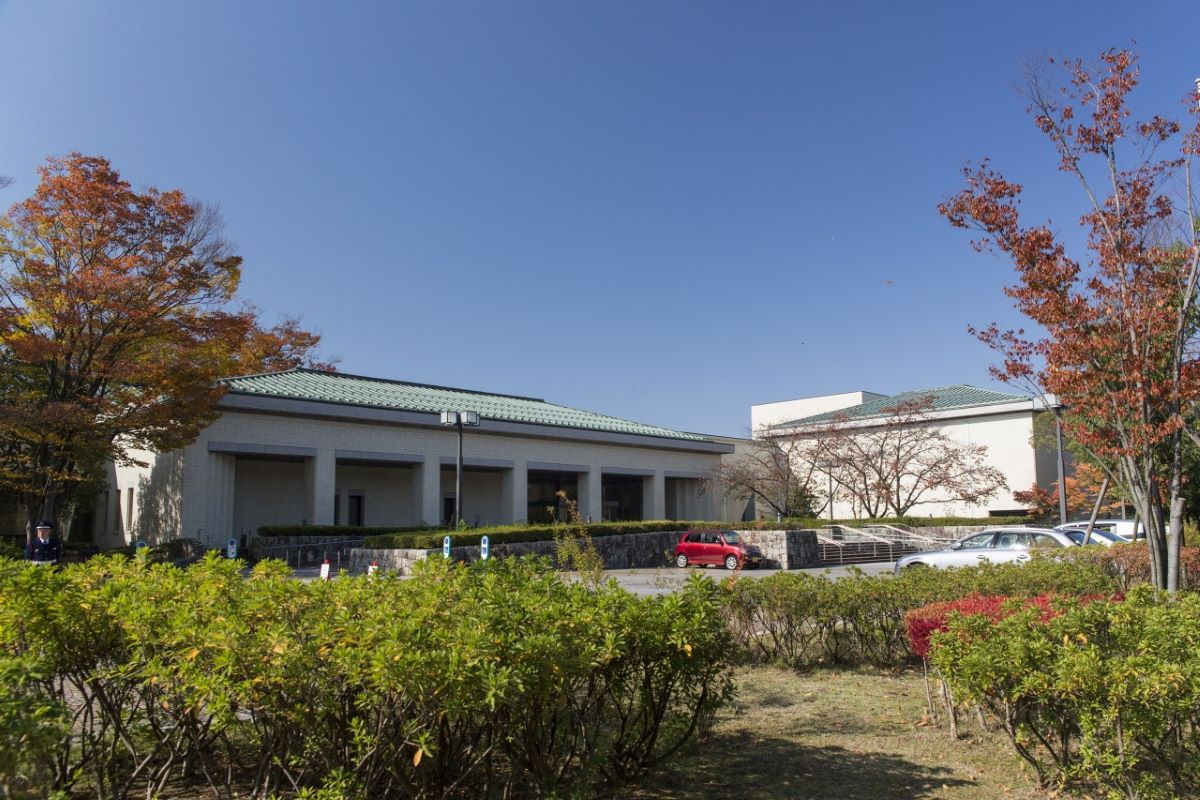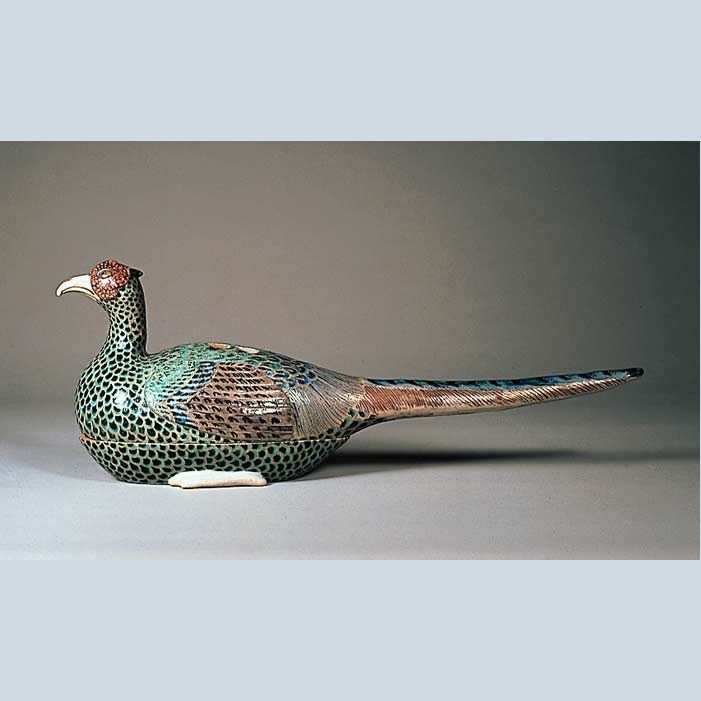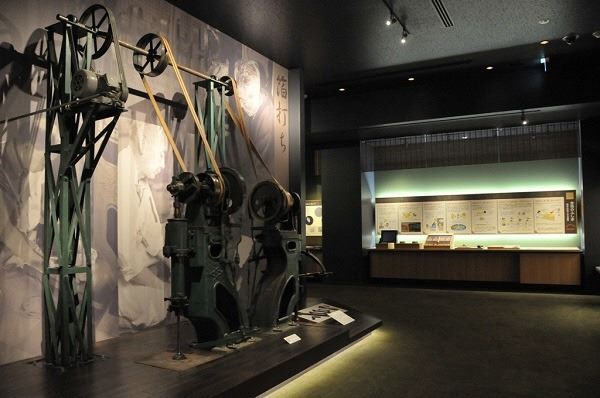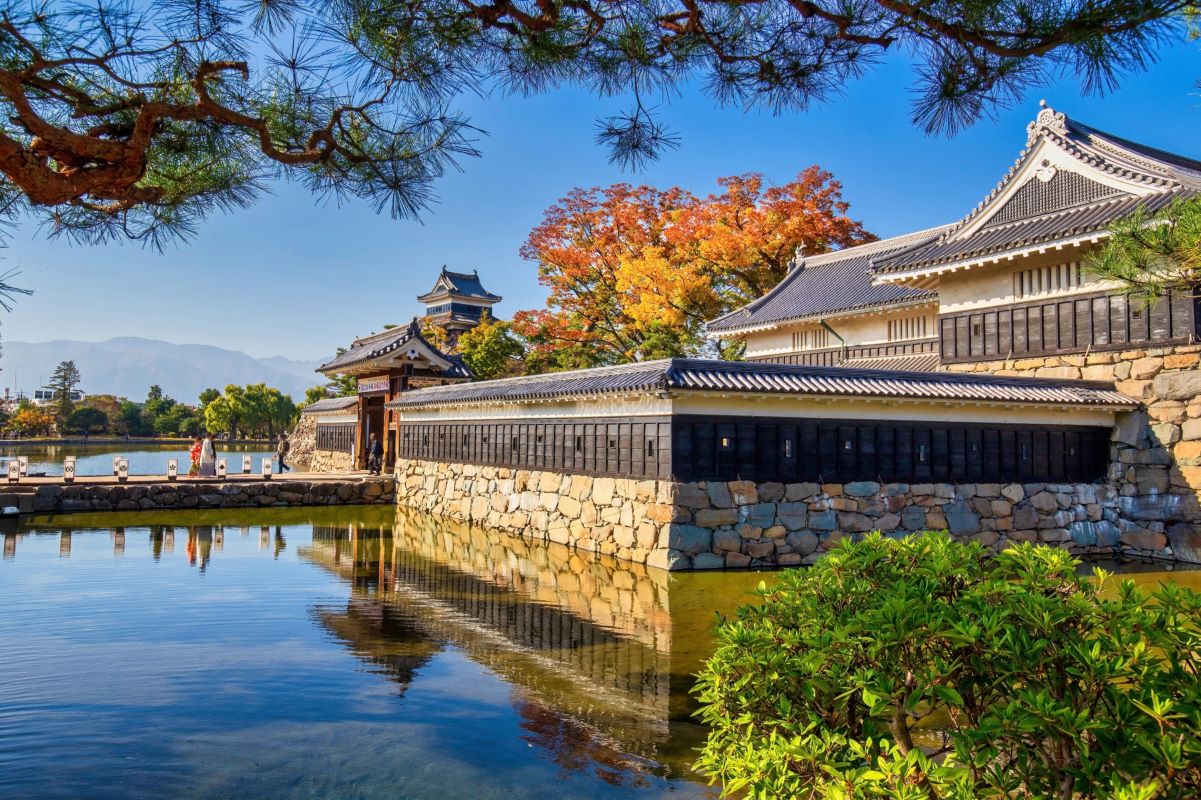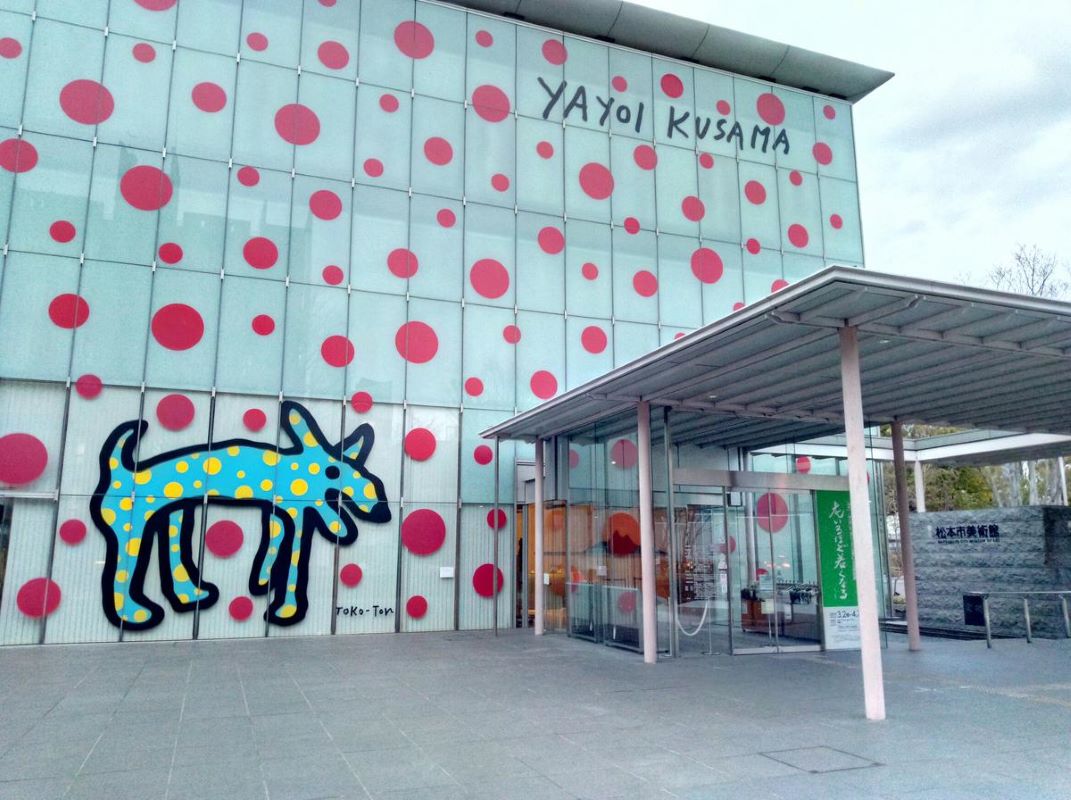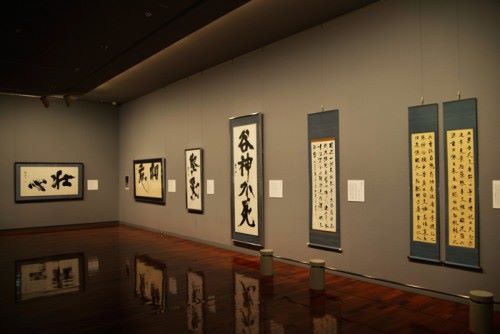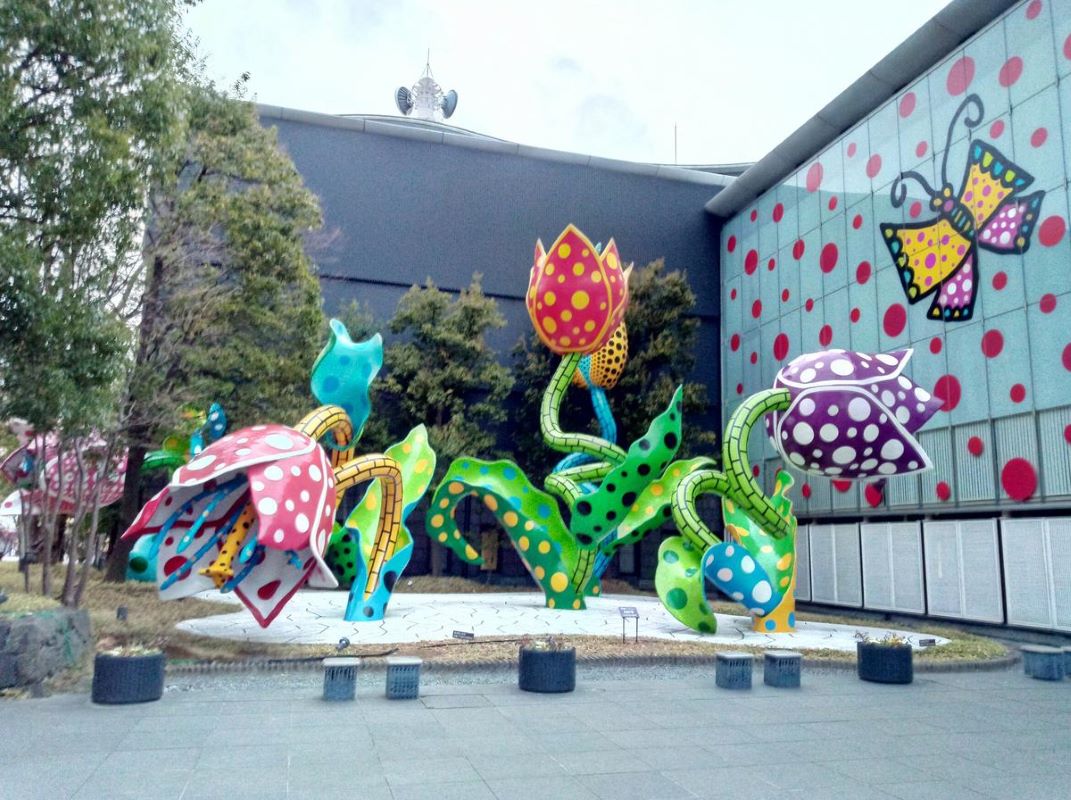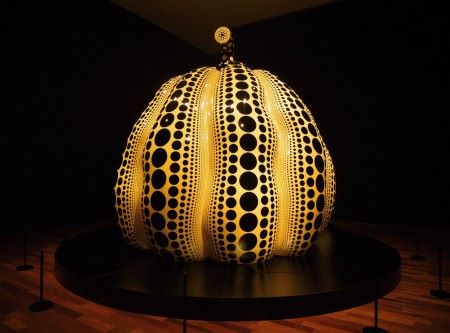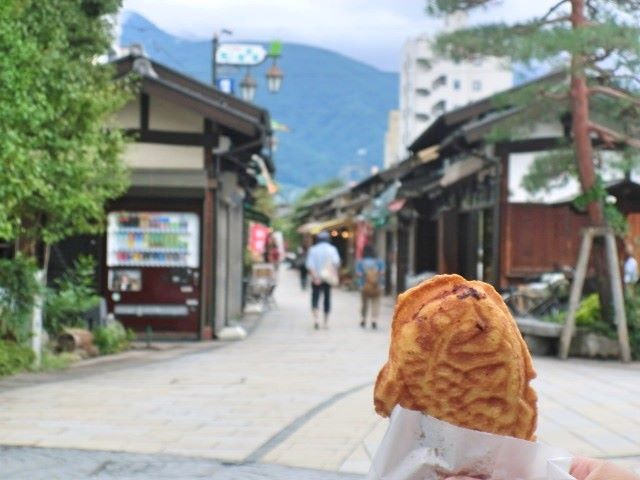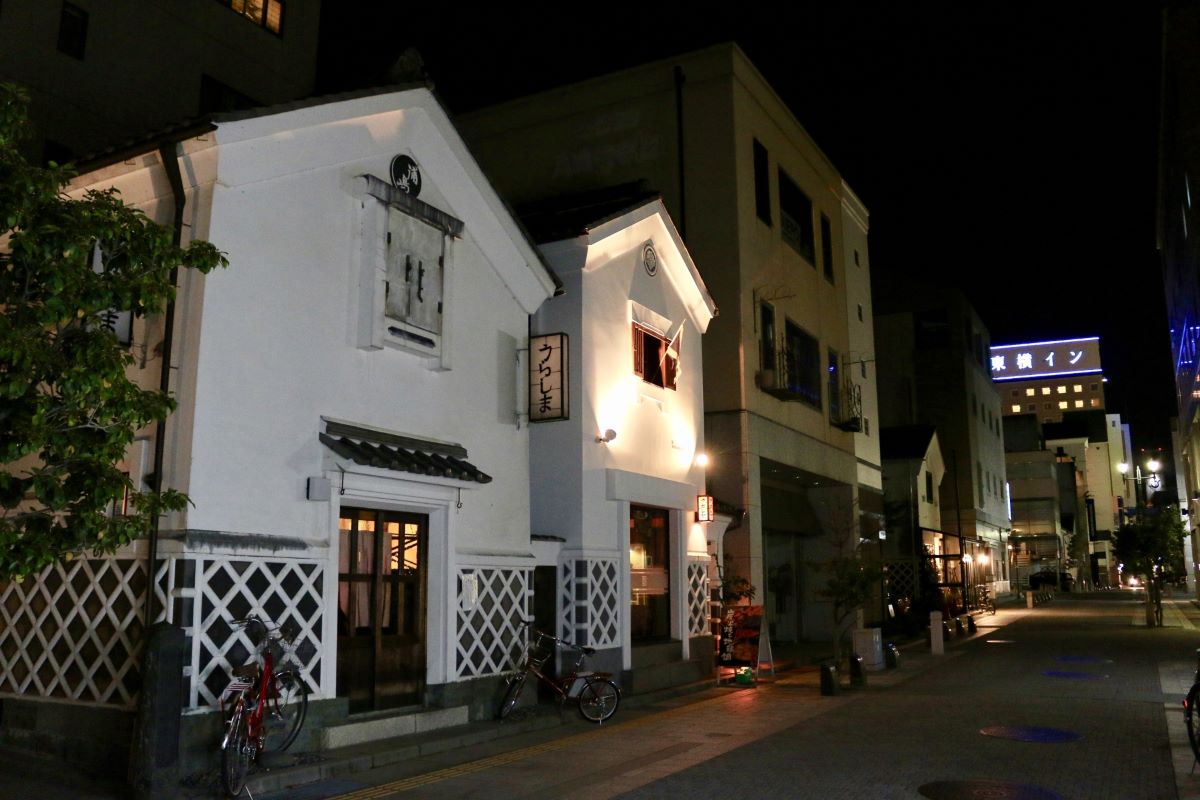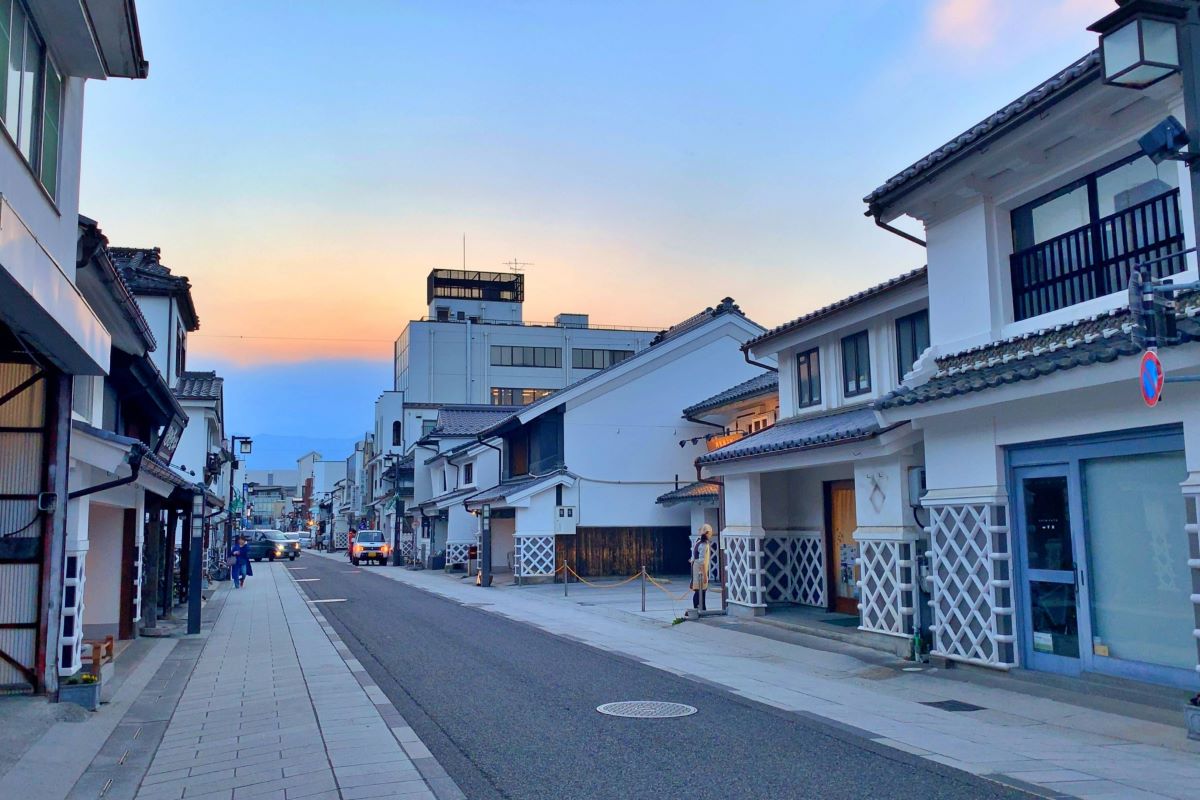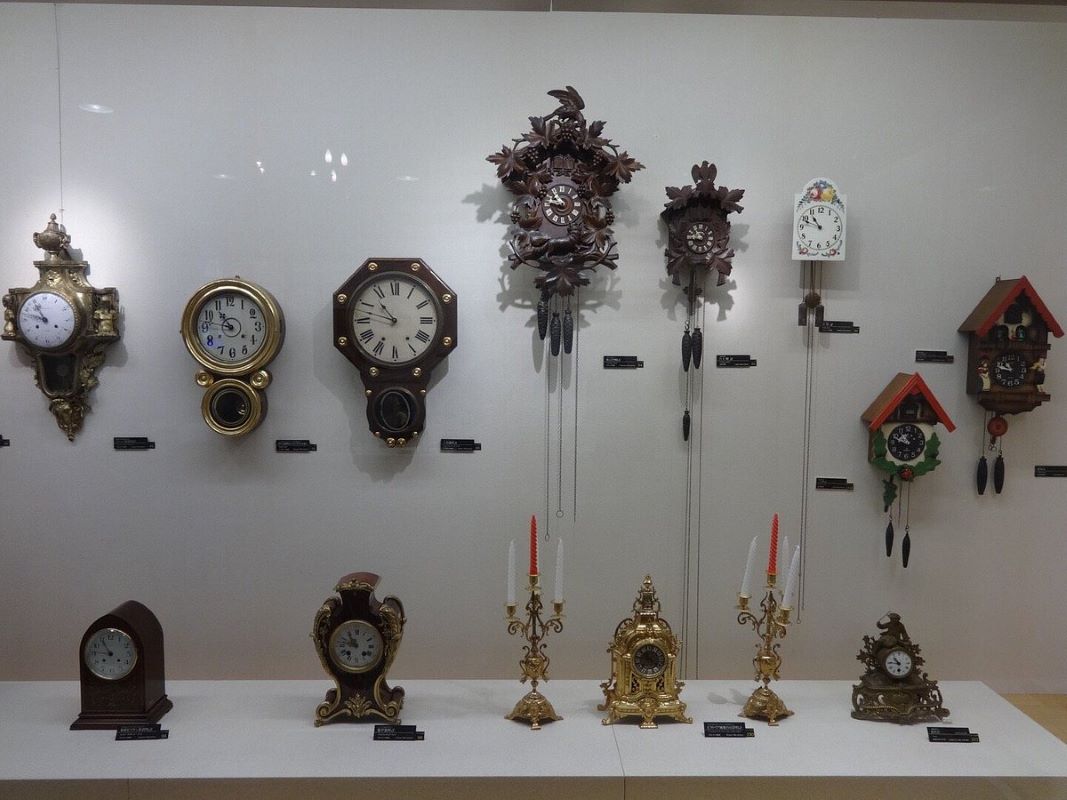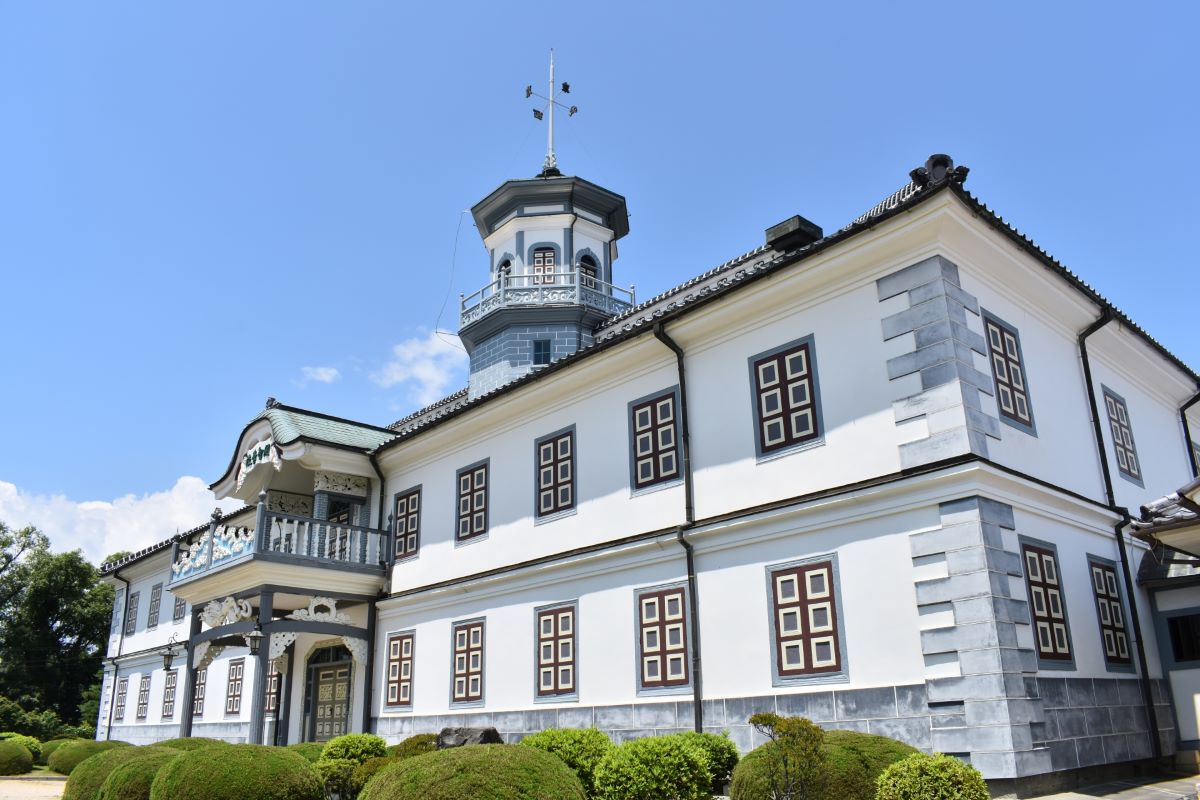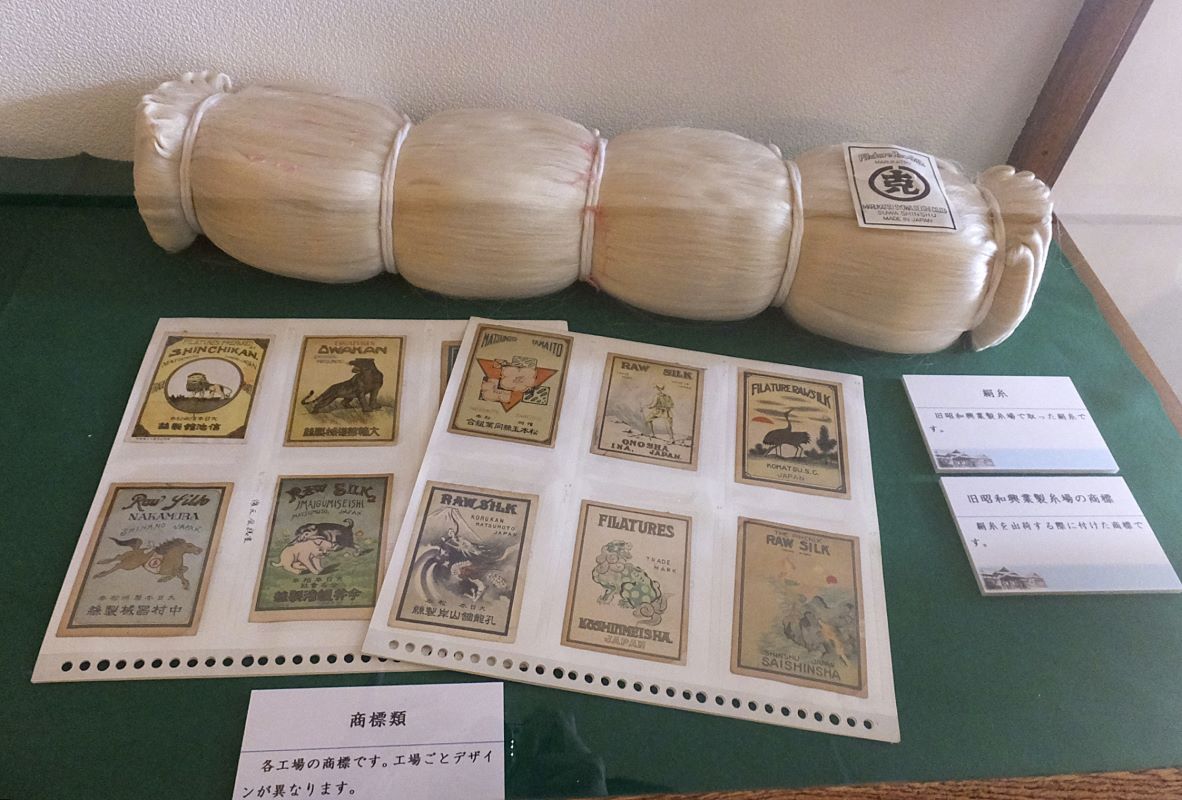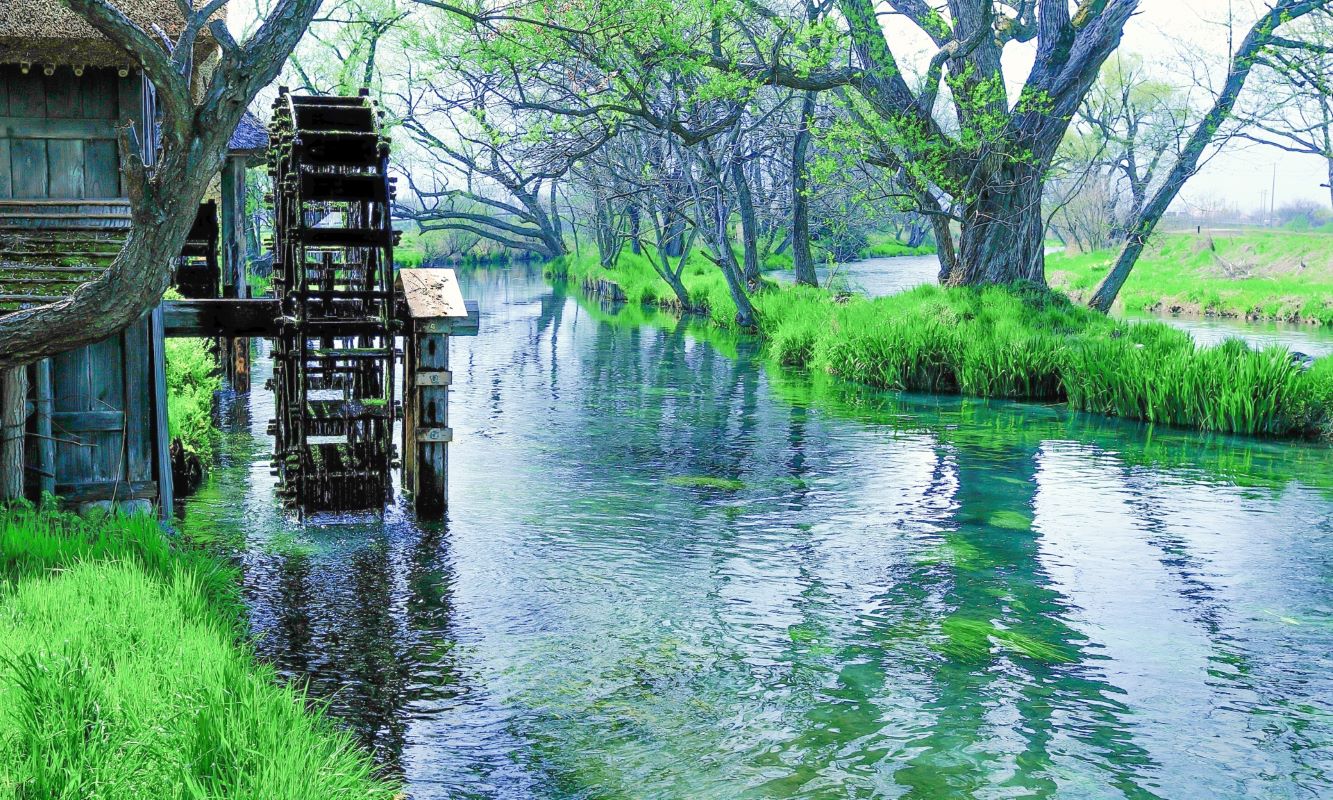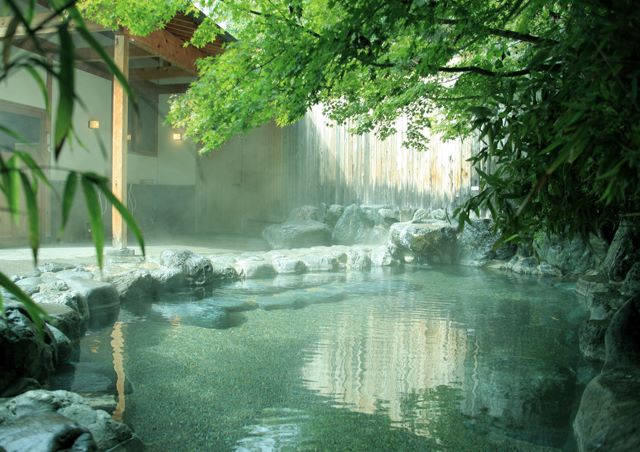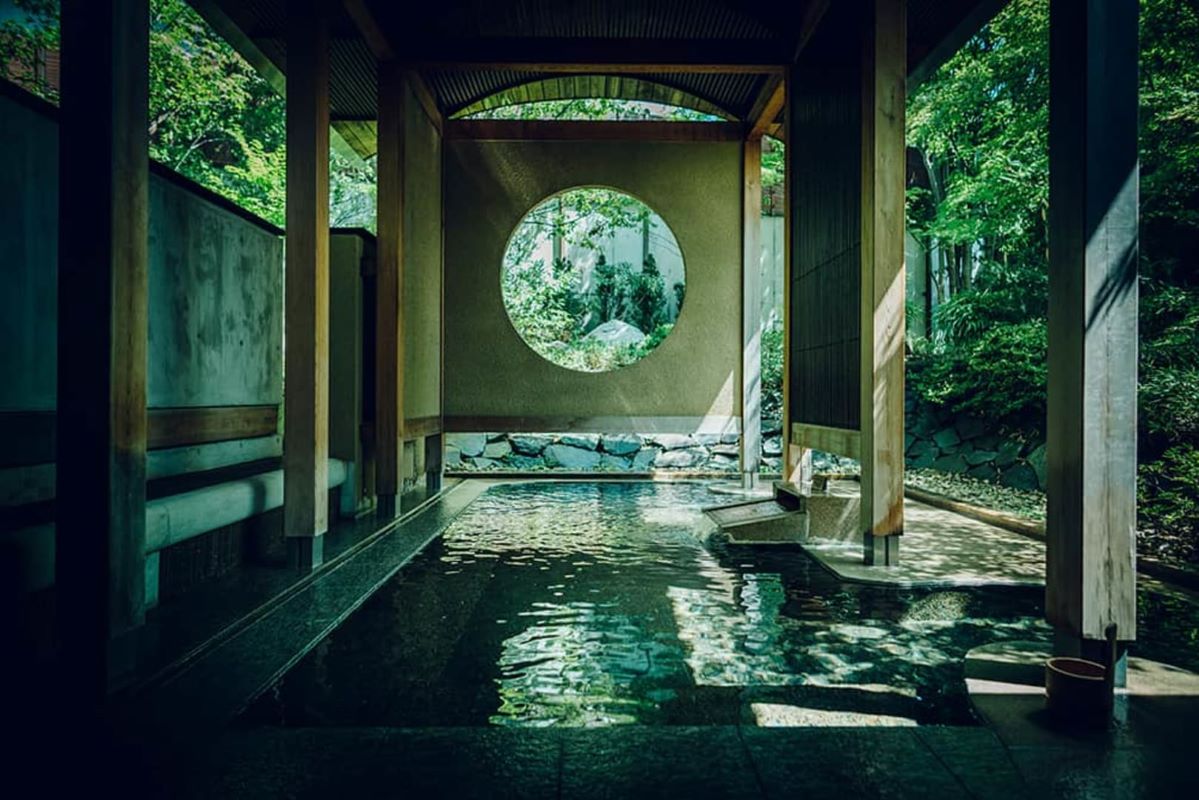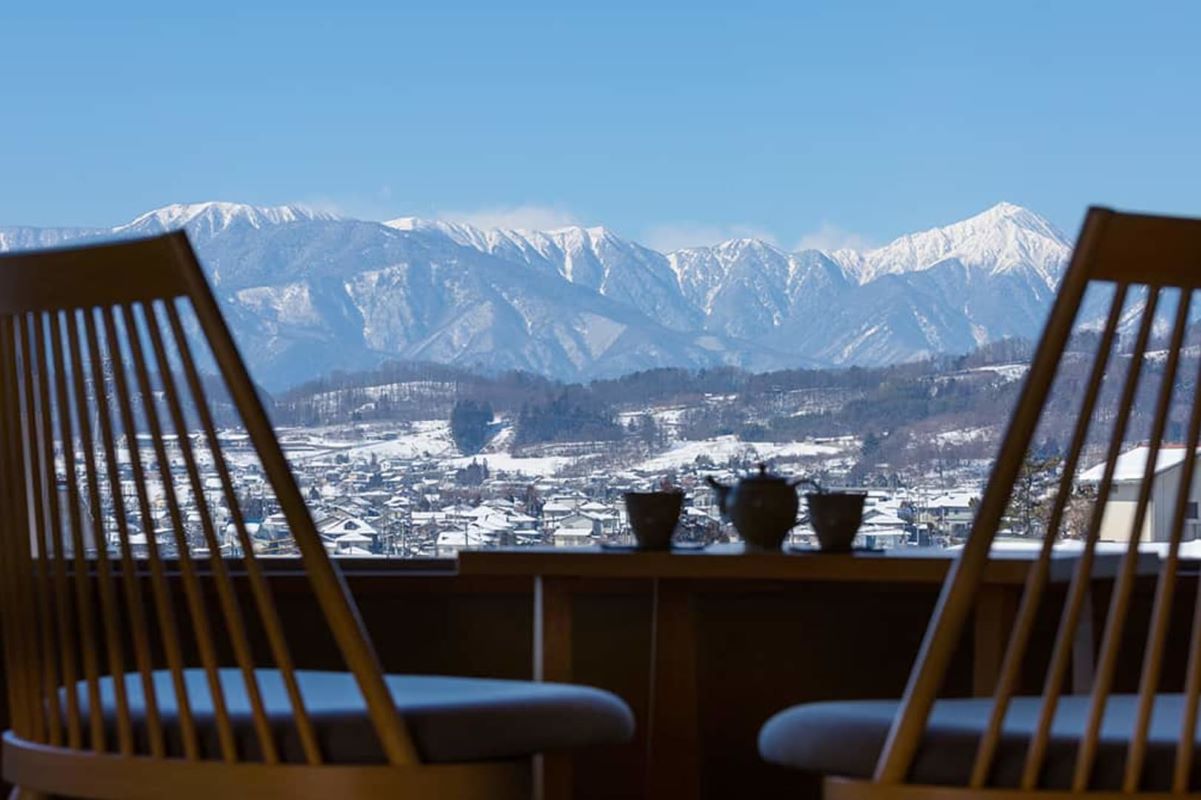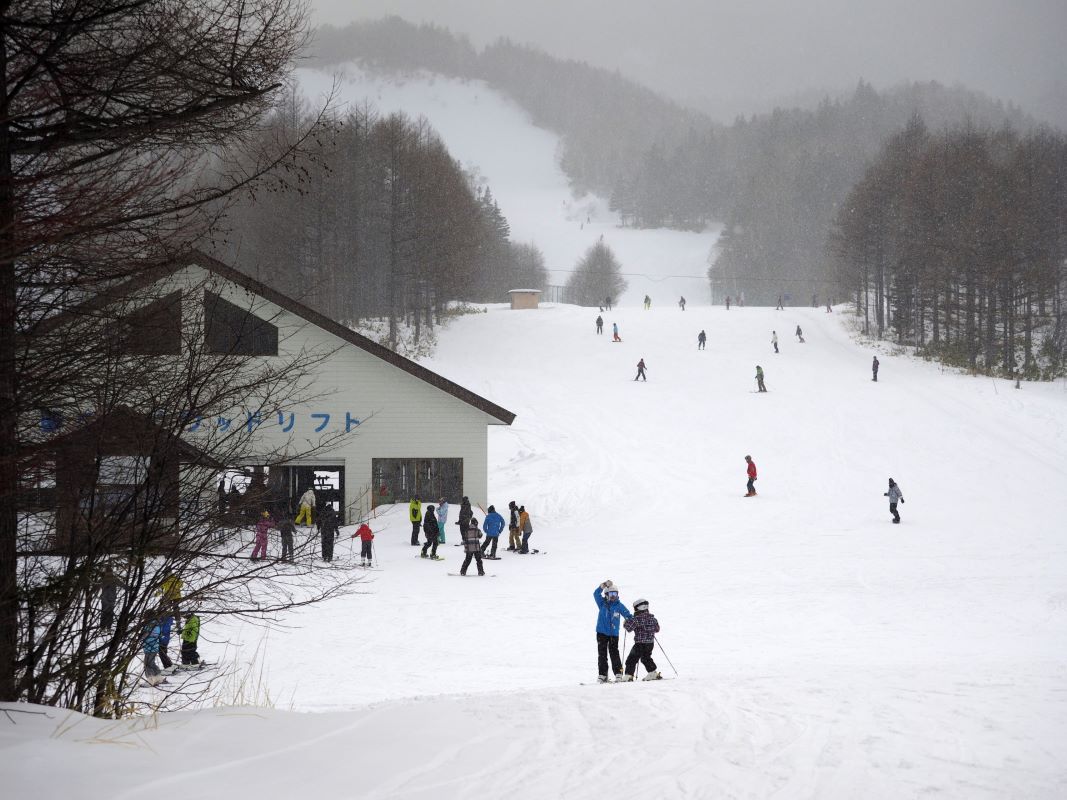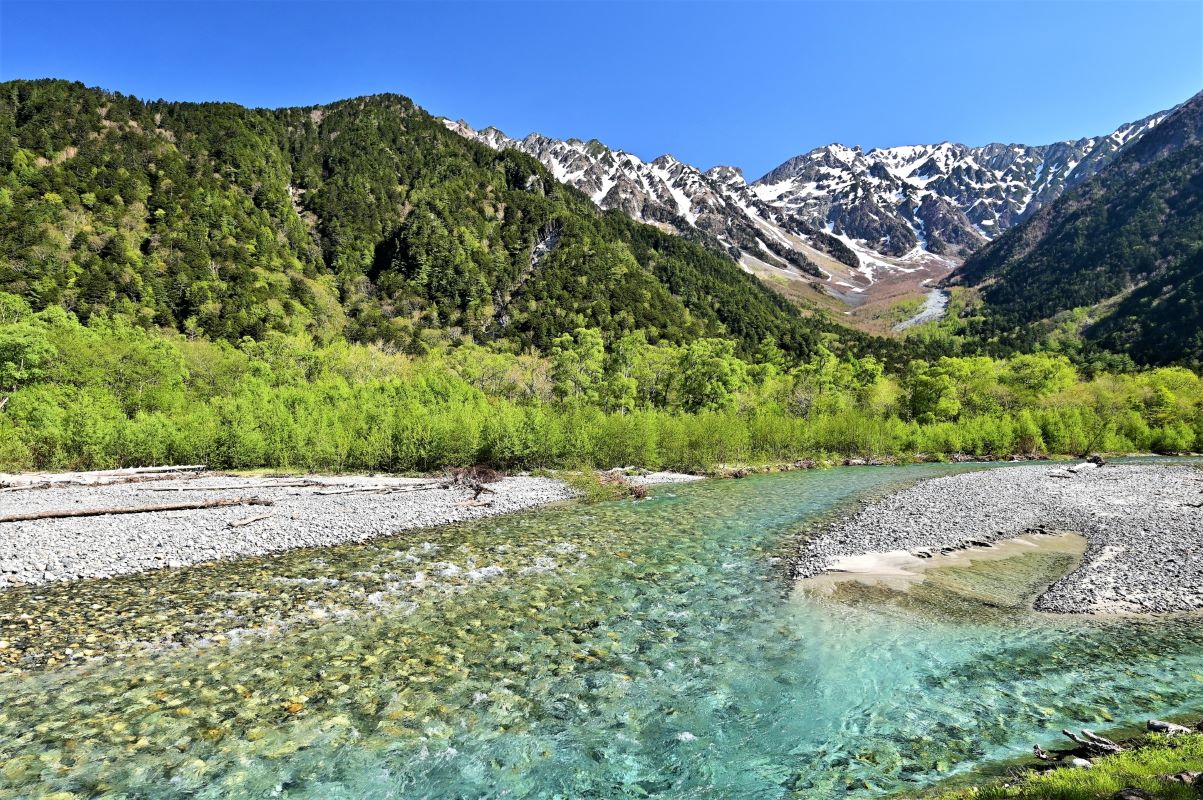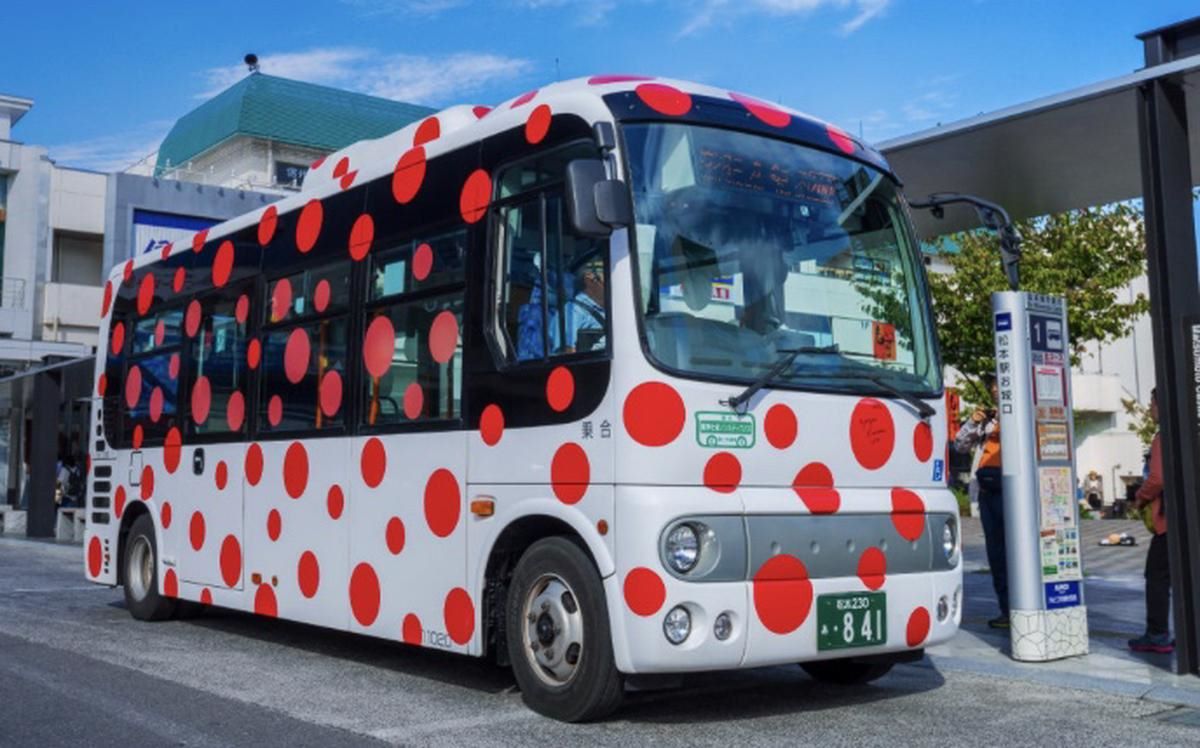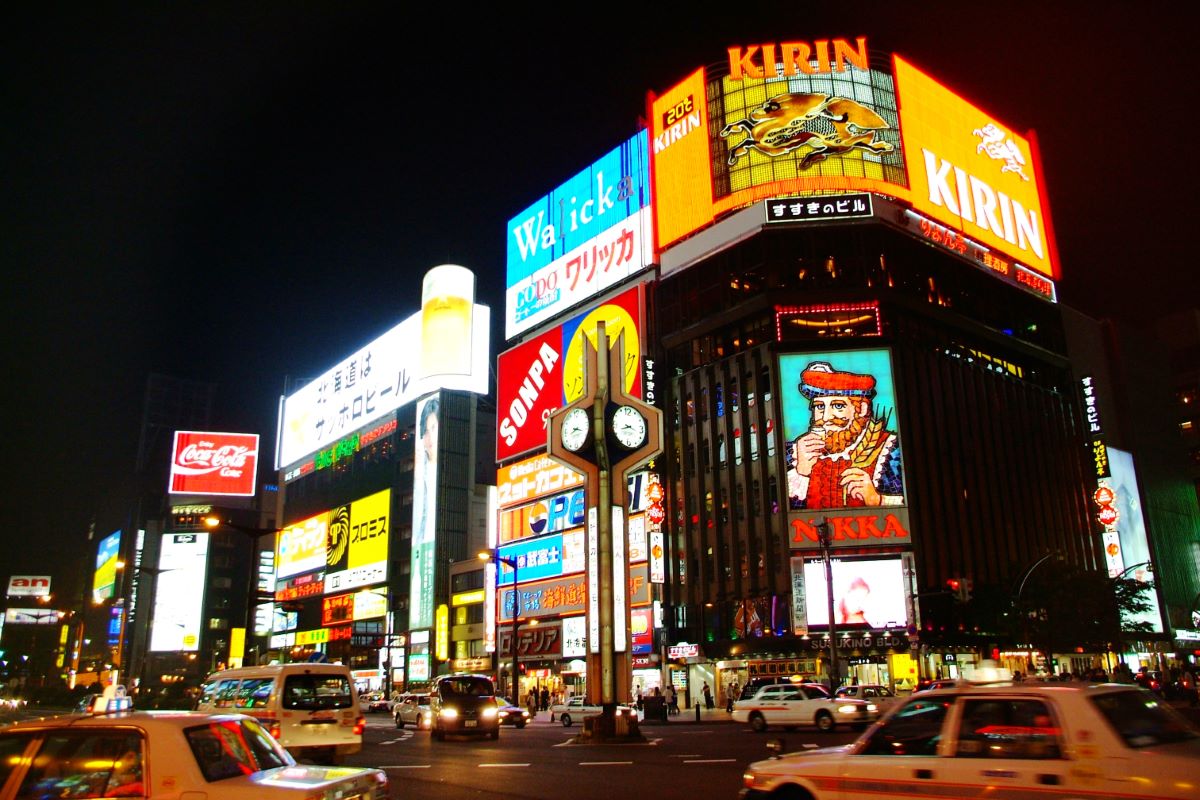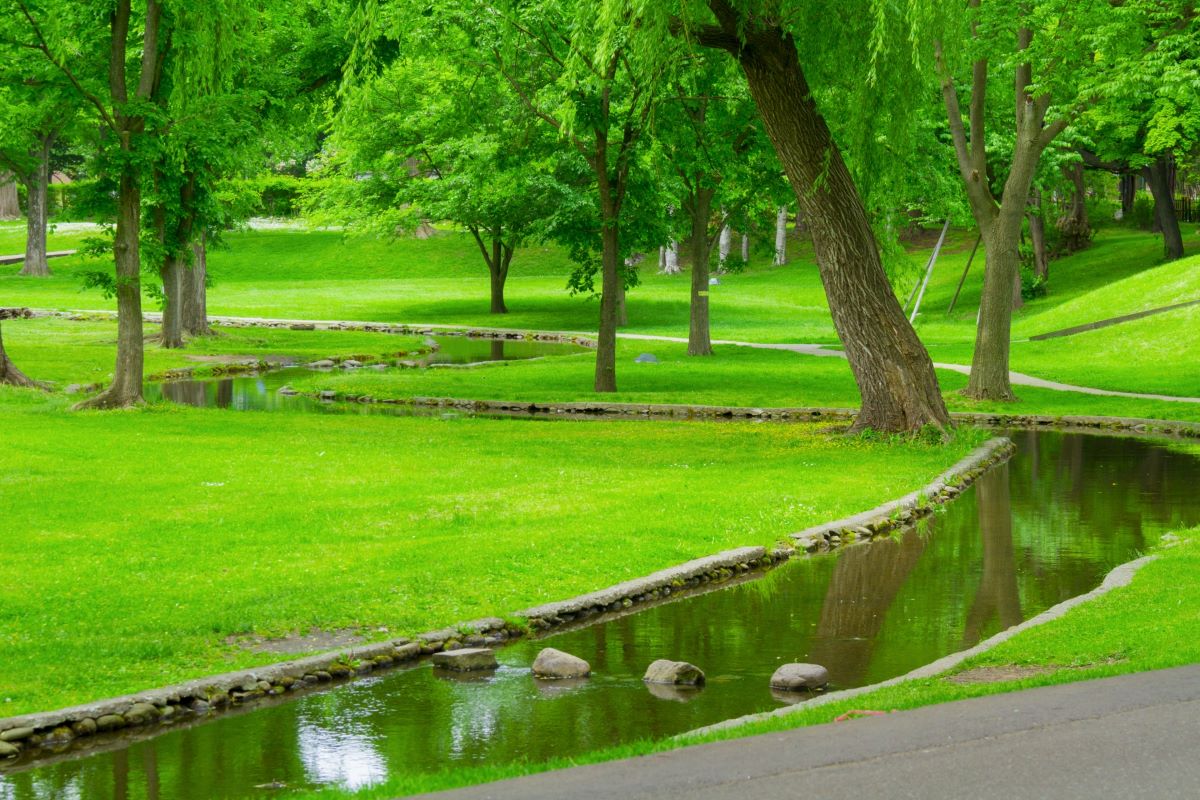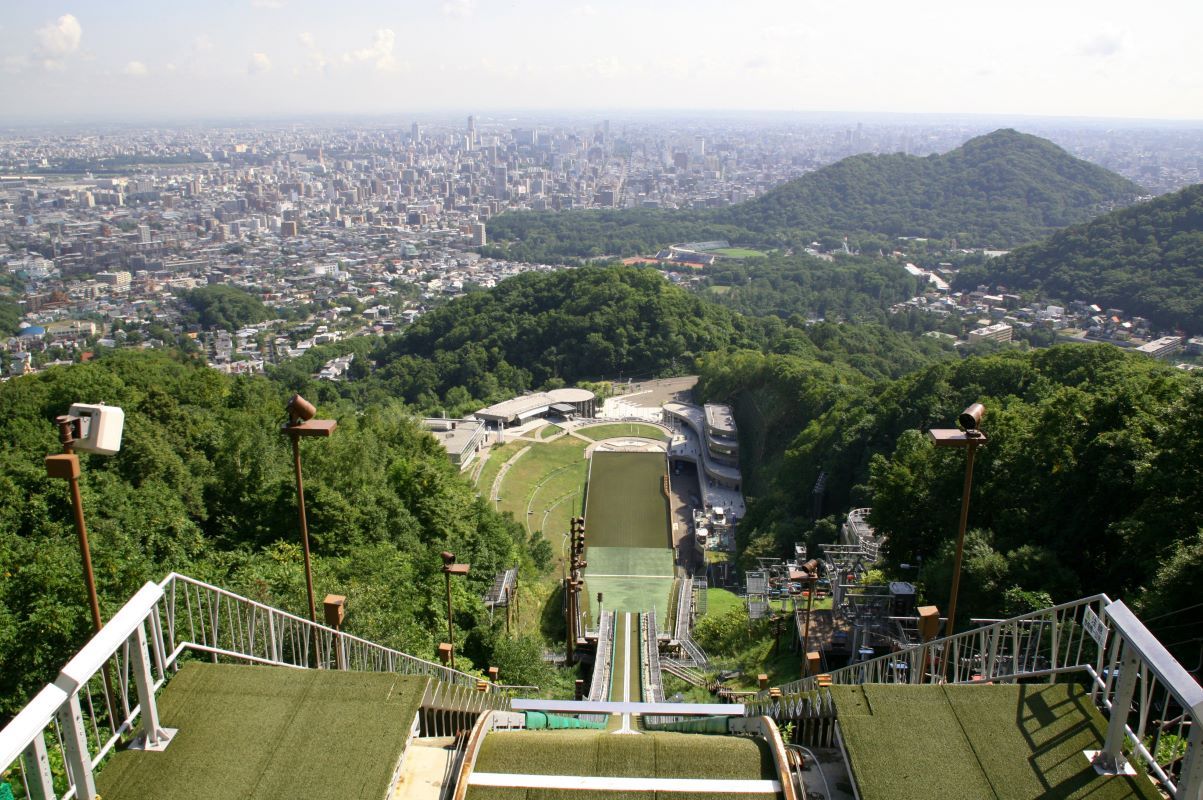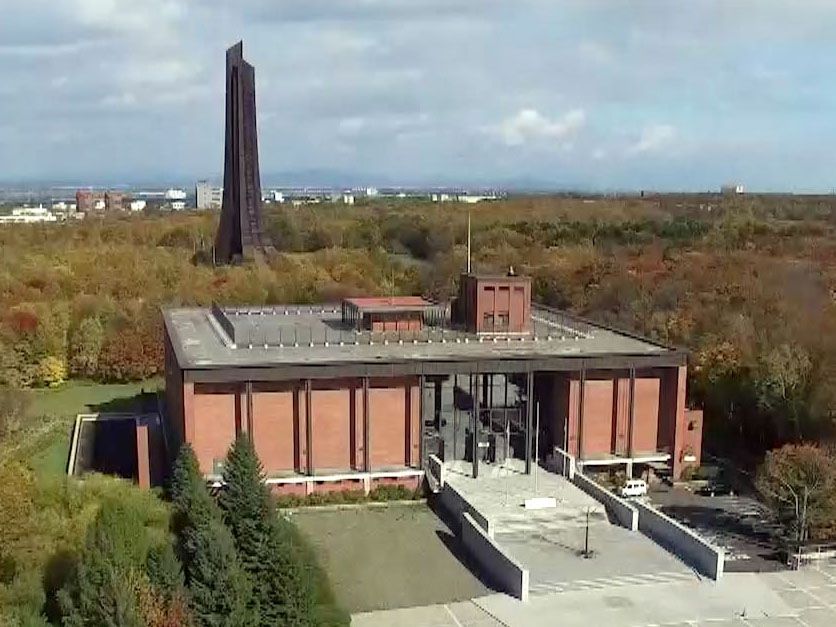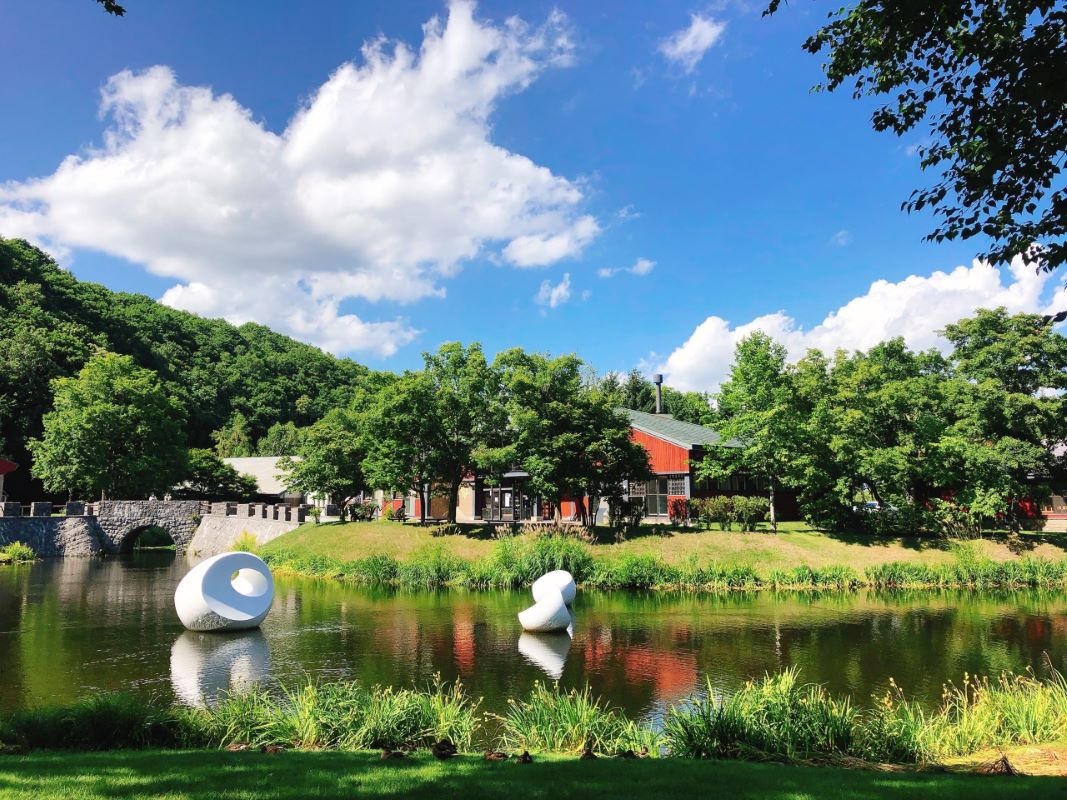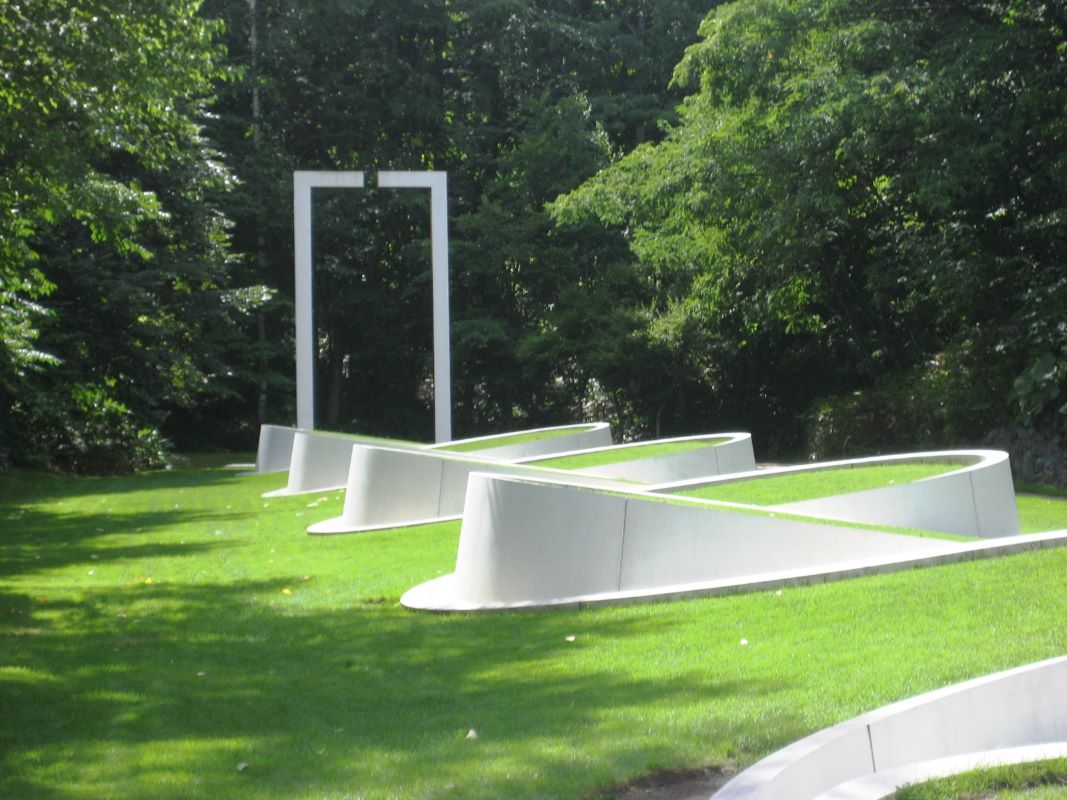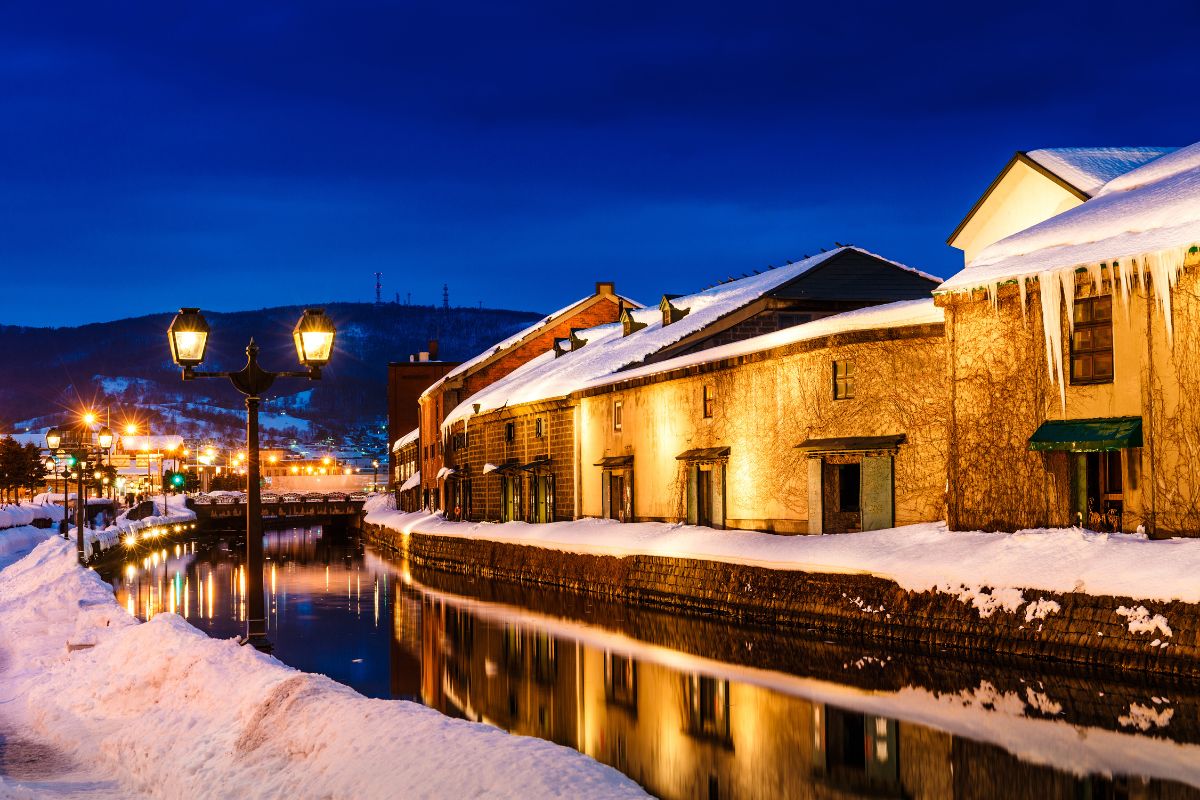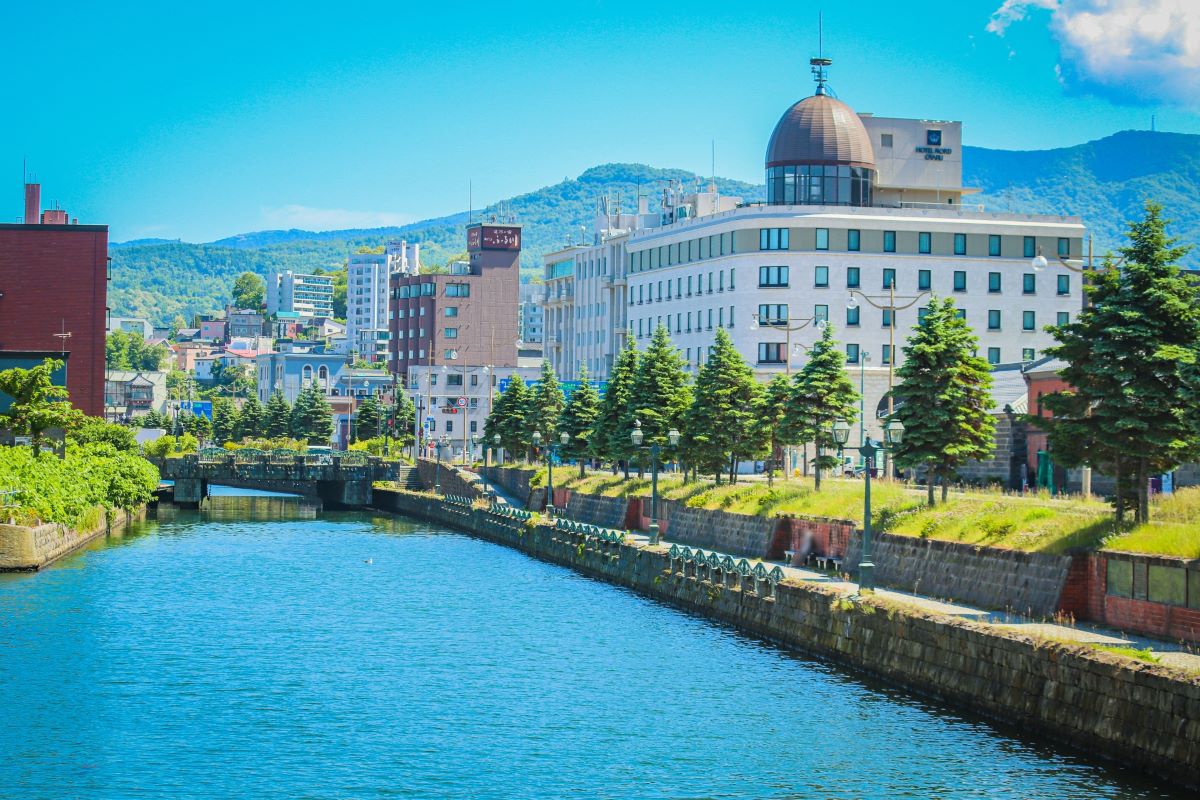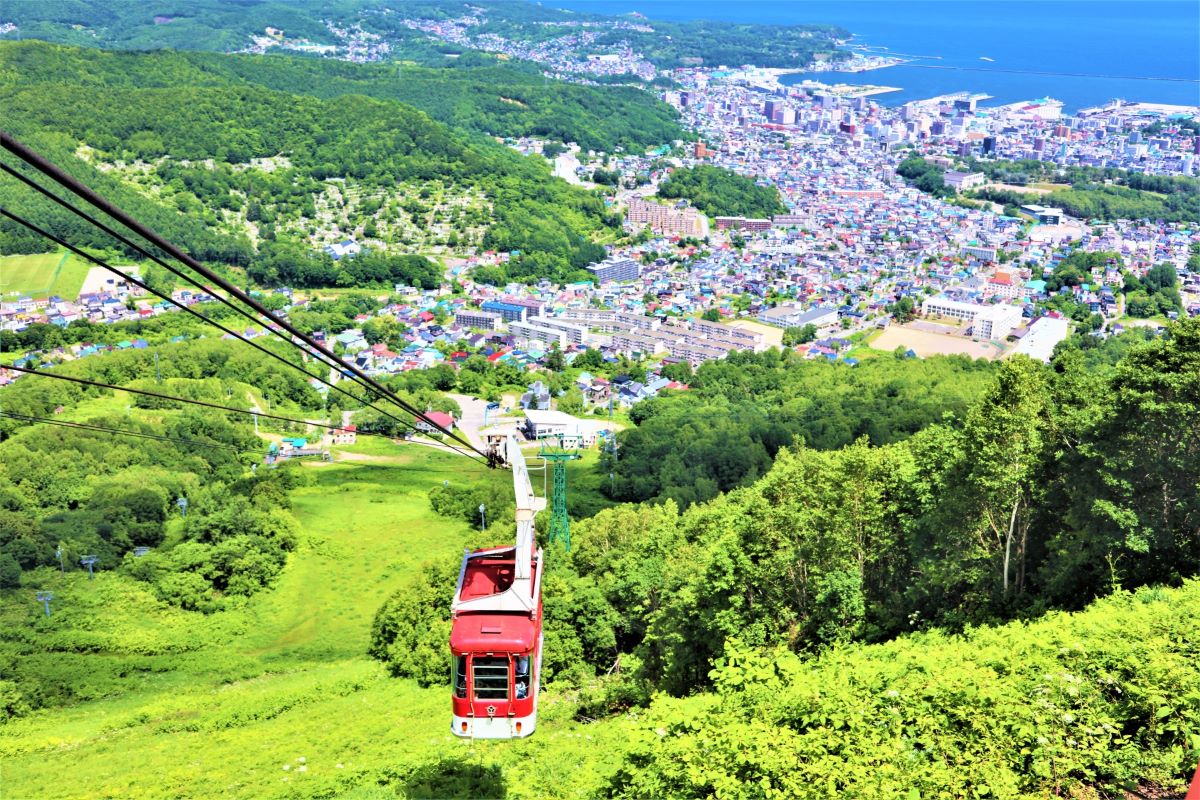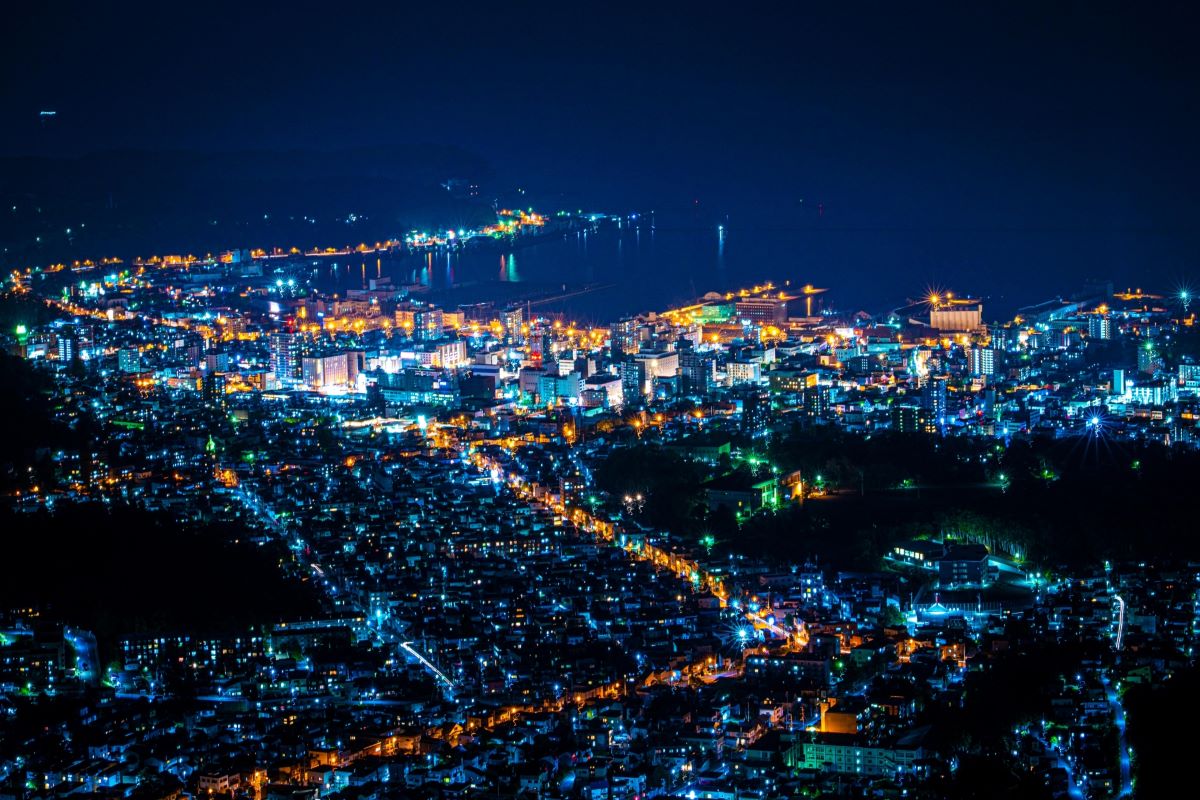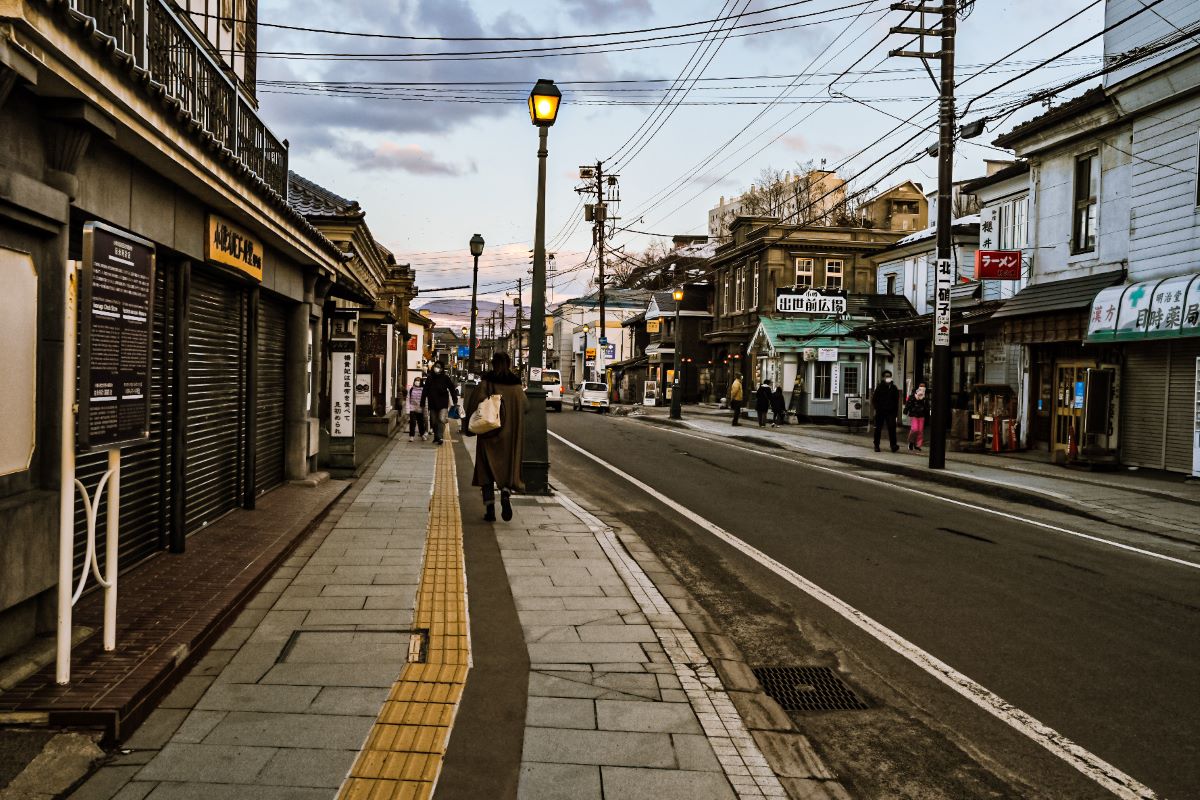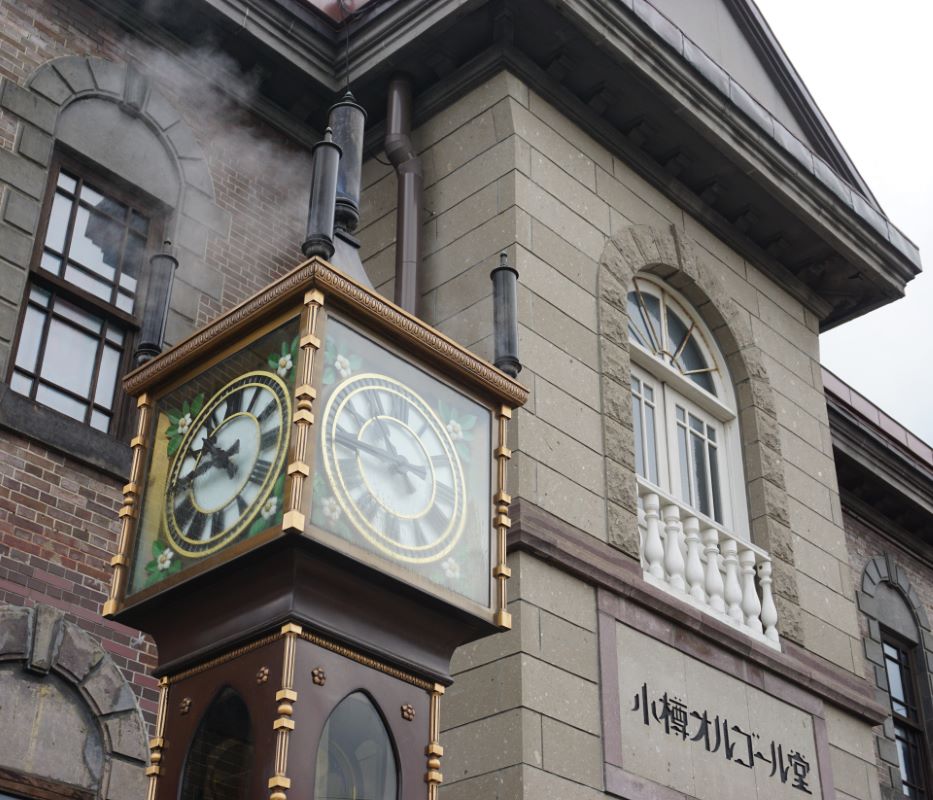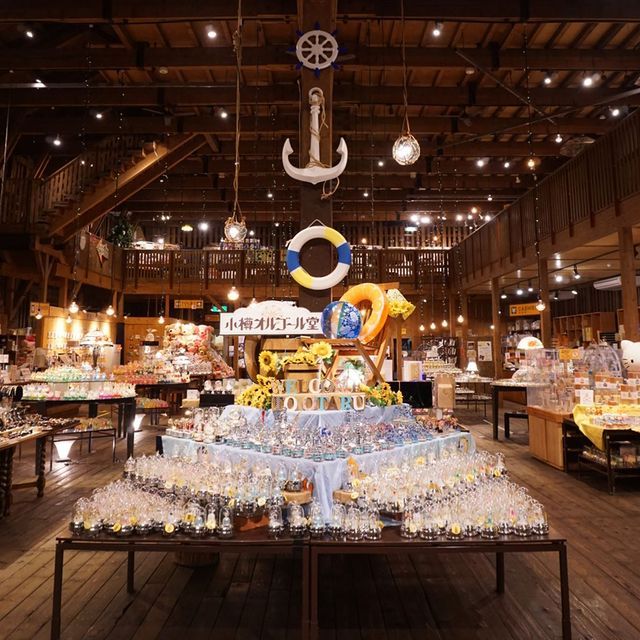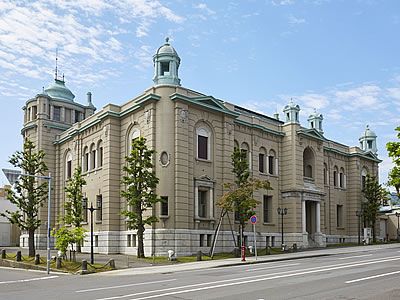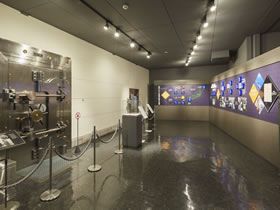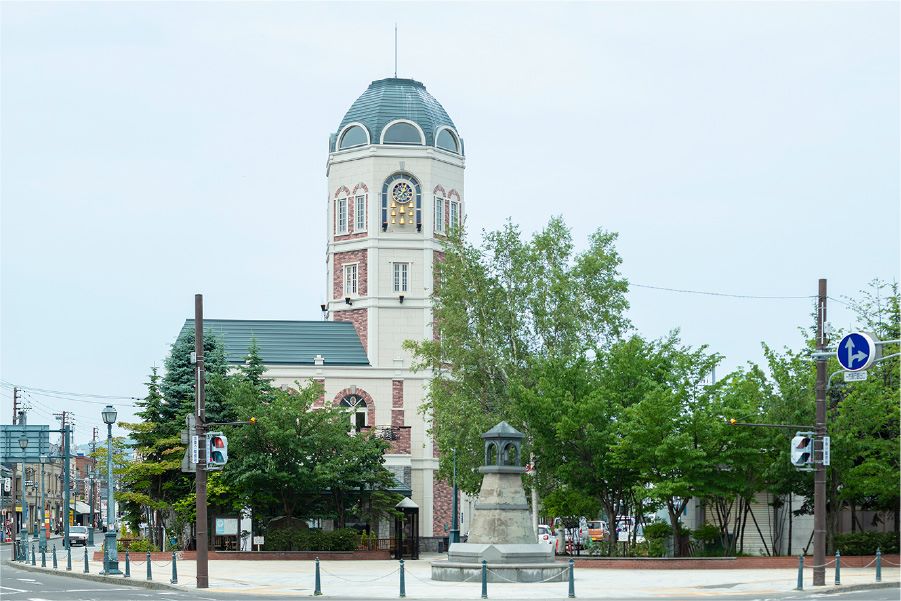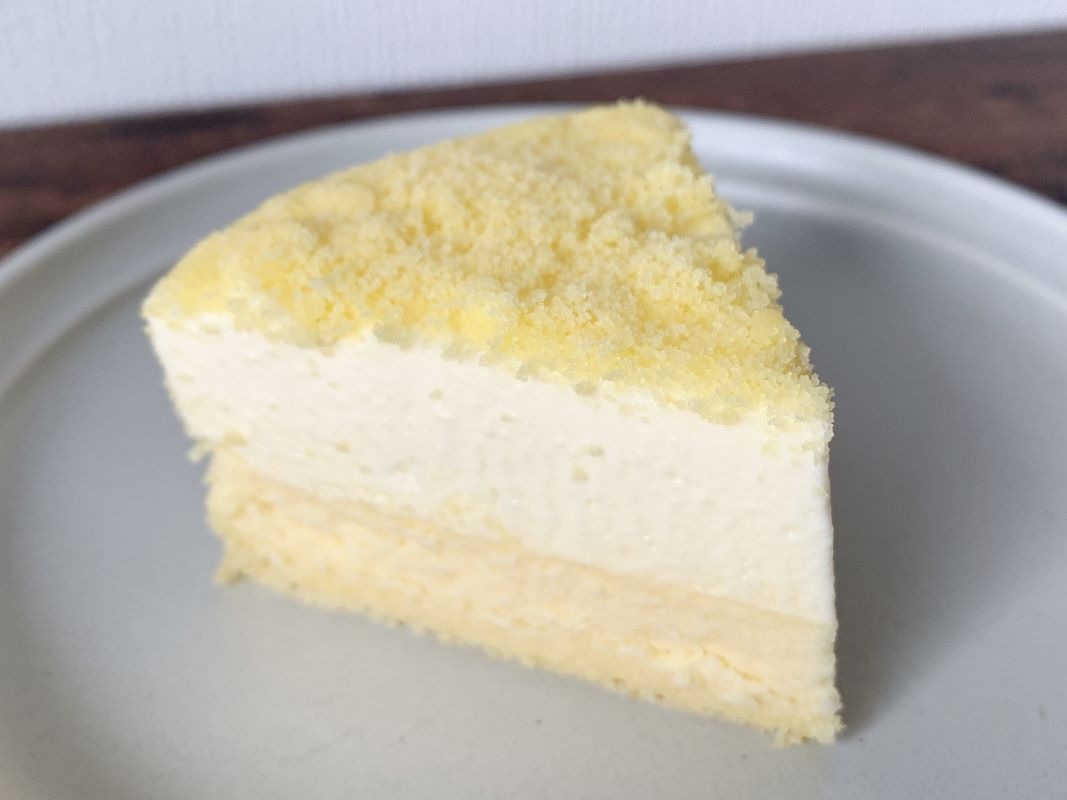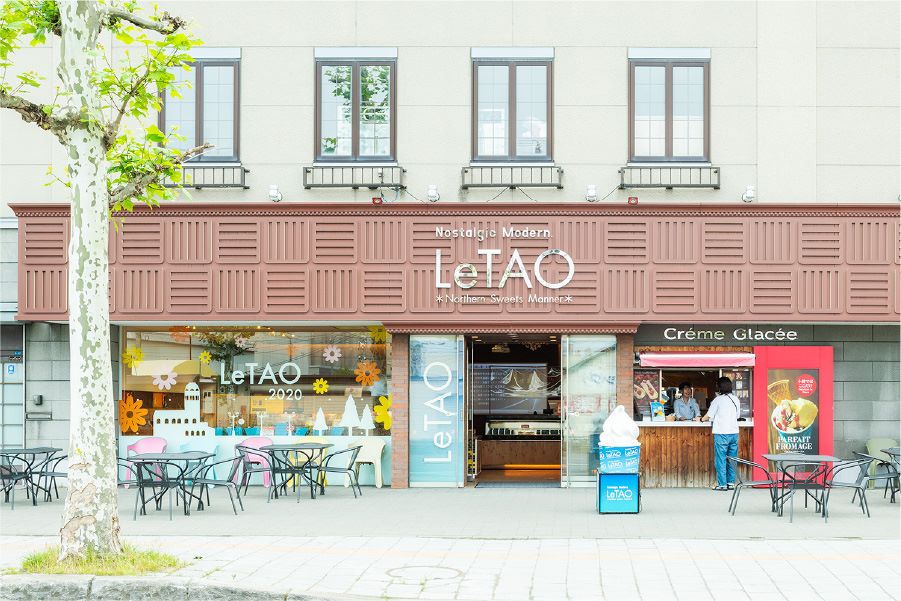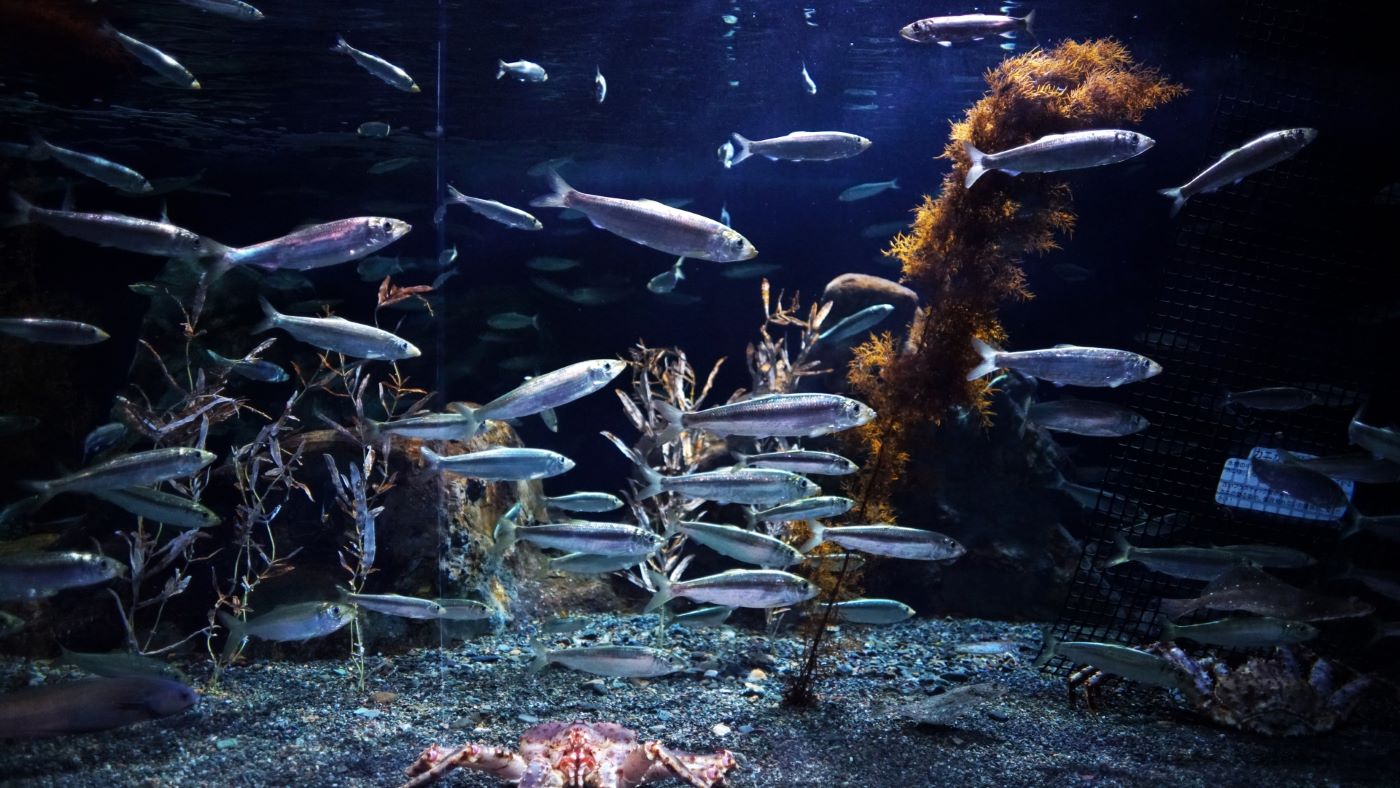Kyoto, the former capital of Japan, is a city that is rich in history, culture, and tradition. It is a place where visitors can experience the beauty of Japanese gardens, marvel at ancient temples and shrines, and immerse themselves in the local culture through various activities.
With so much to see and do, it can be hard to know where to start when planning your trip to Kyoto. However, there are plenty of resources available to help visitors create an itinerary that suits their interests and preferences.
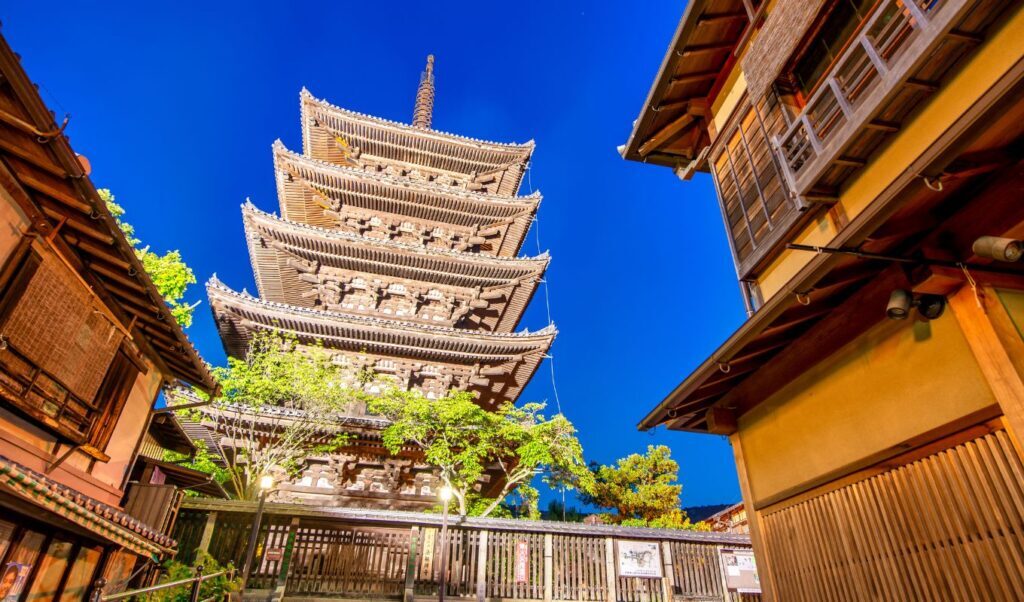
From visiting the iconic Fushimi Inari Shrine to participating in a traditional tea ceremony, Kyoto offers a wide range of activities that cater to all types of travelers.
Whether you are interested in exploring the city’s rich history and culture, trying out local cuisine, or simply enjoying the natural beauty of the surrounding landscape, Kyoto has something to offer everyone. In this article, we will explore some of the best things to do in Kyoto, providing recommendations and insights that will help you make the most of your visit to this fascinating city.
Historical Sites
Kyoto is a city steeped in history, with a rich cultural heritage that dates back centuries. Visitors to Kyoto can explore a wealth of historical sites, each with its own unique story to tell. Here are some of the top historical sites in Kyoto:
Nijo Castle
Nijo Castle is a UNESCO World Heritage Site located in central Kyoto. Built in the early 17th century, the castle was the residence of the Tokugawa shoguns during their visits to Kyoto. The castle is known for its stunning architecture, including intricate carvings and paintings on the sliding doors and walls. Visitors can explore the castle’s many rooms and gardens, including the Ninomaru Palace, which was used for official ceremonies and receptions.
Kyoto Imperial Palace
The Kyoto Imperial Palace is the former residence of the Emperor of Japan. Built in the late 19th century, the palace is a fine example of traditional Japanese architecture. Visitors can explore the palace’s many rooms and gardens, including the Shishinden Hall, which was used for important ceremonies and receptions.
Fushimi Inari-taisha Shrine
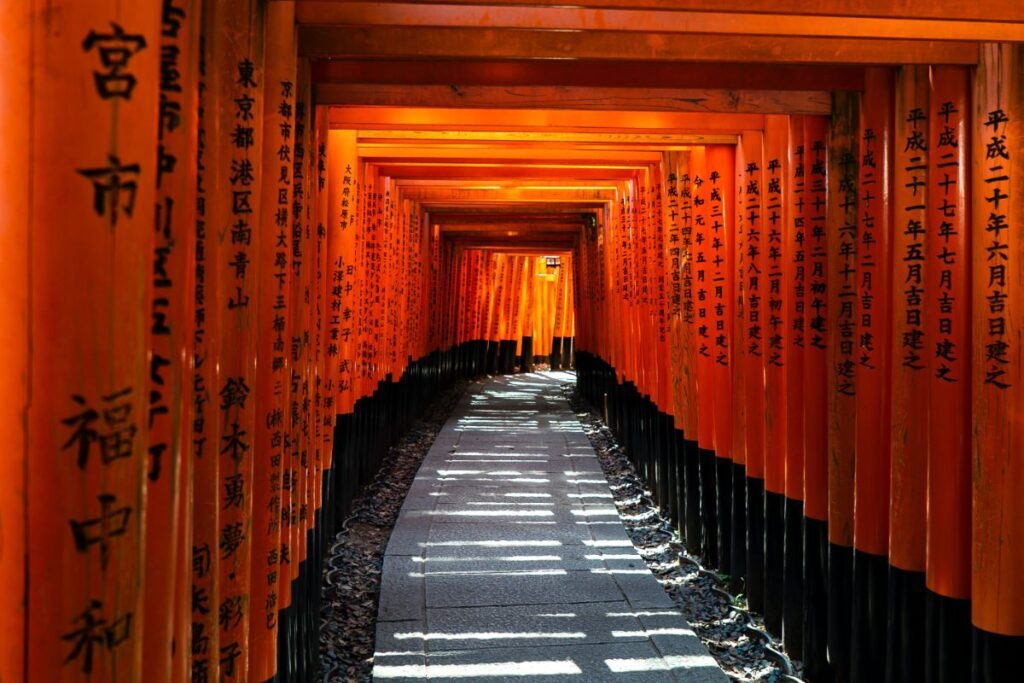
The Fushimi Inari-taisha Shrine is one of the most popular tourist attractions in Kyoto. The shrine is dedicated to Inari, the Shinto god of rice and prosperity. Visitors can explore the shrine’s many buildings and torii gates, which wind their way up the mountain behind the shrine. The shrine is particularly famous for its thousands of vermilion torii gates, which create a stunning visual spectacle.
Kiyomizu-dera Temple
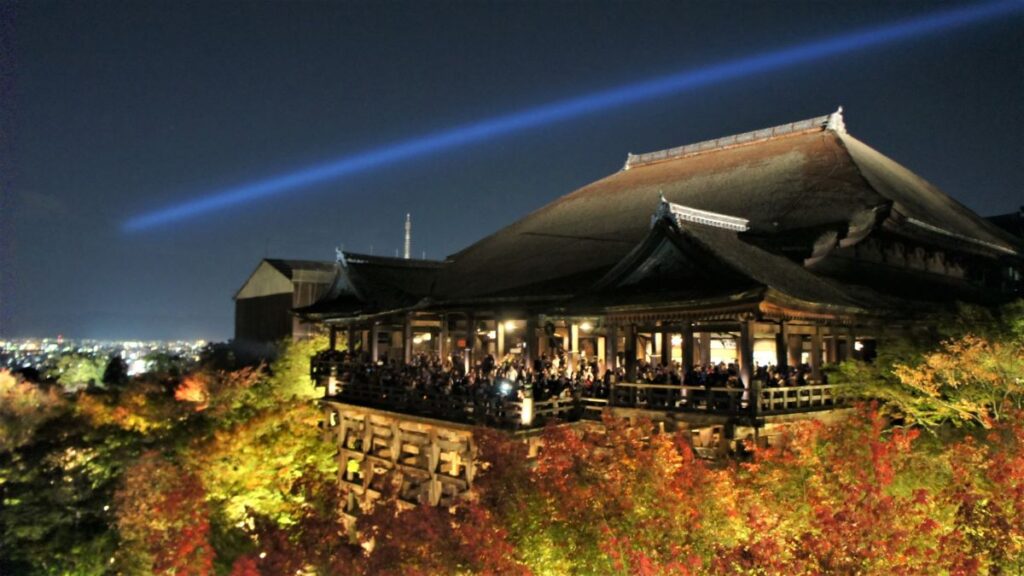
The Kiyomizu-dera Temple is a UNESCO World Heritage Site located in eastern Kyoto. Built in the early 8th century, the temple is known for its stunning architecture and beautiful views of the city. Visitors can explore the temple’s many buildings and gardens, including the main hall, which is built on stilts and offers panoramic views of Kyoto.
To-ji Temple
The To-ji Temple is a UNESCO World Heritage Site located in southern Kyoto. Built in the early 9th century, the temple is known for its stunning pagoda, which stands over 50 meters tall. Visitors can explore the temple’s many buildings and gardens, including the pagoda, which offers panoramic views of the city.
These are just a few of the many historical sites that Kyoto has to offer. Visitors to Kyoto can immerse themselves in the city’s rich cultural heritage and explore its many fascinating historical landmarks.
Cultural Experiences
When it comes to cultural experiences, Kyoto has a lot to offer. From traditional tea ceremonies to pottery making, there are plenty of ways to immerse yourself in Japanese culture. Here are a few options:
Matcha-Tea Making Experience
One popular activity is the Matcha-Tea Making Experience. This is a great way to learn about and participate in the traditional Japanese tea ceremony. You will learn how to properly prepare matcha tea and enjoy it with some traditional Japanese sweets. Live Japan Perfect Guide provides a great list of places where you can book this experience in Kyoto.
Kyoto Kimono Experience
Another popular cultural experience is trying on a traditional Japanese kimono. This is a great way to experience Japanese culture firsthand and get some amazing photos. Kyoto has many places where you can rent a kimono for the day and explore the city dressed in traditional attire. Sharing Kyoto provides a great list of places to rent kimonos in Kyoto.
Calligraphy and Ikebana Classes
Maikoya Kyoto offers a variety of traditional Japanese cultural activities, including calligraphy and ikebana classes. Calligraphy is the art of writing Japanese characters with a brush and ink, while ikebana is the art of flower arrangement. These classes are a great way to learn about and participate in traditional Japanese arts. (source)
These are just a few of the many cultural experiences available in Kyoto. Whether you’re interested in tea ceremonies, pottery making, or traditional arts, Kyoto has something for everyone.
Nature and Parks in Kyoto
Kyoto is known for its rich cultural heritage, but it also boasts several nature parks that offer a refreshing break from the city’s hustle and bustle. Here are some of the best nature and parks in Kyoto:
Monkey Park Iwatayama
Located in the Arashiyama district, Monkey Park Iwatayama is a popular attraction for animal lovers. Visitors can hike up to the top of the mountain and feed the monkeys that roam freely in the park. The park offers stunning views of Kyoto city and the surrounding mountains.
According to TripAdvisor, Monkey Park Iwatayama is one of the top-rated nature and parks in Kyoto.
Nanzen-ji Temple
Nanzen-ji Temple is a Zen temple located in the Higashiyama district of Kyoto. It is surrounded by a beautiful garden that changes with the seasons. Visitors can take a stroll through the garden and enjoy the peaceful atmosphere. The temple itself is also worth a visit, with its impressive architecture and historical significance.
As per TripAdvisor, Nanzen-ji Temple is another popular nature and park in Kyoto.
Kyoto Botanical Garden
The Kyoto Botanical Garden is a must-visit for nature enthusiasts. It is home to over 12,000 species of plants, including a large collection of cherry blossom trees. Visitors can take a leisurely walk through the garden and admire the beautiful flora. The garden also has a greenhouse that houses tropical plants from around the world.
According to The Origin of Japan, KANSAI, Kyoto Botanical Garden is one of the best nature spots in Kyoto.
Arashiyama Bamboo Grove
The Arashiyama Bamboo Grove is a serene forest of bamboo trees located in the Arashiyama district. Visitors can take a peaceful walk through the grove and enjoy the sound of rustling bamboo leaves. The grove is especially beautiful during the autumn season when the leaves change color.
As per Trip.com, the Arashiyama Bamboo Grove is one of the top natural wonders in Kyoto.
Kyoto Imperial Palace Park
The Kyoto Imperial Palace Park is a large park located in the heart of Kyoto city. It was once the residence of the Imperial family and is now open to the public. Visitors can take a stroll through the park and admire the beautiful gardens and ponds. The park also has several historical buildings that are worth a visit. and is no doubt one of the best parks and gardens in Kyoto.
Shopping and Food
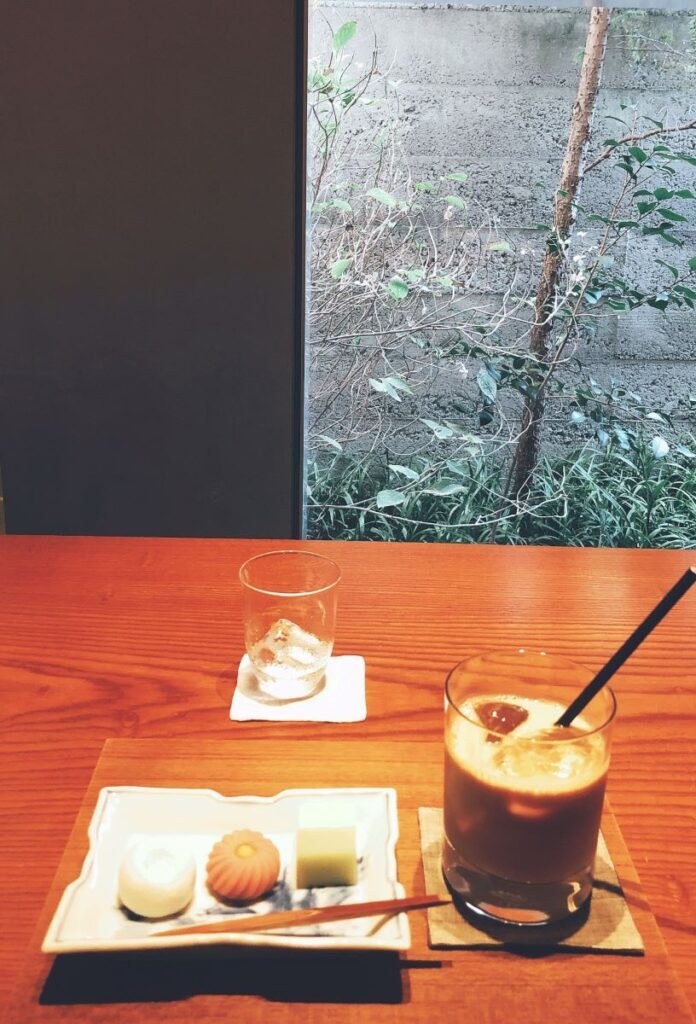
When it comes to shopping in Kyoto, there are plenty of options available for both traditional and modern shopping. Kyoto is a shopper’s paradise and has something to offer for everyone. From souvenirs to specialty foods and handicrafts, Kyoto has it all.
One of the best places to go shopping in Kyoto is the district around Kiyomizudera. Here, you will find a wide range of souvenirs, specialty foods, and handicrafts. The district is known for its traditional Japanese goods, including pottery, textiles, and lacquerware.
If you’re looking for a more modern shopping experience, head to Porta, located beneath Kyoto Station. Porta offers a variety of dining options, clothes, cosmetics, and souvenirs. Another great option for modern shopping is Daimaru, located in downtown Kyoto. Daimaru offers a wide range of products, including luxury goods and high-end fashion brands.
On the food front, Kyoto is known for its traditional Japanese cuisine. One of the must-try dishes in Kyoto is kaiseki, a multi-course meal that showcases the seasonal ingredients of the region. Another popular dish is yudofu, a hot pot dish made with tofu and served with dipping sauce.
If you’re looking for a unique food experience, head to Nishiki Market, also known as “Kyoto’s Kitchen.” Nishiki Market offers a wide range of traditional Japanese foods, including seafood, pickles, and sweets. You can also find unique Kyoto specialties, such as yatsuhashi (a type of sweet rice cake) and matcha (green tea) products.
Overall, shopping and food are two must-experience activities in Kyoto. Whether you’re looking for traditional or modern shopping, traditional Japanese cuisine, or unique food experiences, Kyoto has a lot going for it.
Nightlife in Kyoto
When the sun goes down in Kyoto, the city comes alive with a vibrant nightlife scene. From bars to nightclubs to traditional sake breweries, there is something for everyone to enjoy.
One popular spot is the Kyoto Tower Sky Lounge, which offers stunning views of the city from 100 meters above ground. Visitors can enjoy a drink and light snack while taking in the panoramic view.
Another great option is in the Moon, a cozy bar that serves up delicious cocktails and has a relaxing atmosphere. It’s the perfect spot to unwind after a long day of sightseeing.
For those looking to dance the night away, World Kyoto is a popular nightclub that features both local and international DJs. The club has a lively atmosphere and attracts a diverse crowd.
If you’re looking for a more traditional experience, Kitsune is a sake brewery that also serves up delicious food. Visitors can sample different types of sake and learn about the brewing process.
Overall, Kyoto’s nightlife scene offers something for everyone, whether you’re looking for a relaxing evening or a night out on the town.
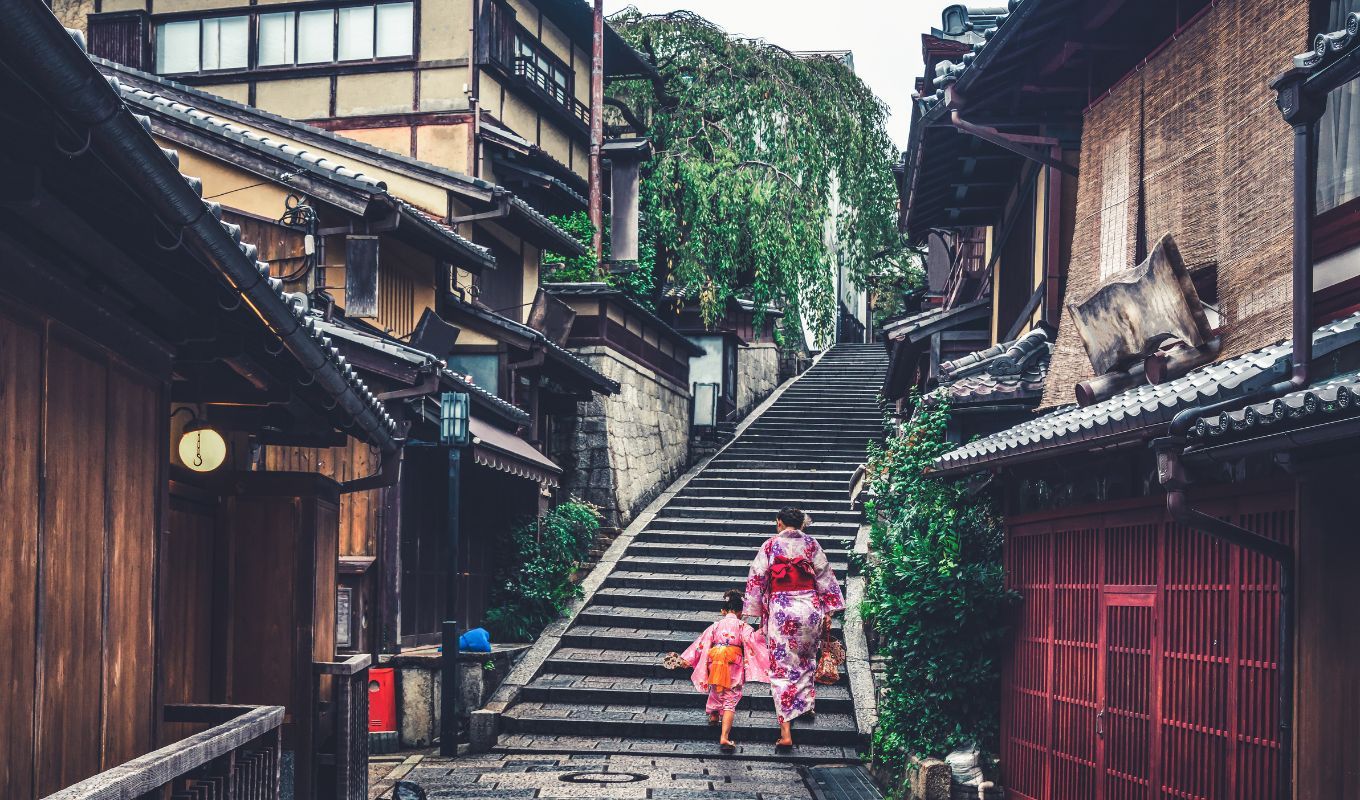
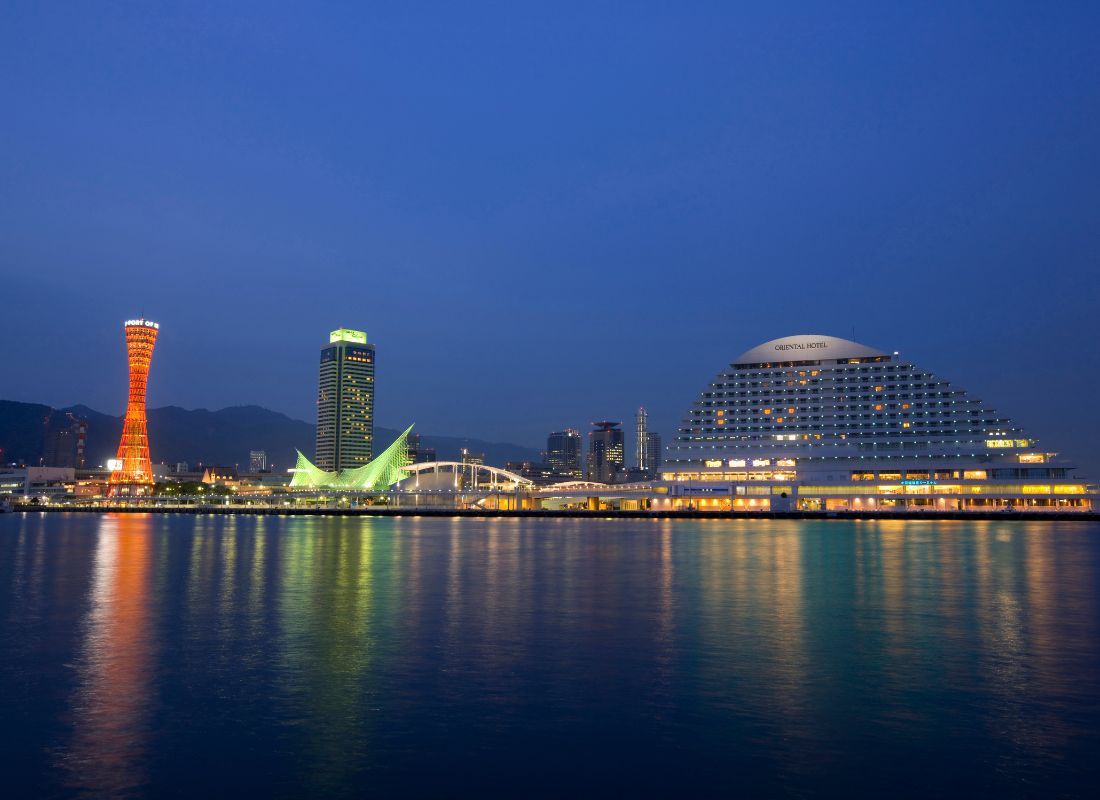
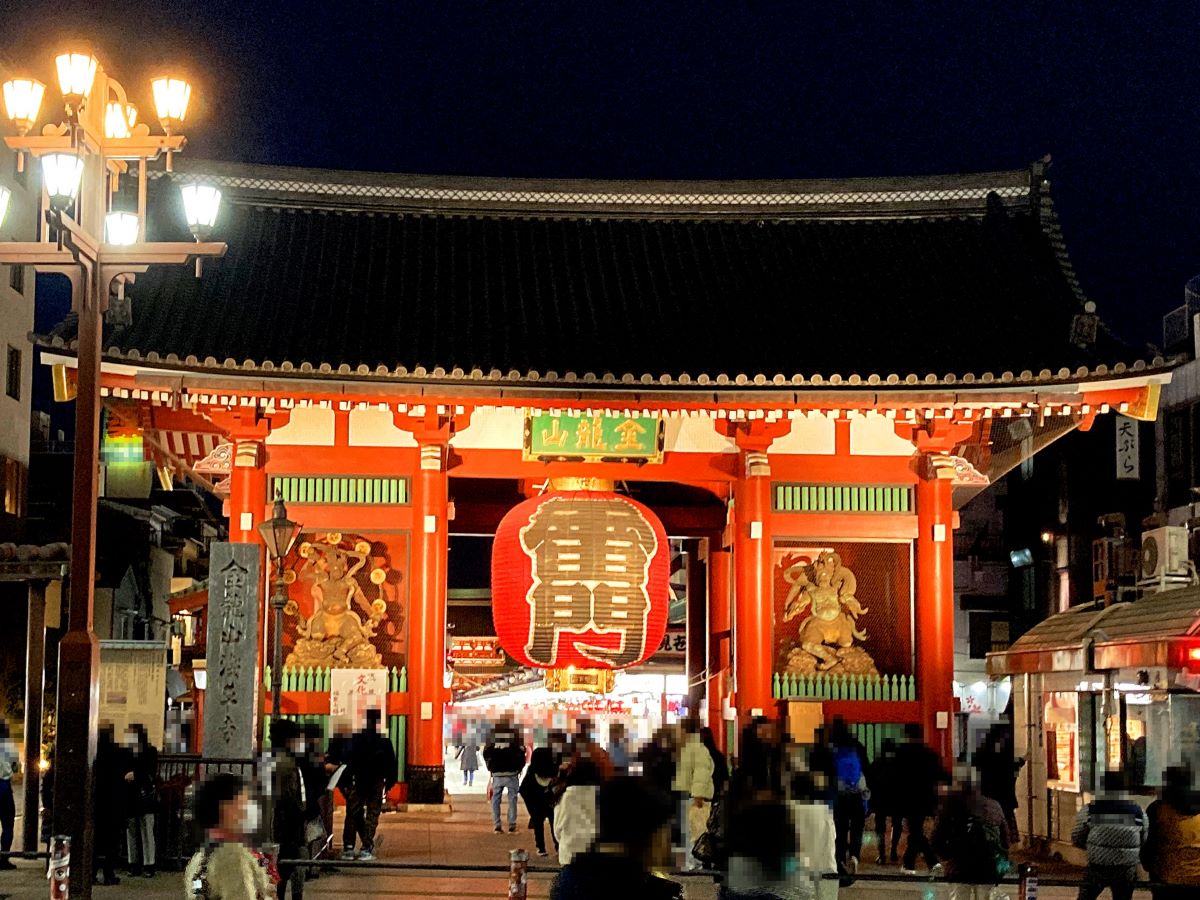
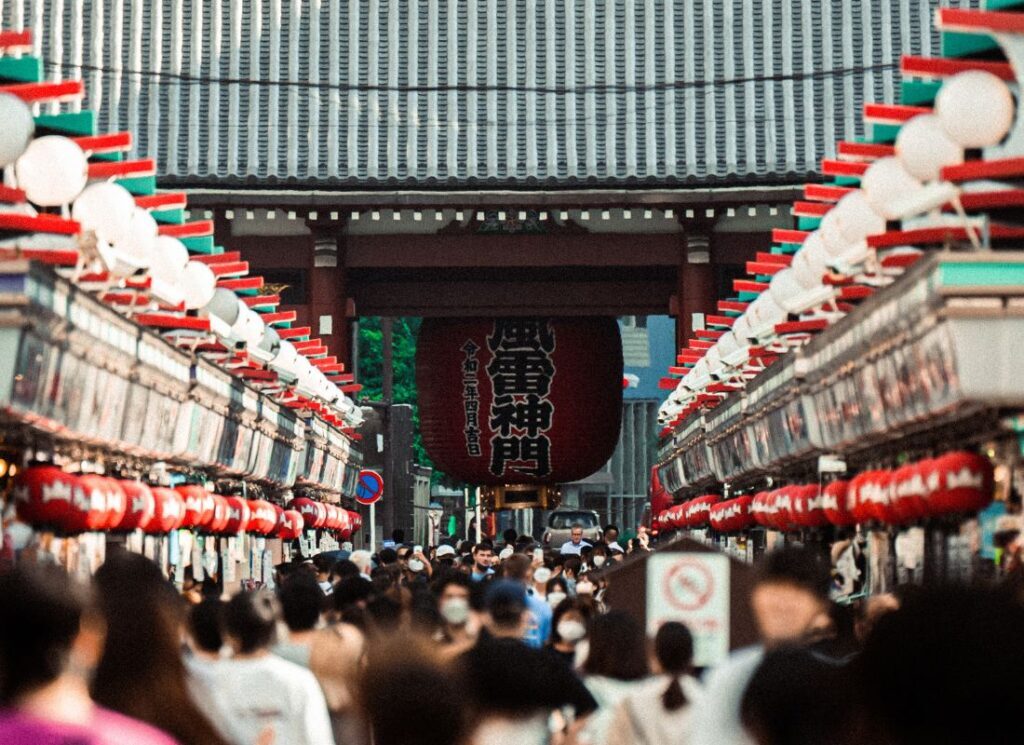
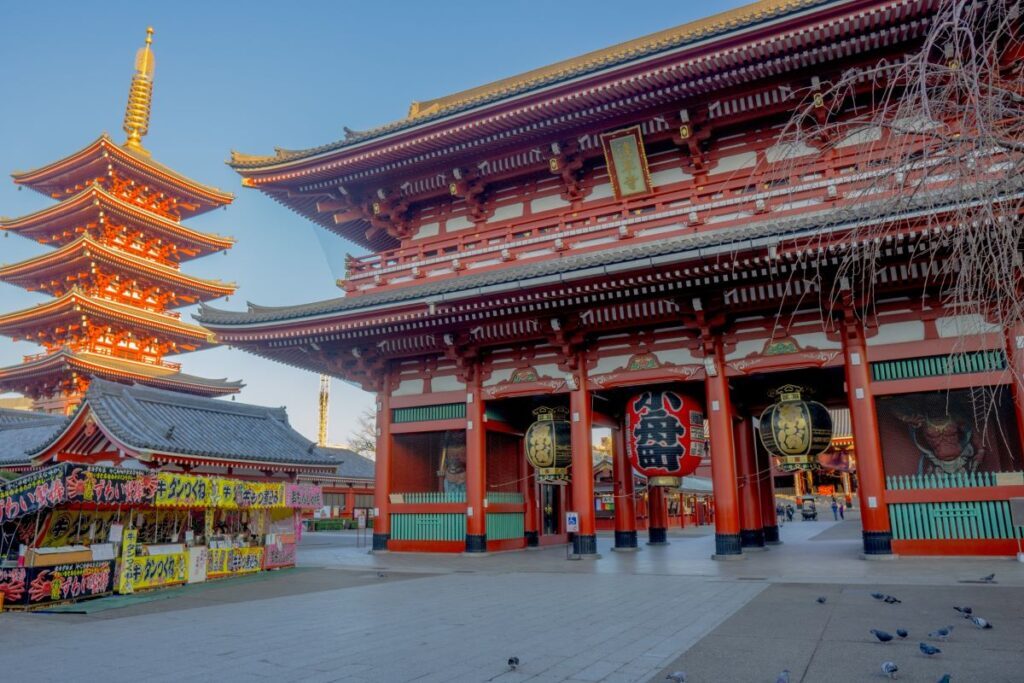

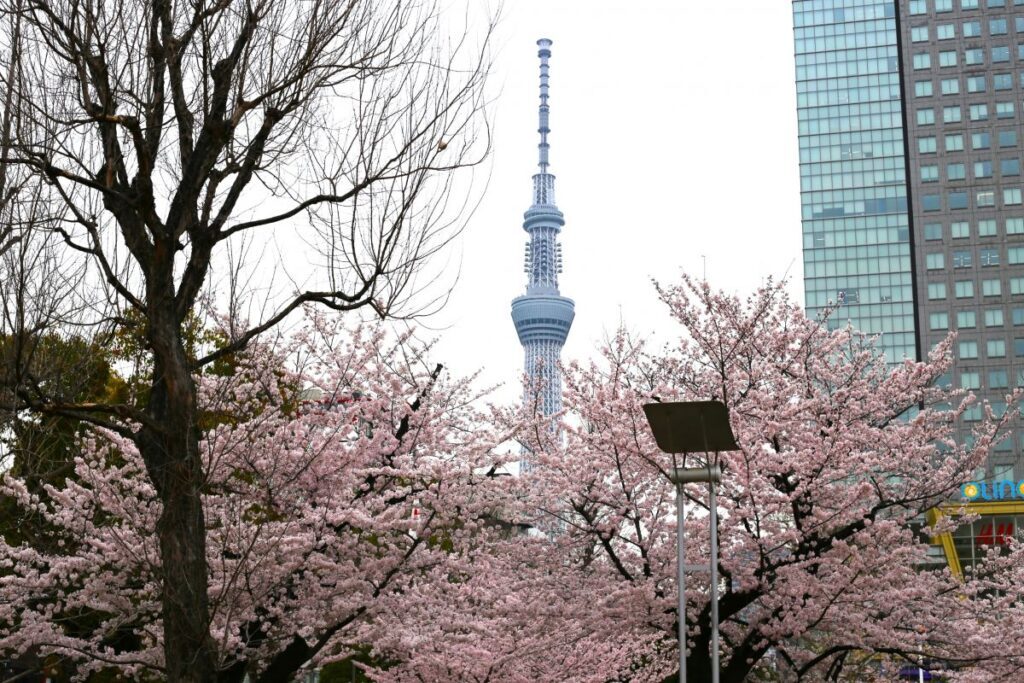
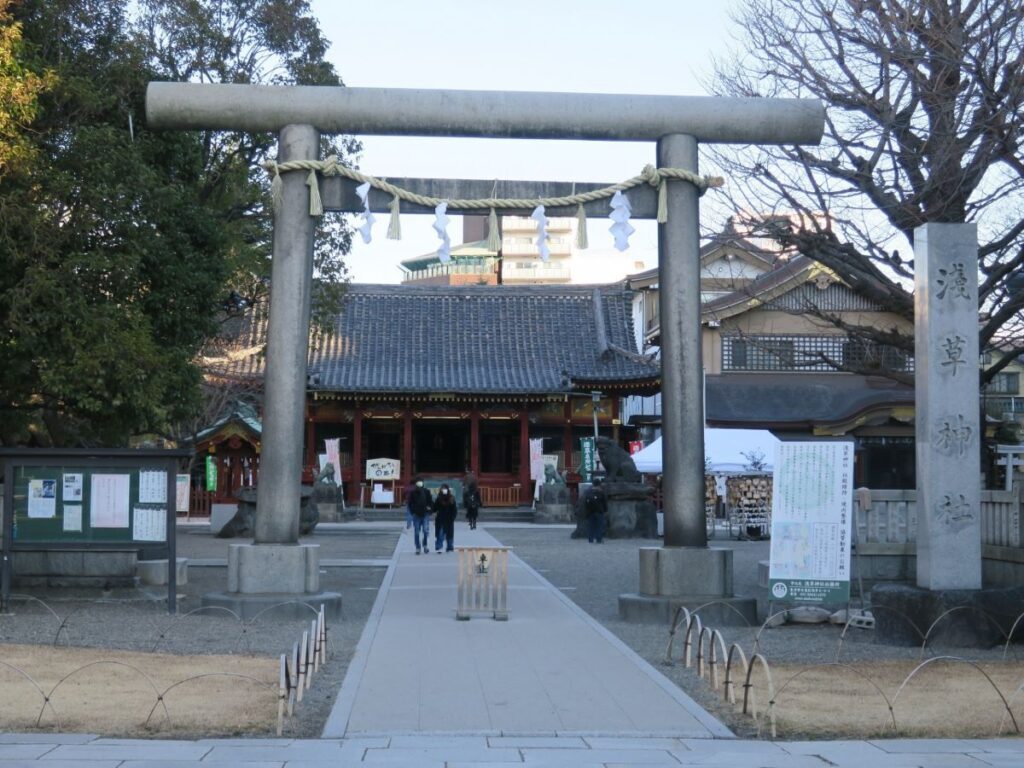
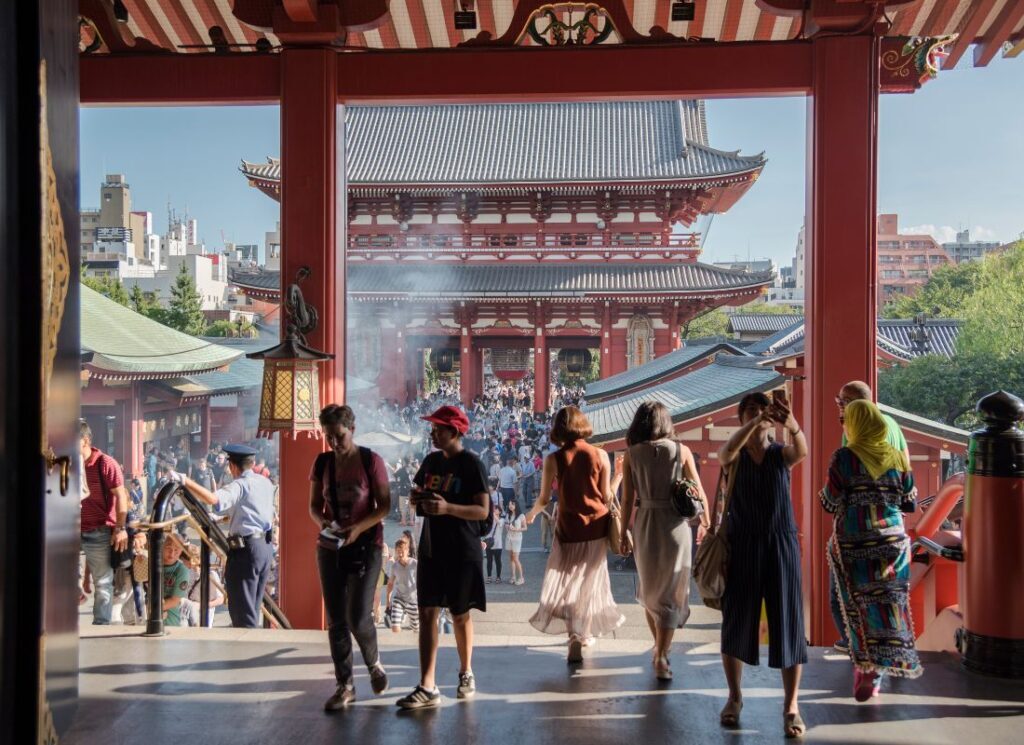
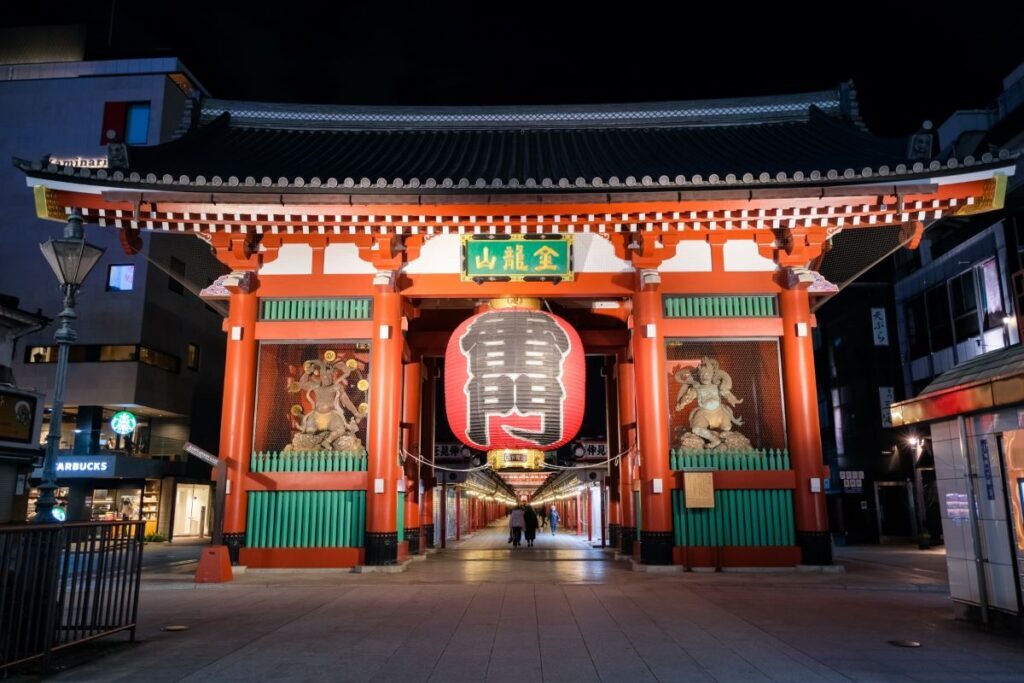
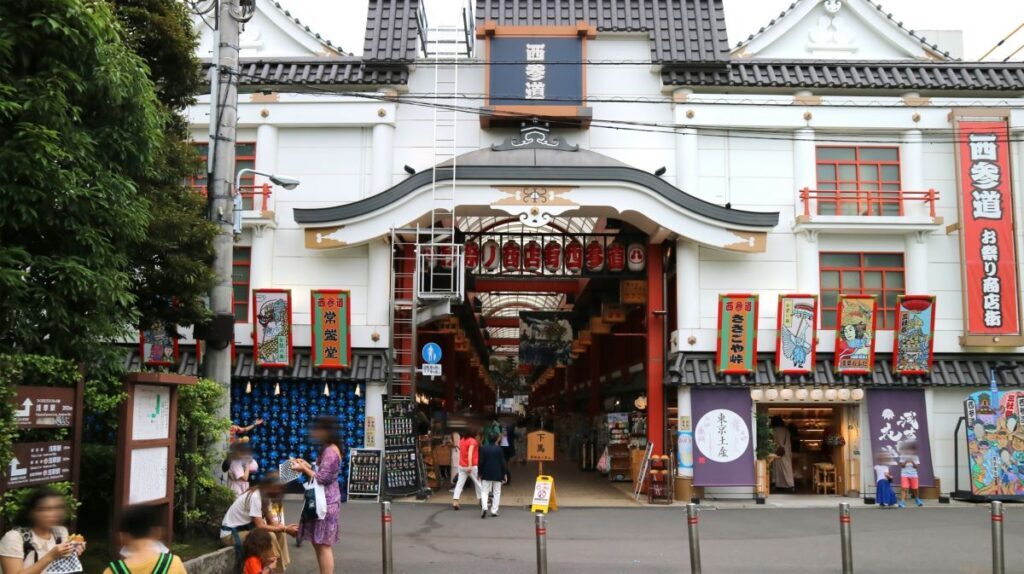
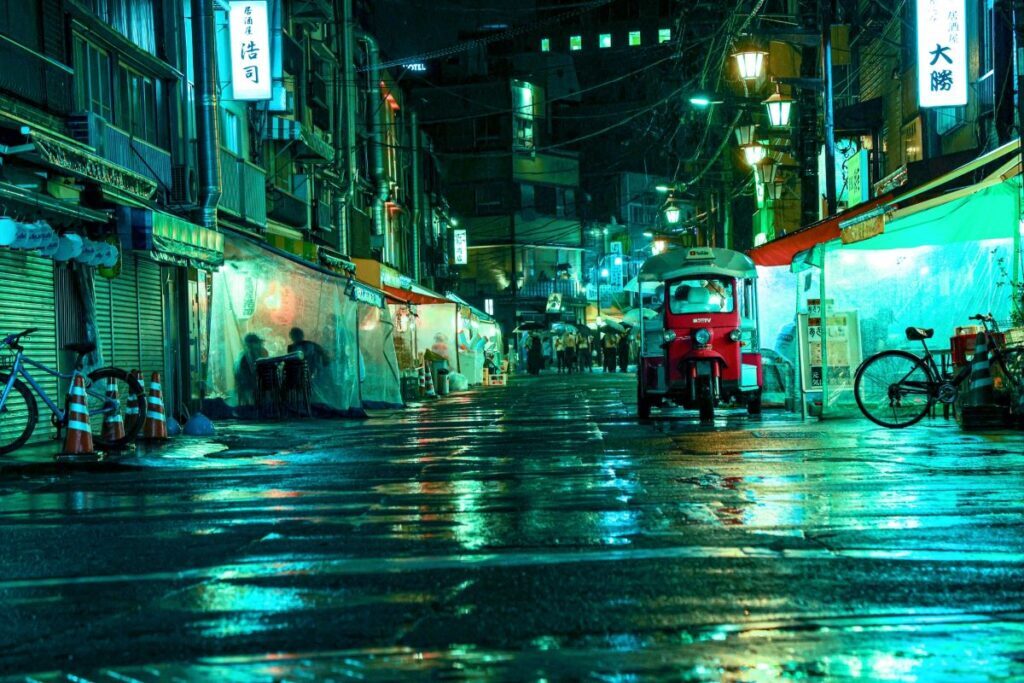
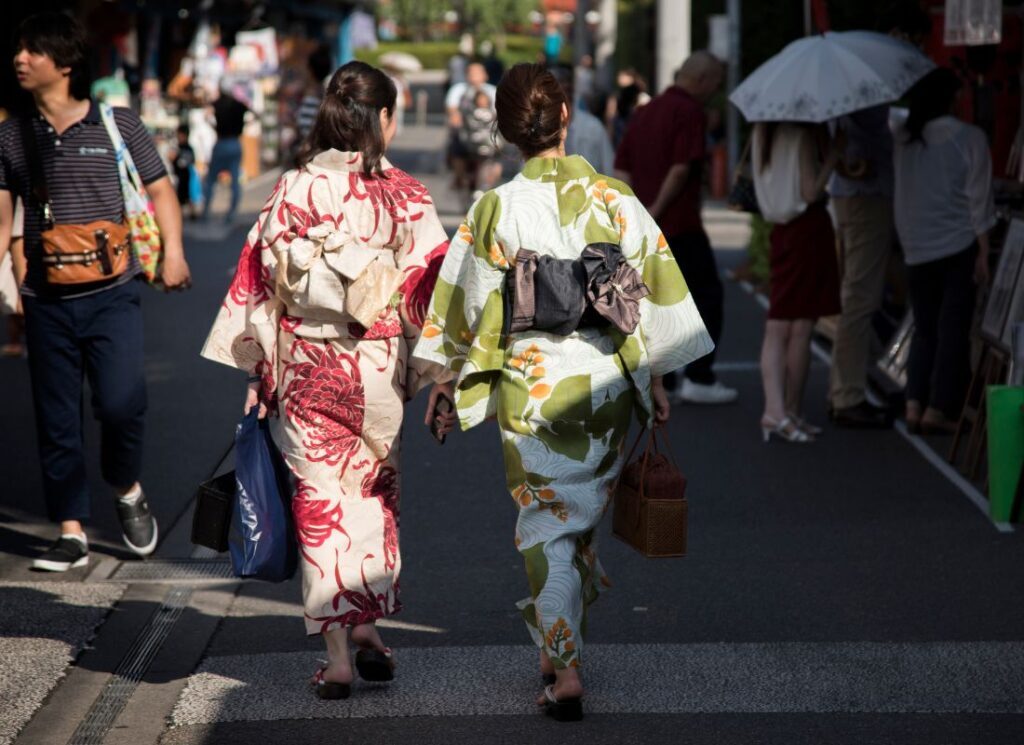

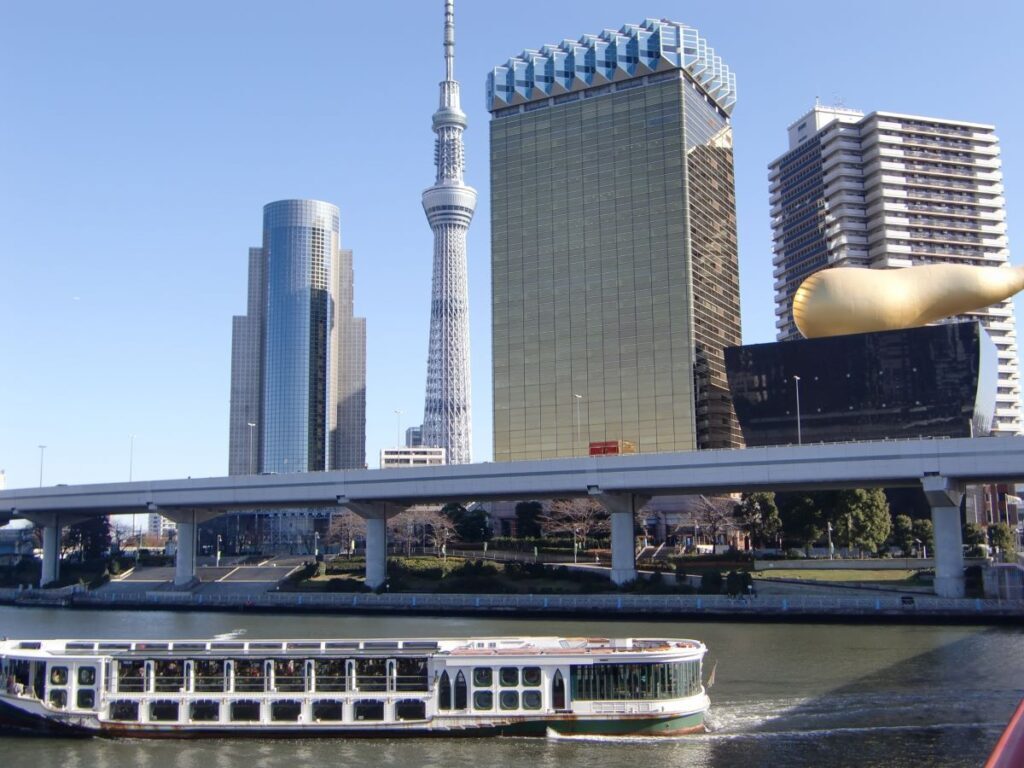
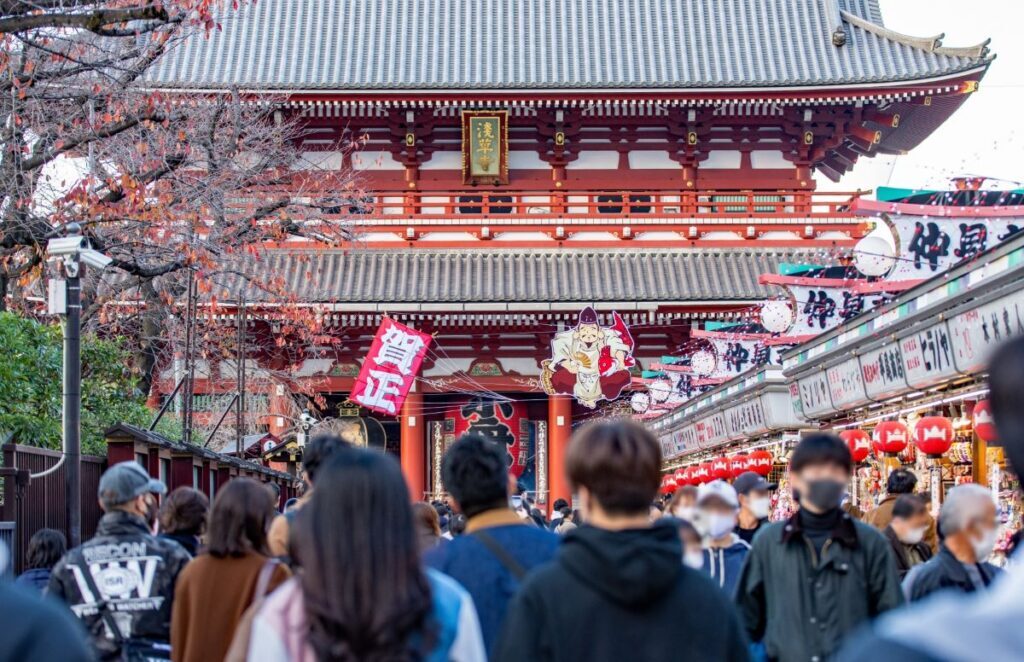
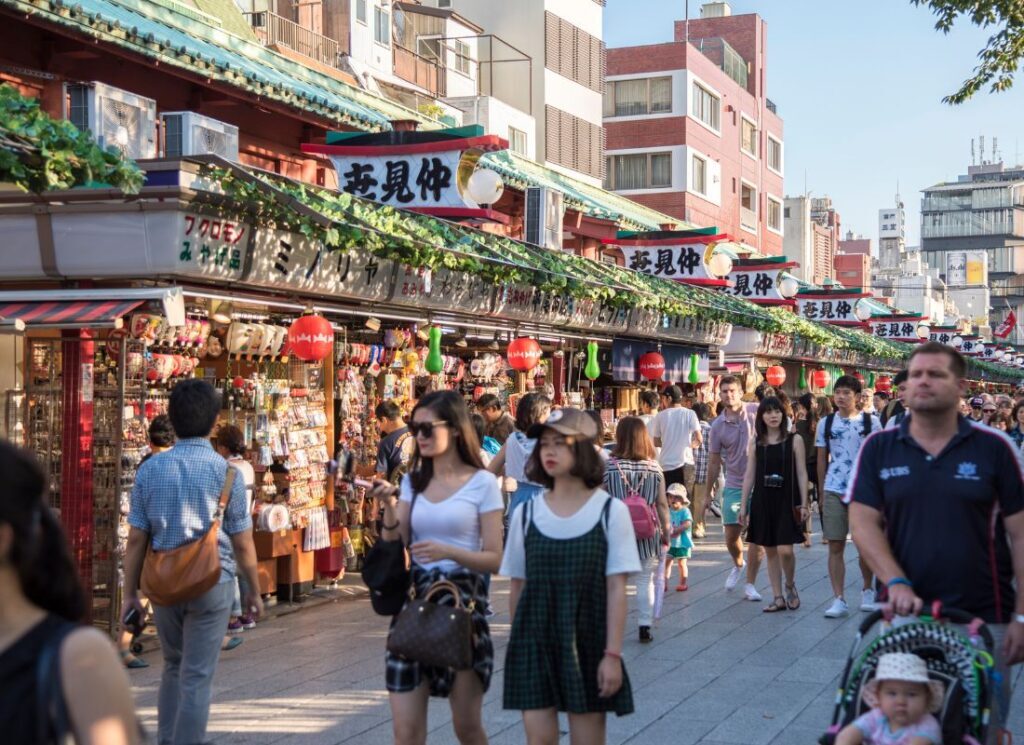
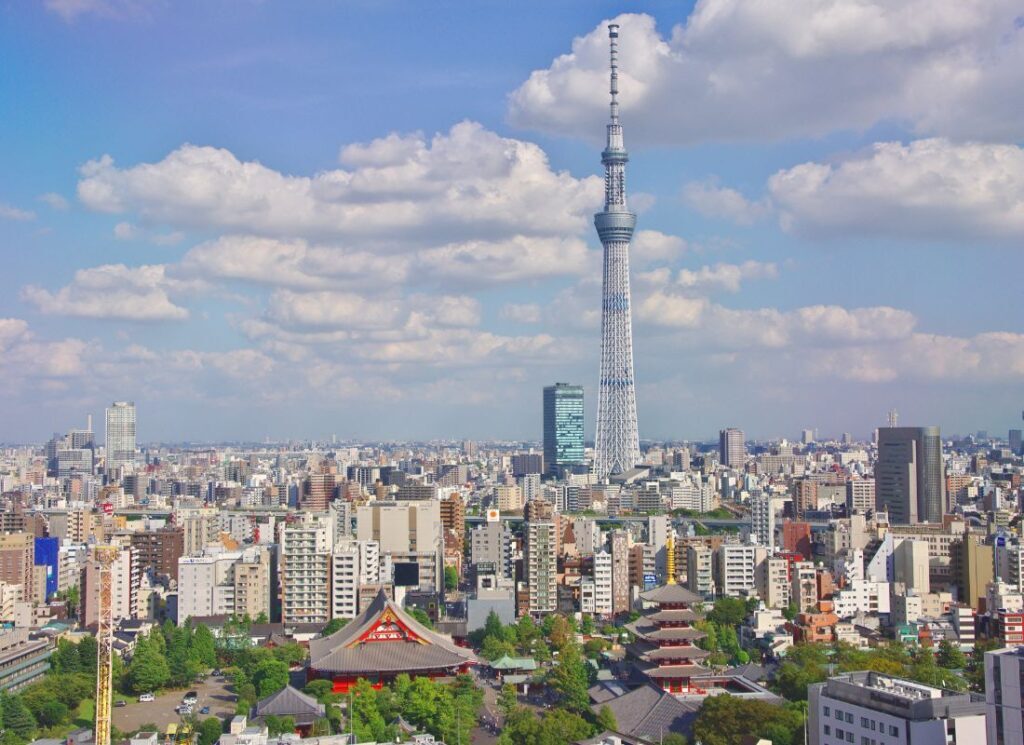
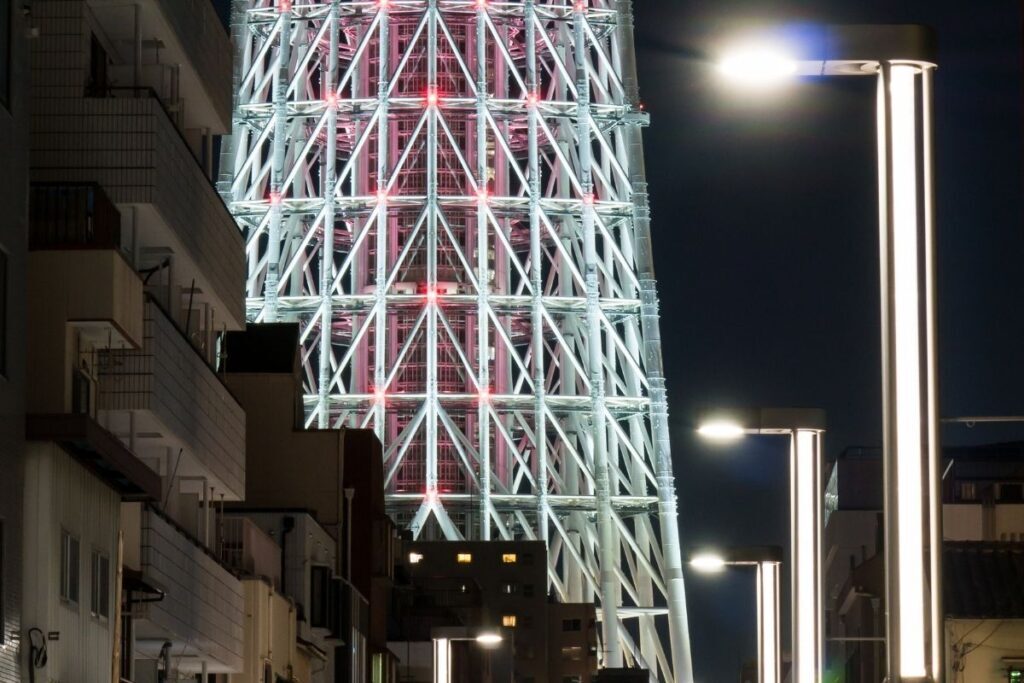
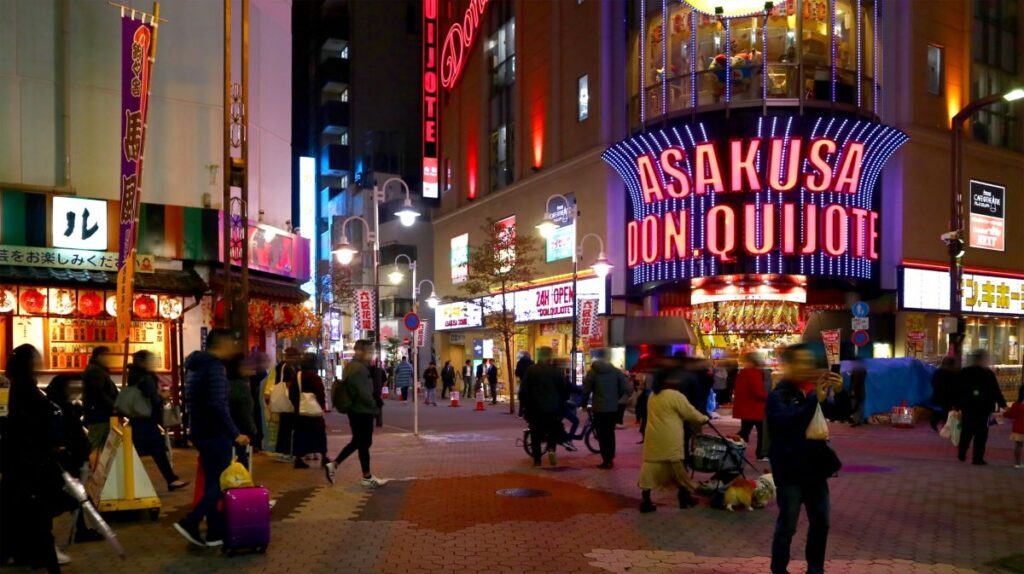
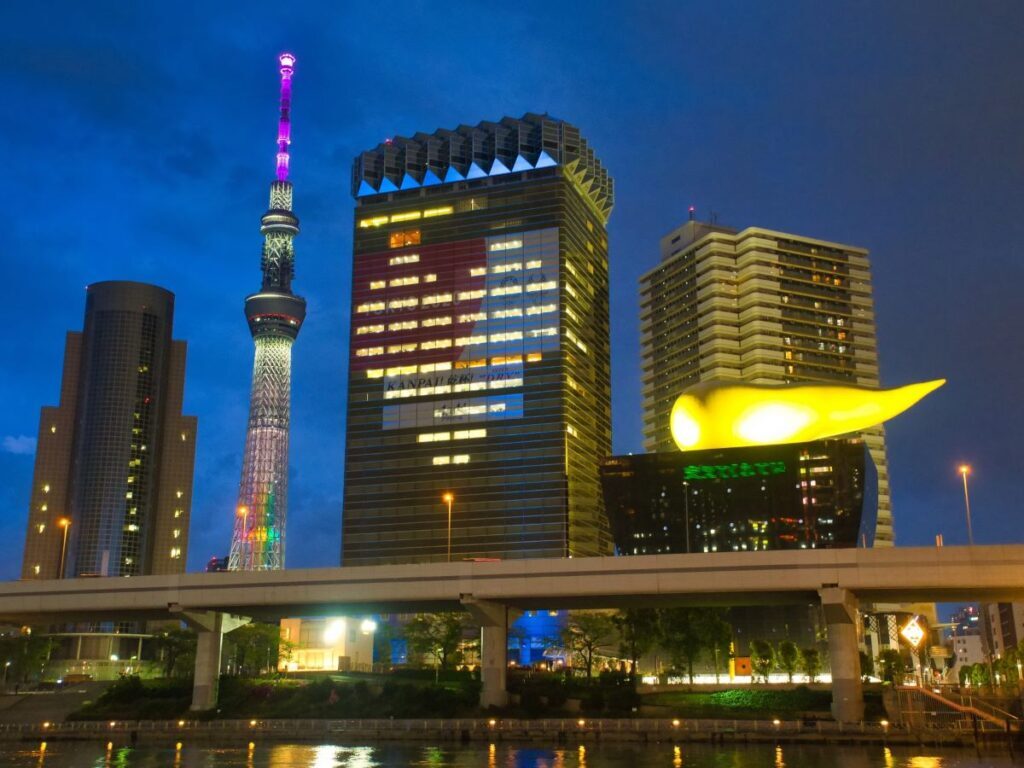
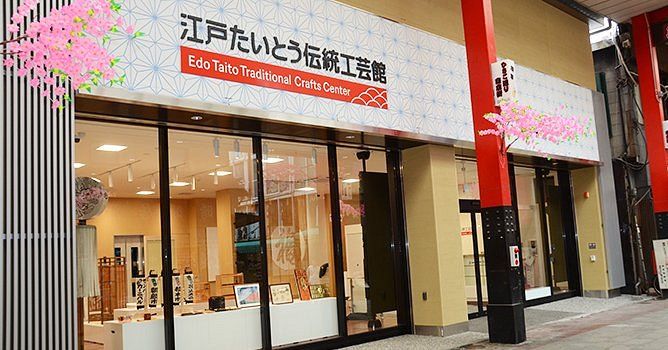
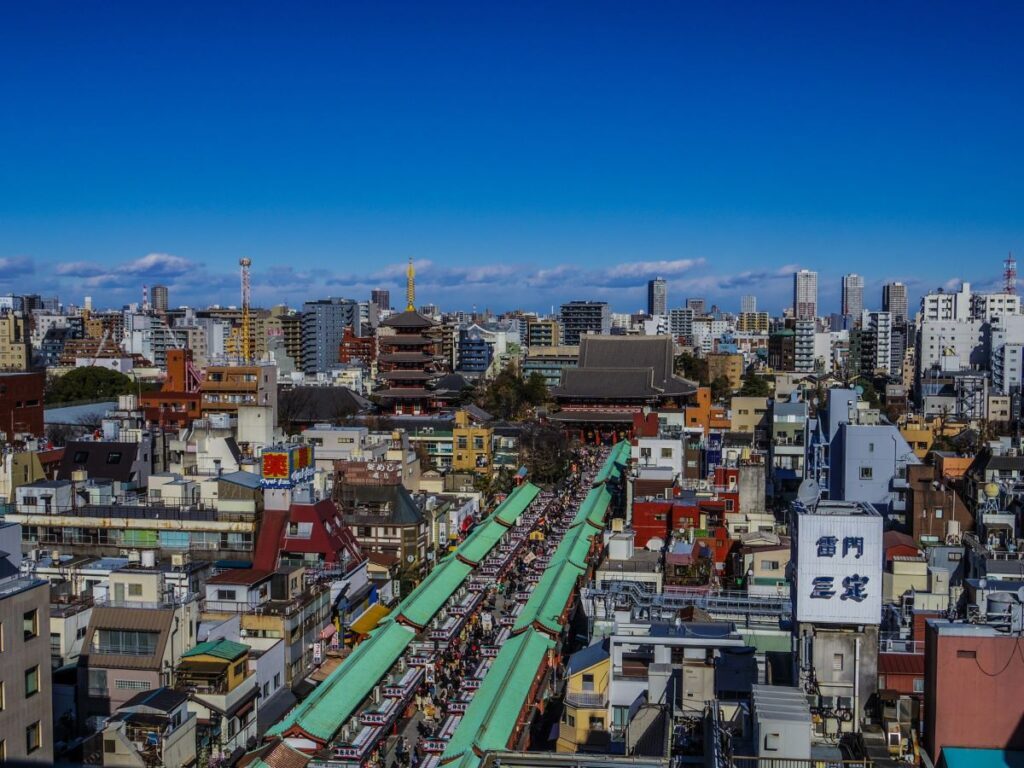
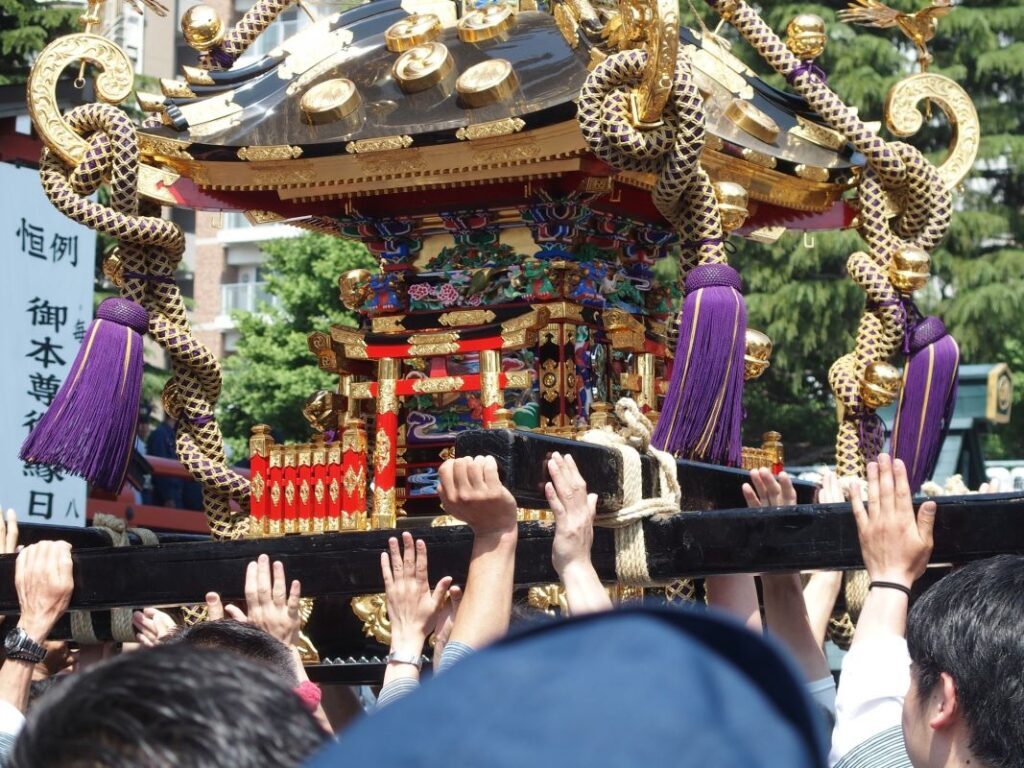
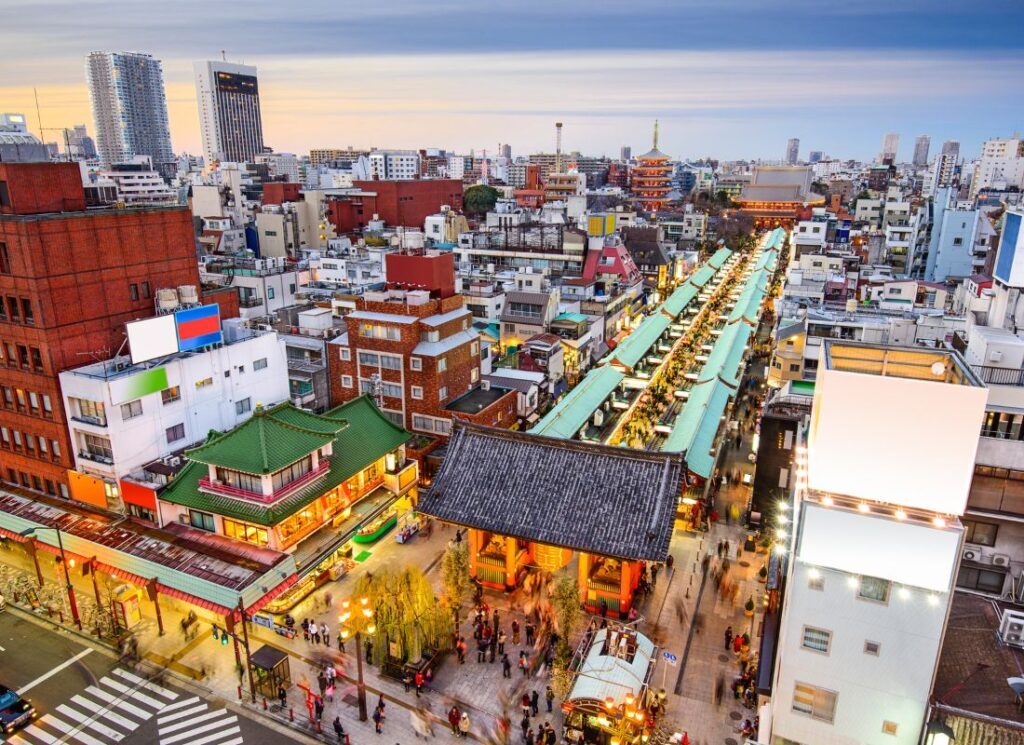
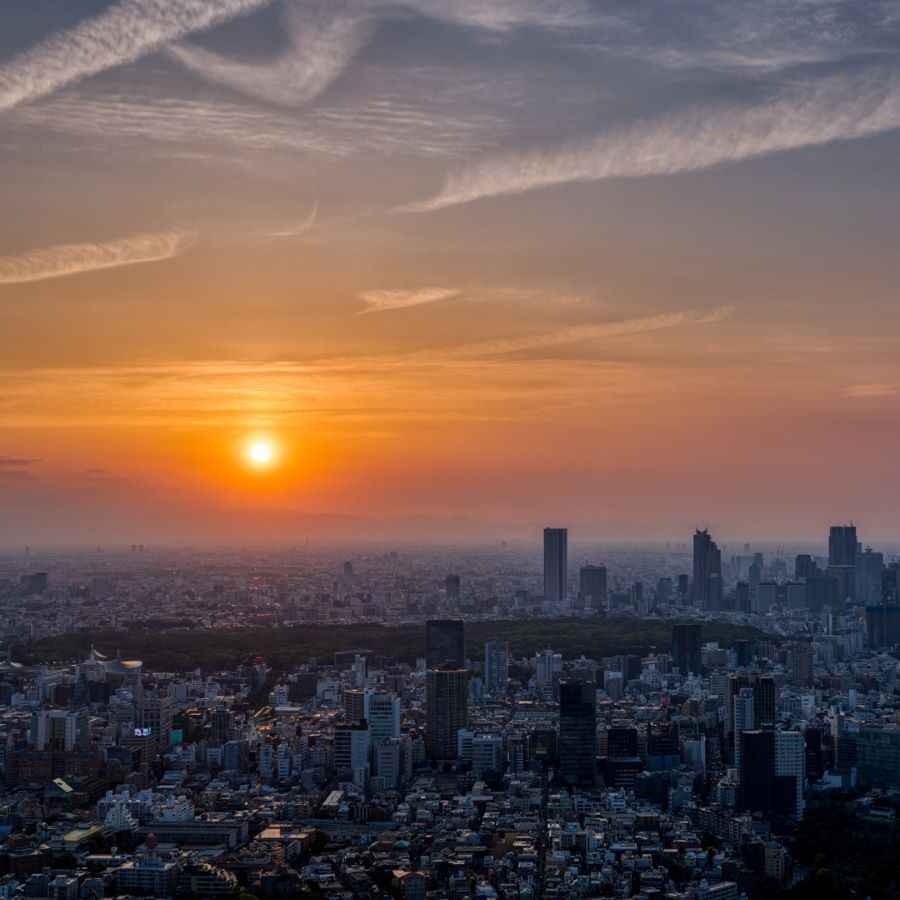
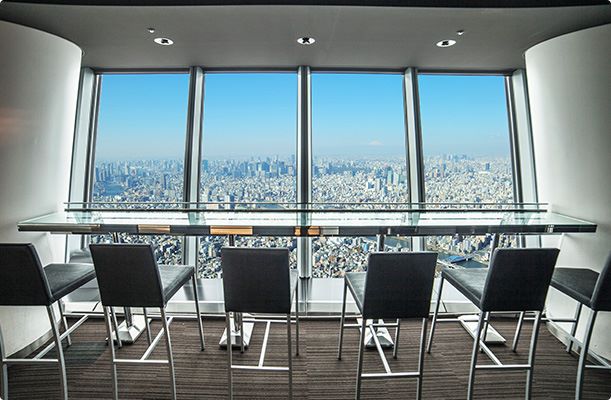
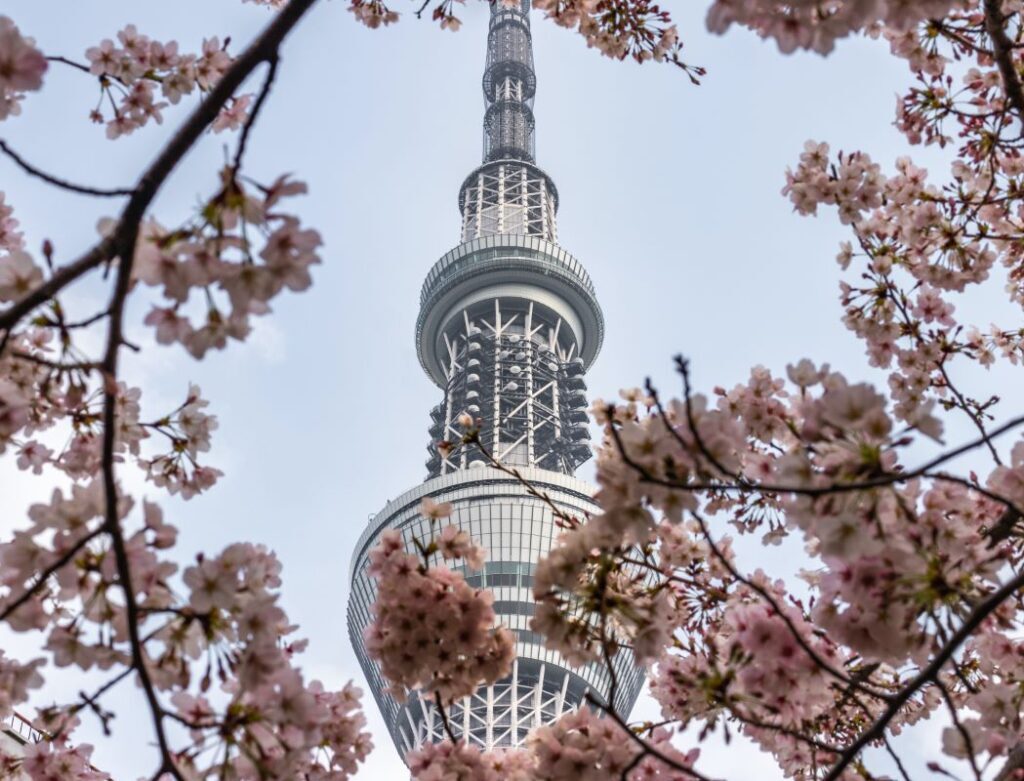
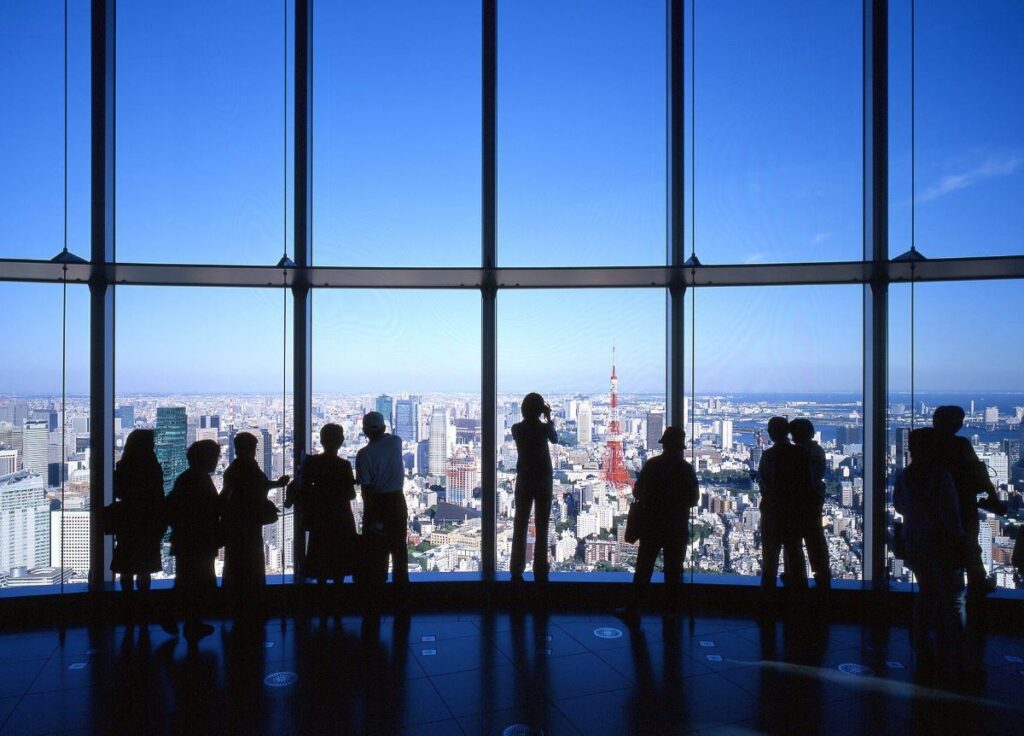
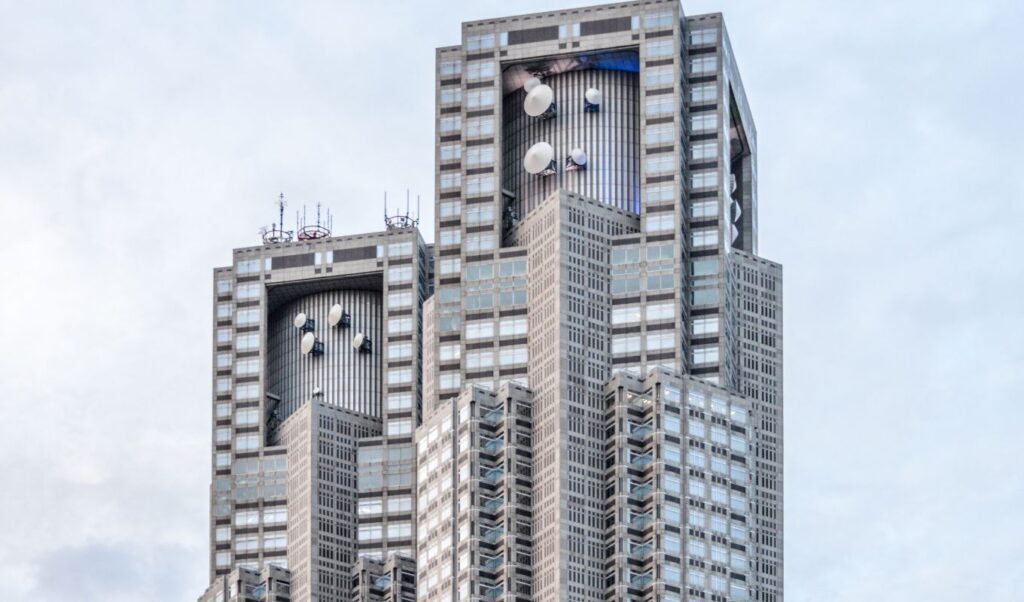
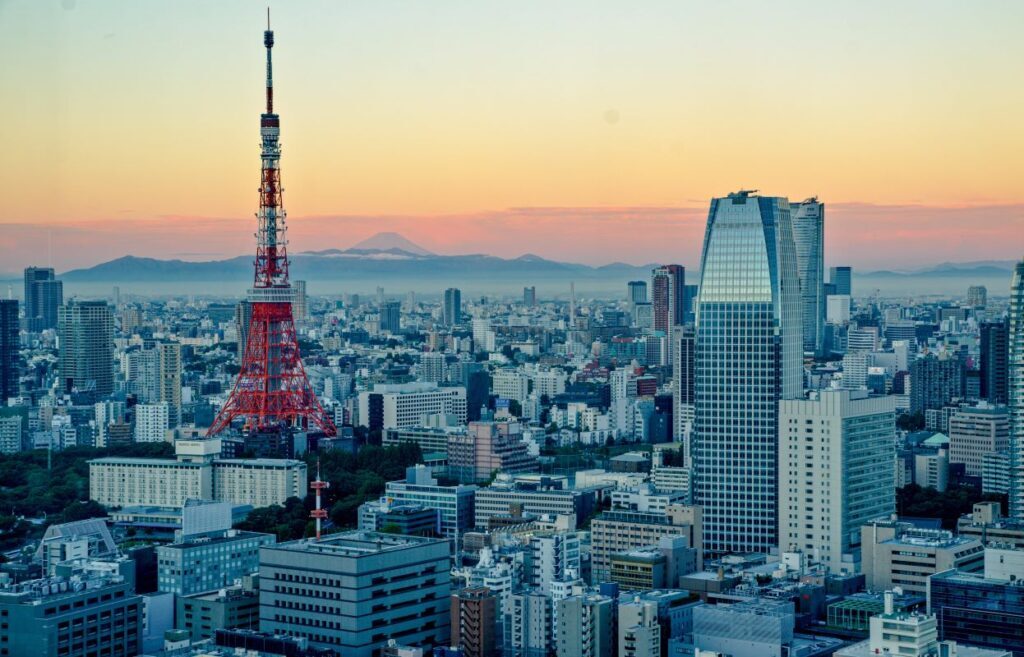
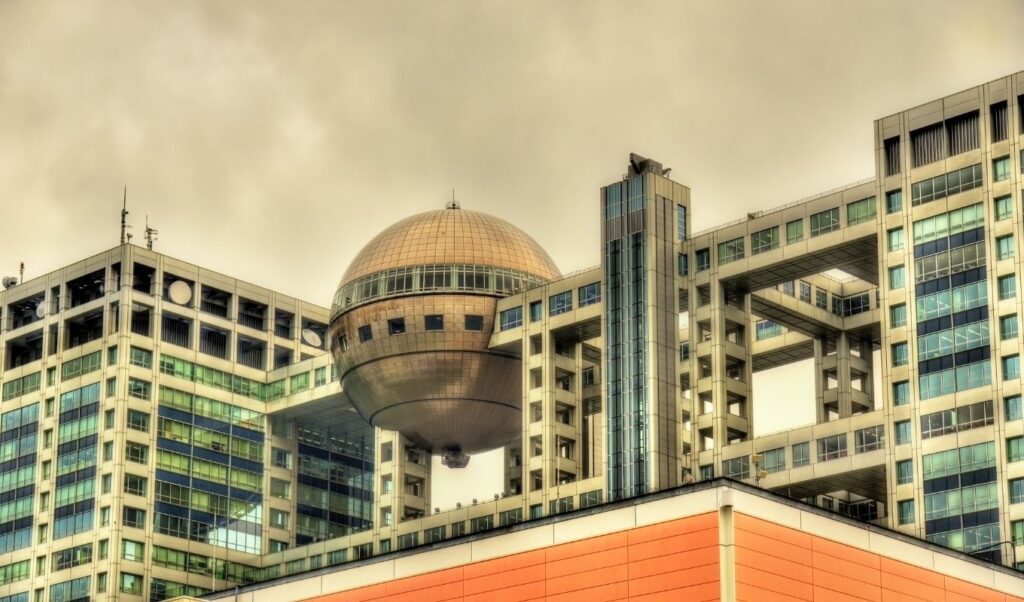
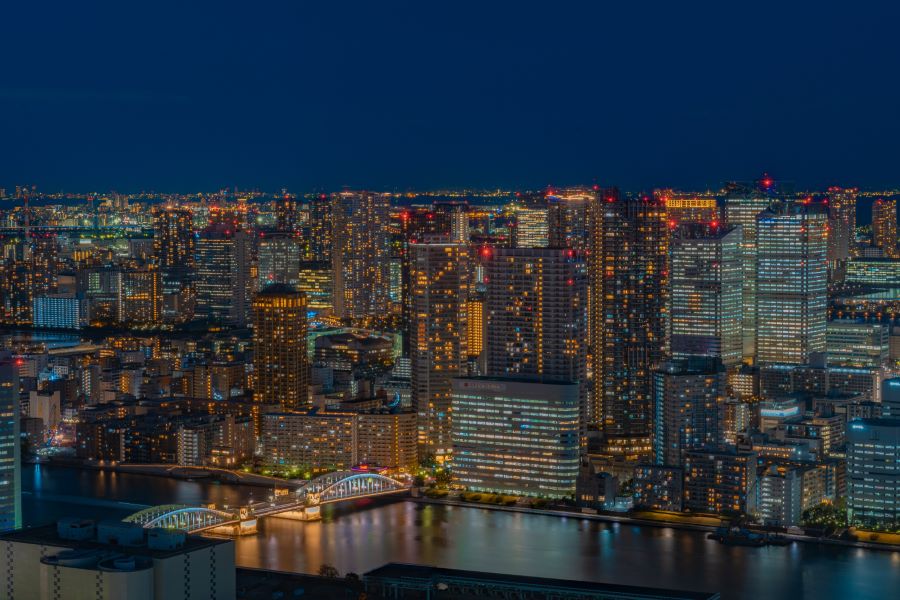
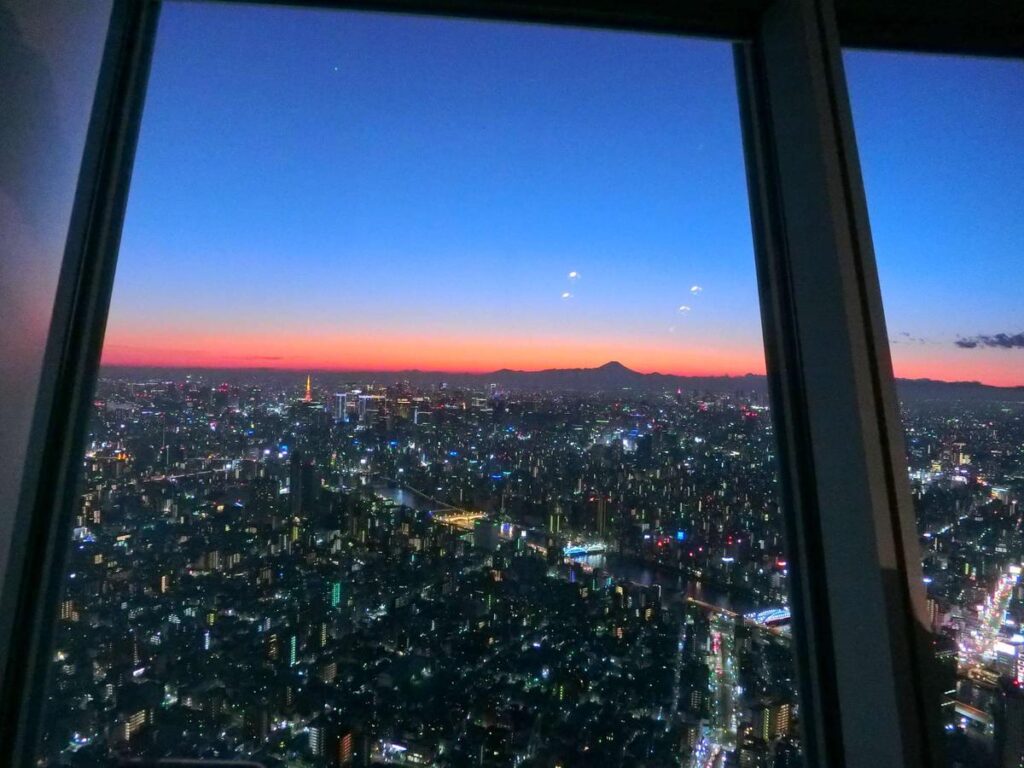
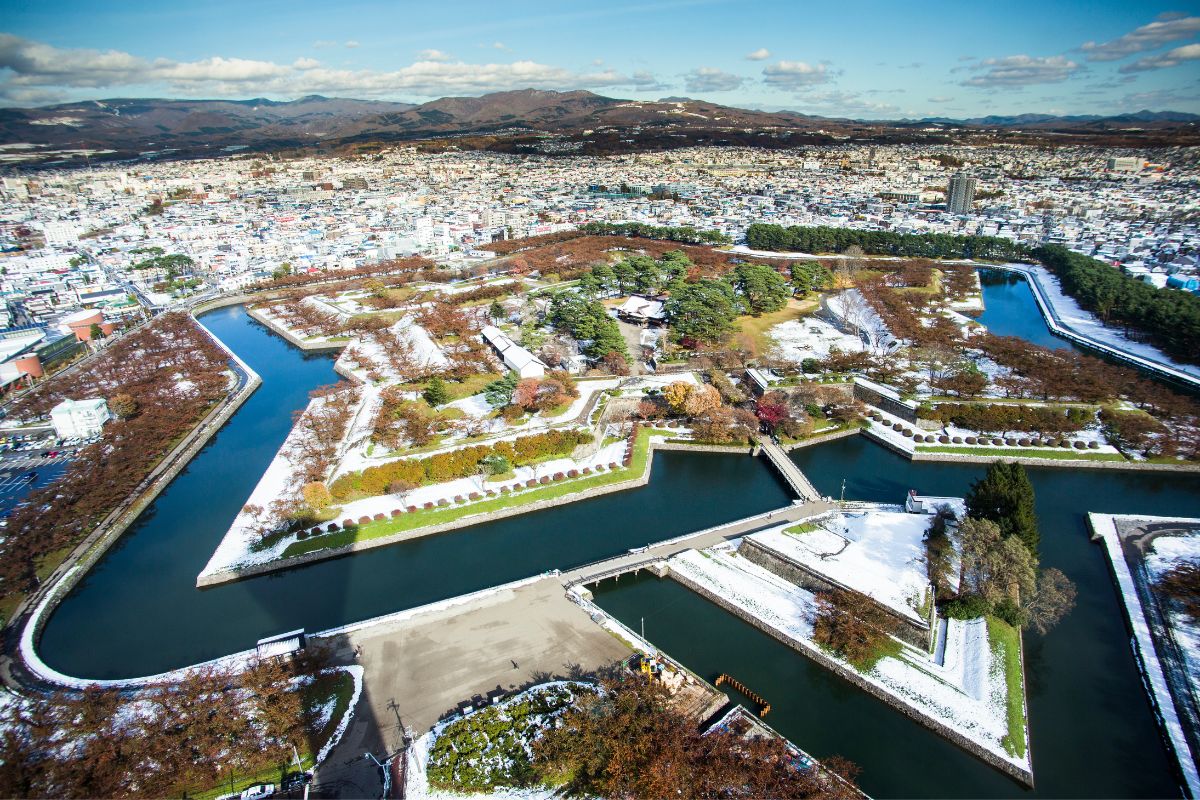
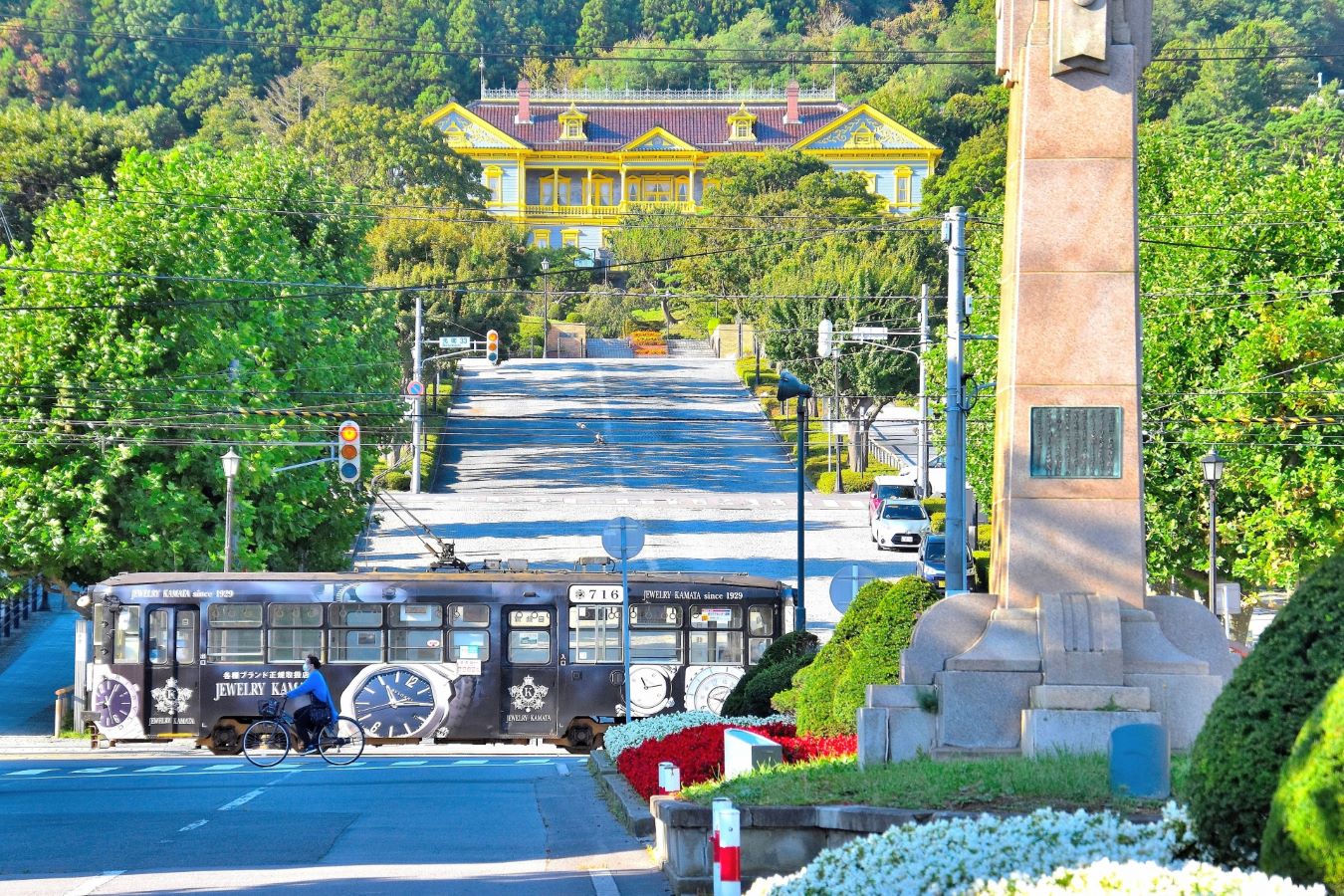
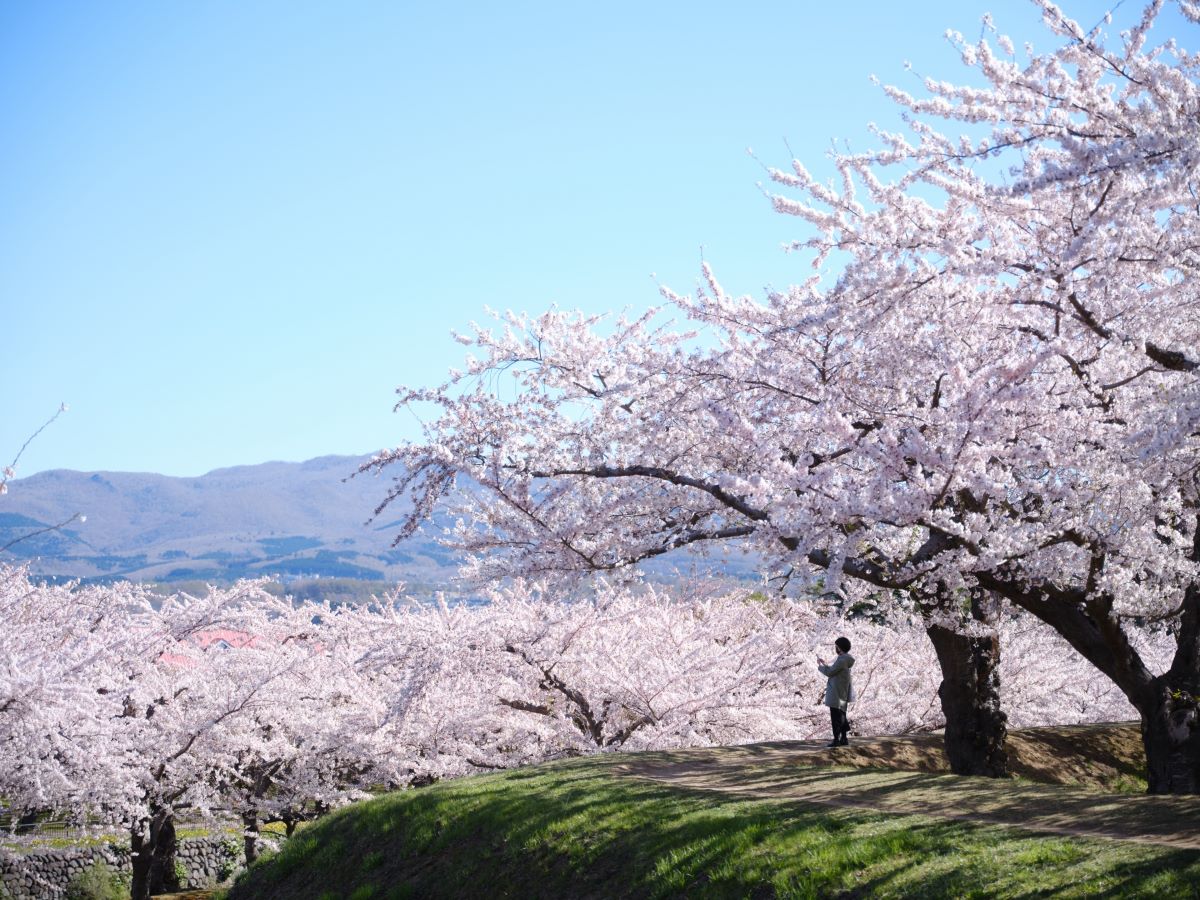
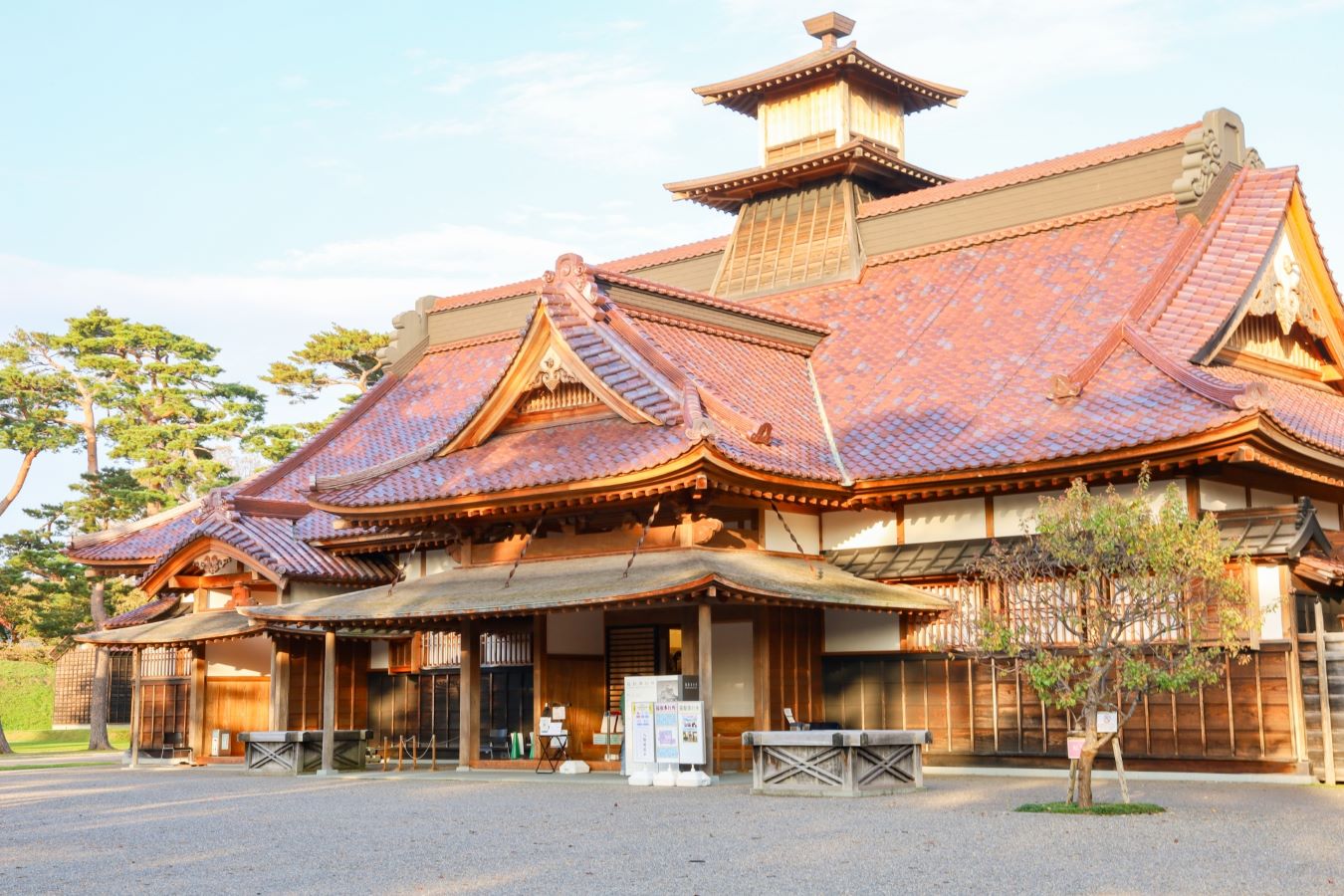
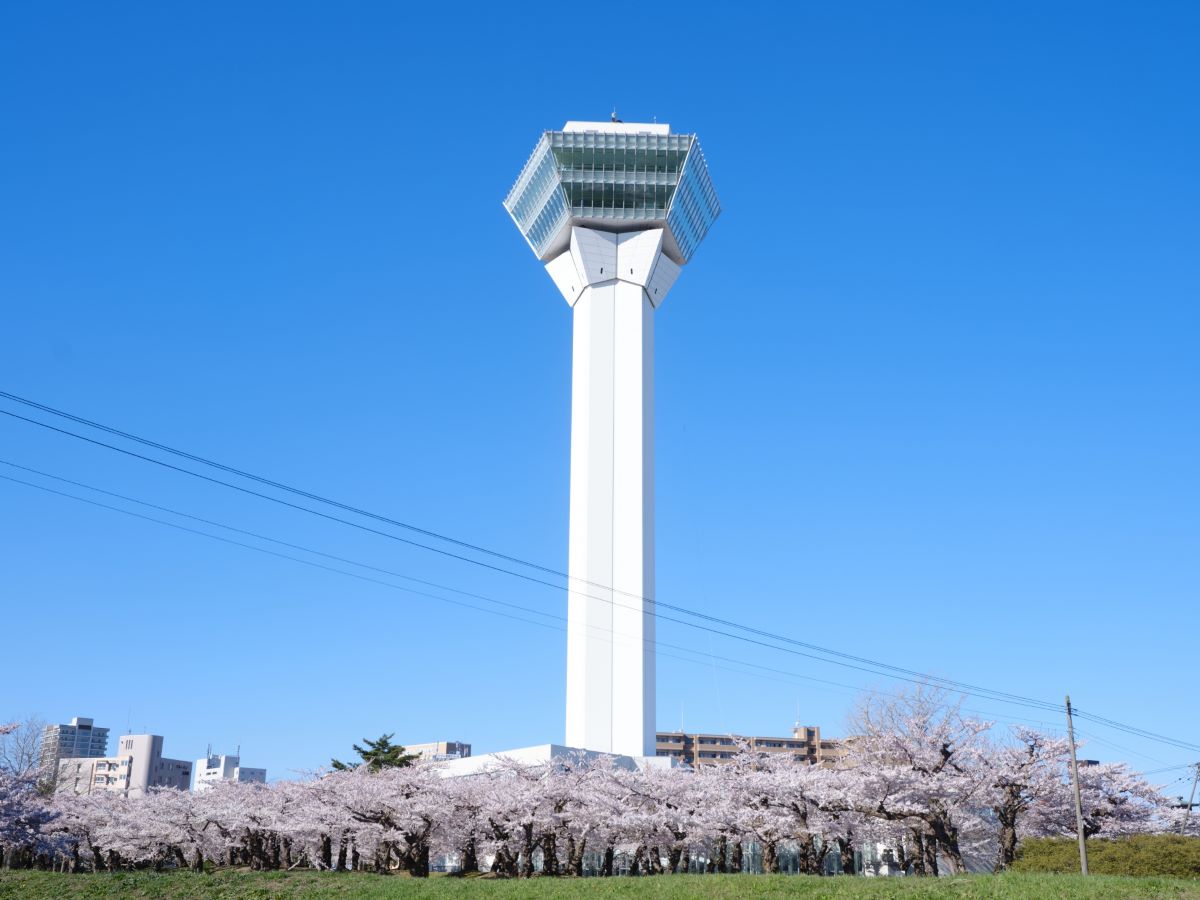
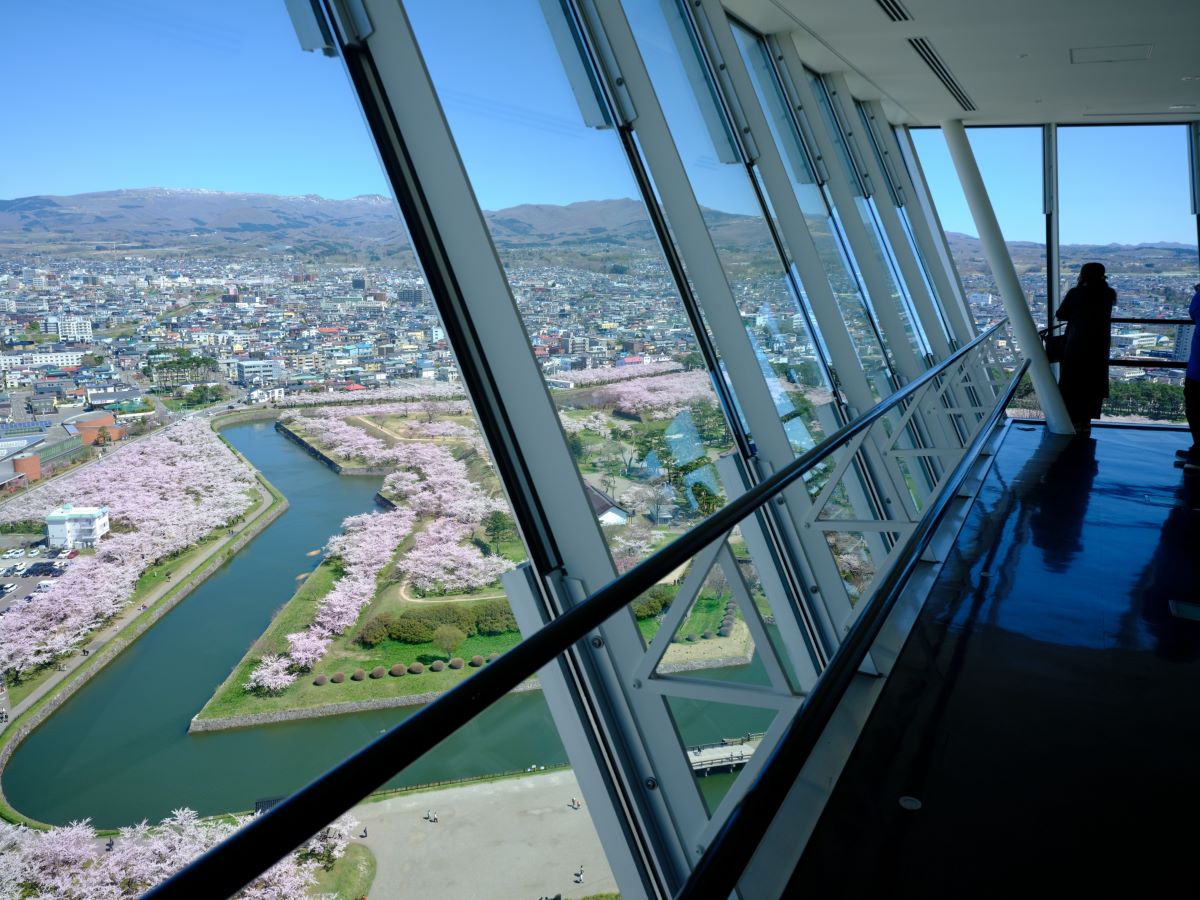
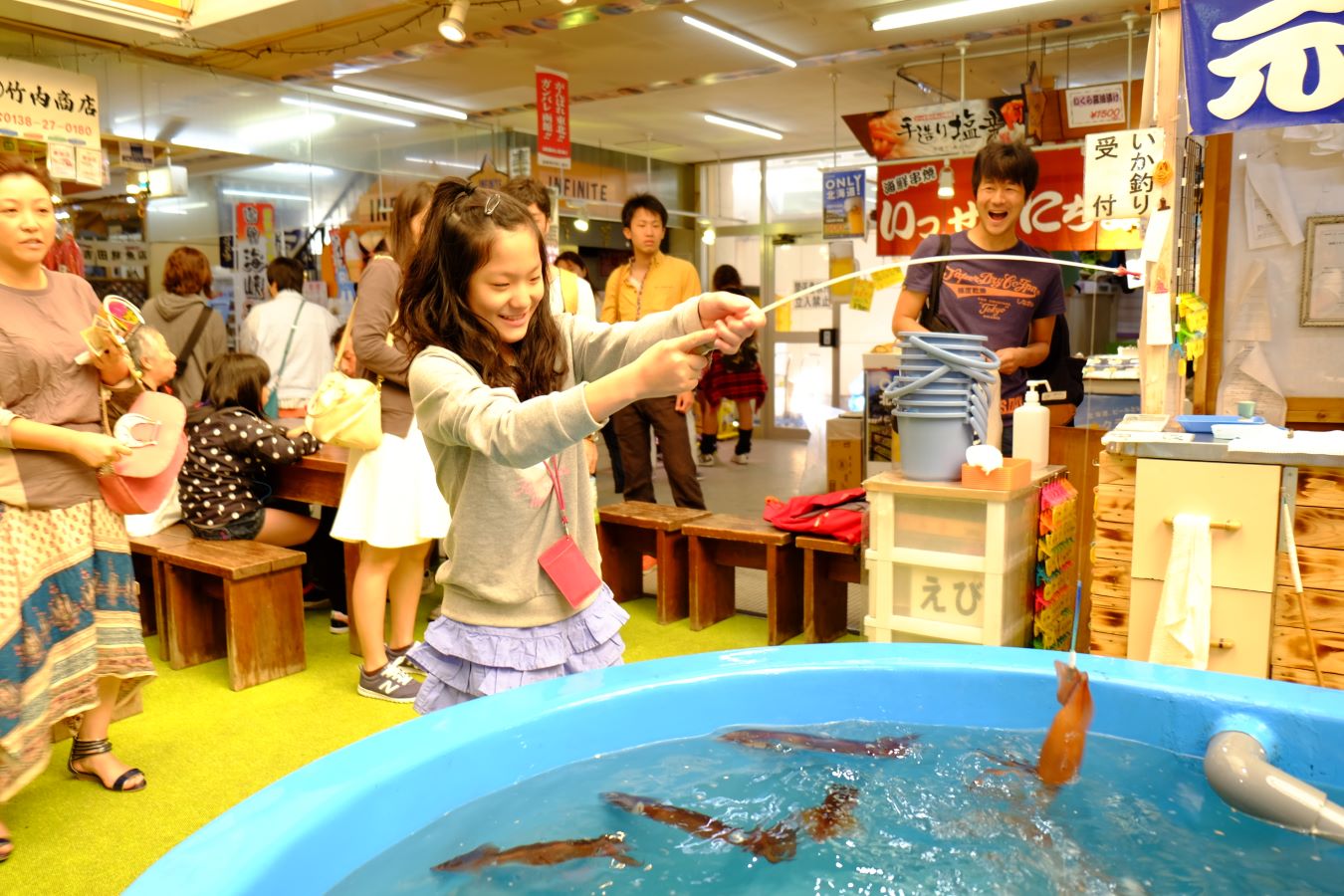
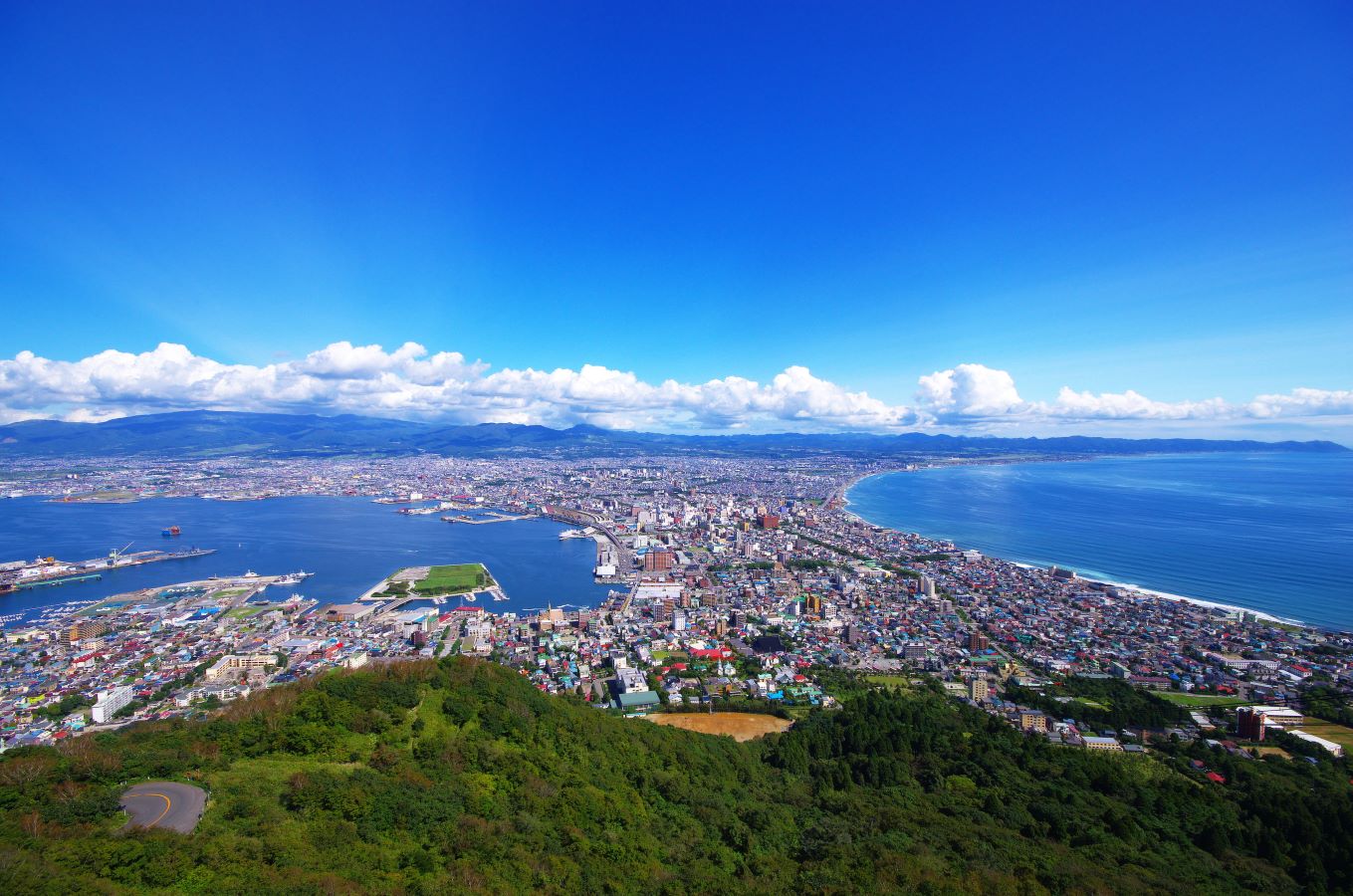

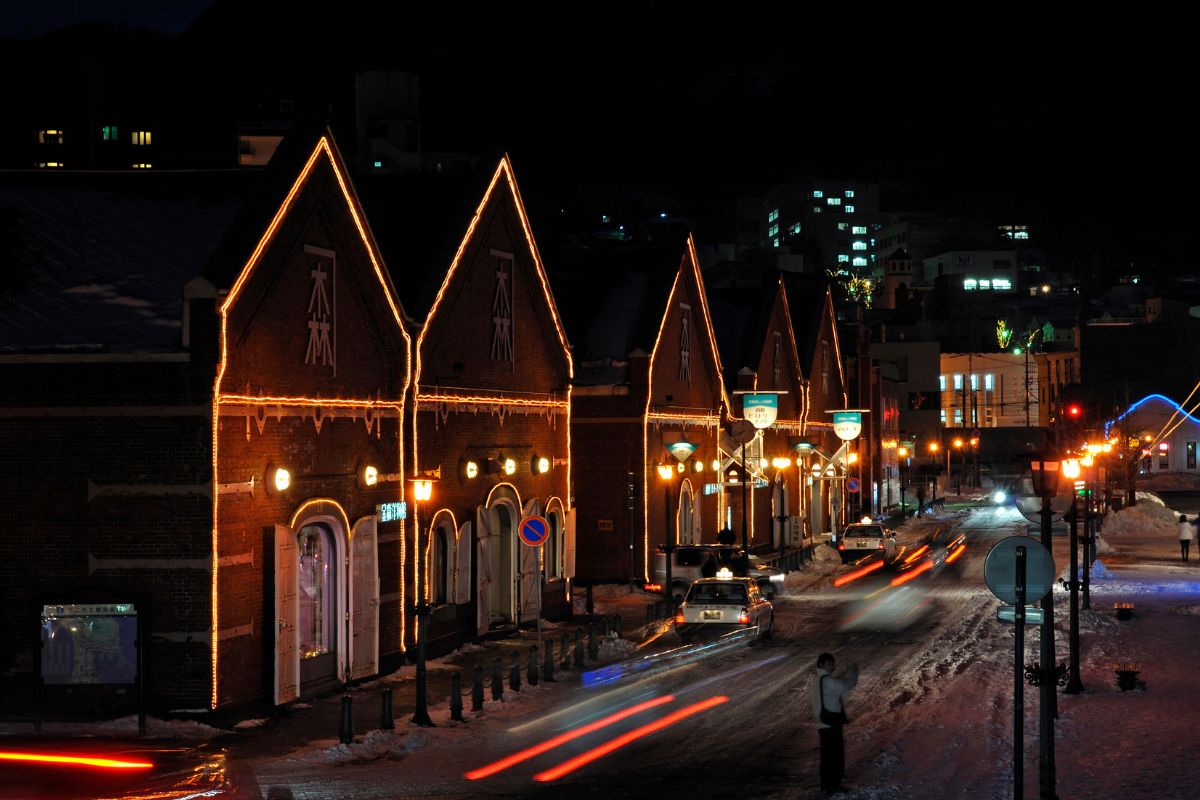
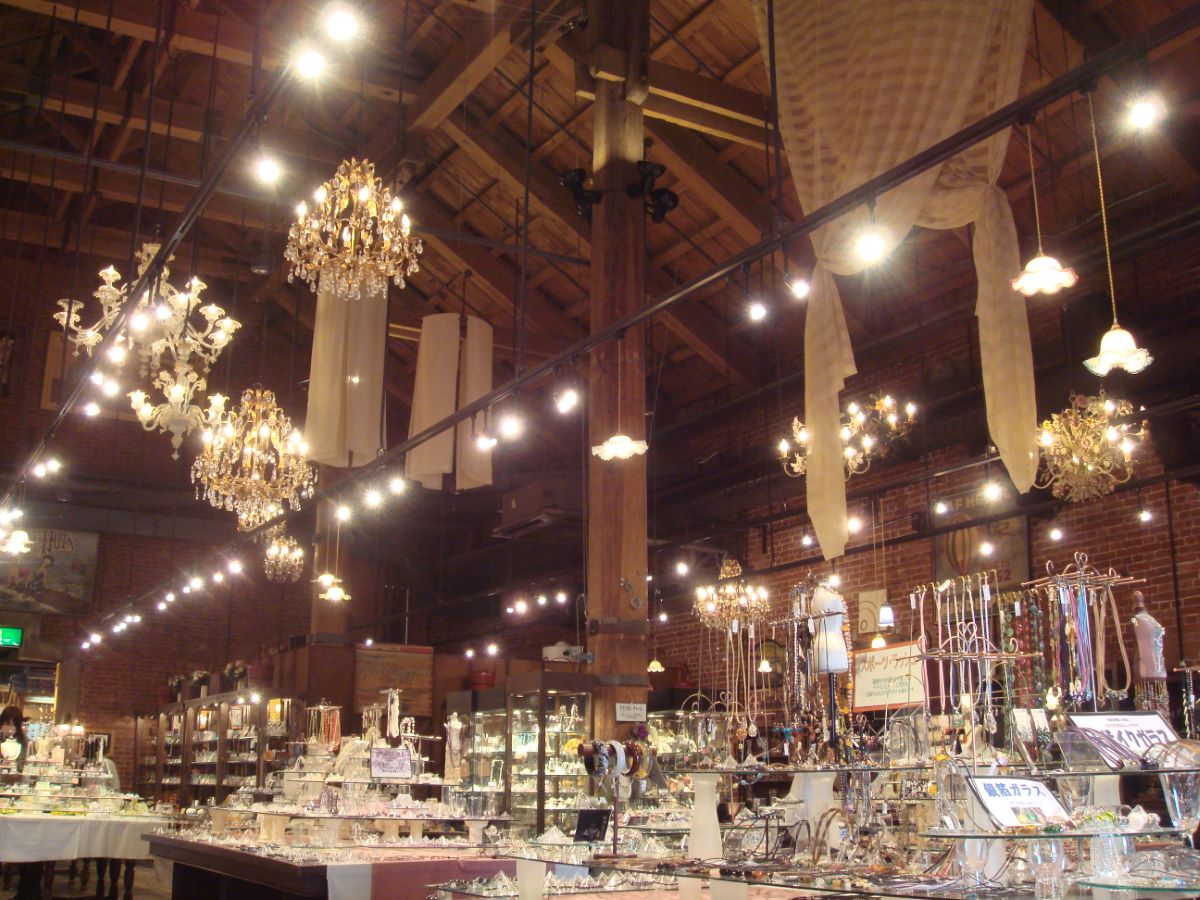
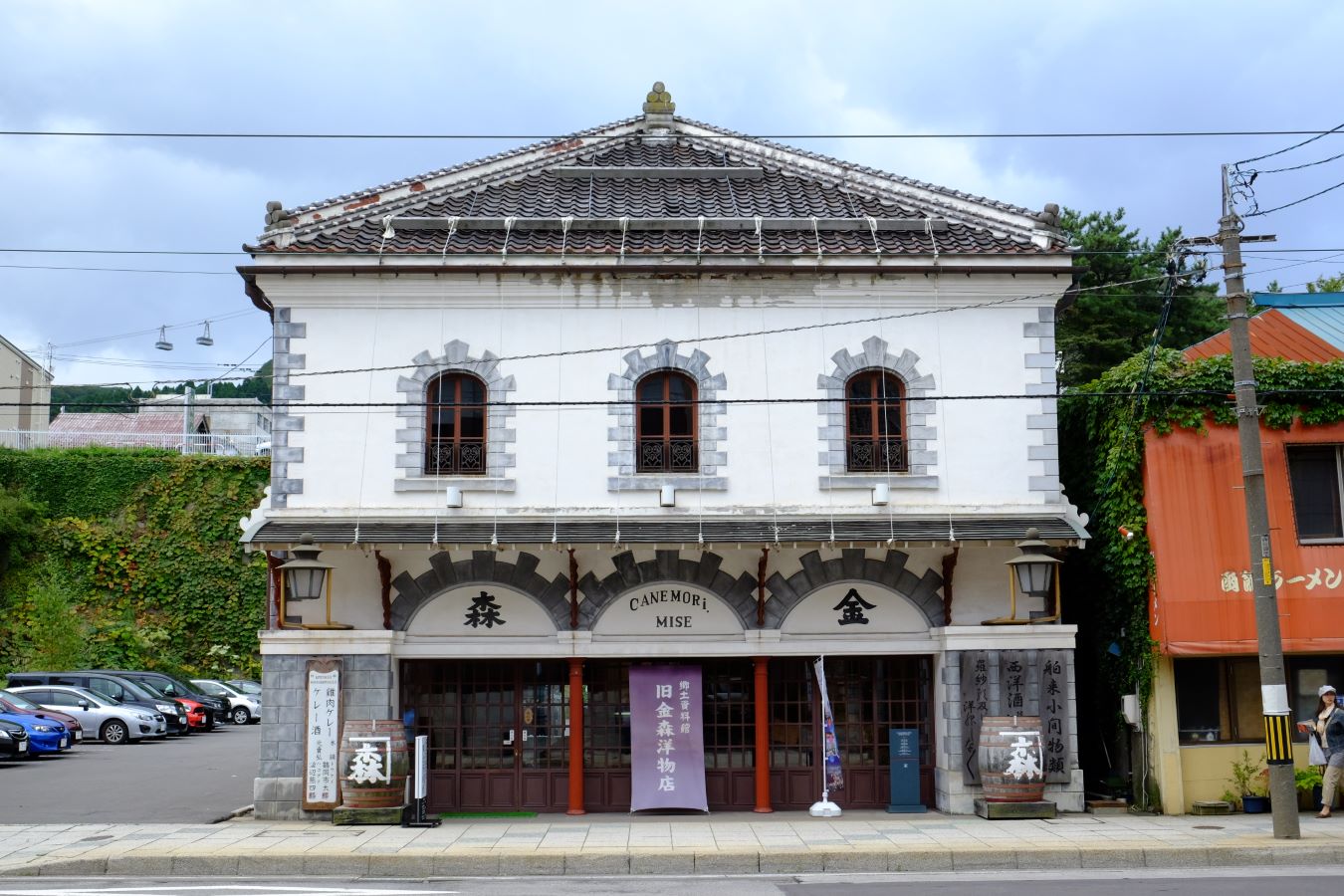

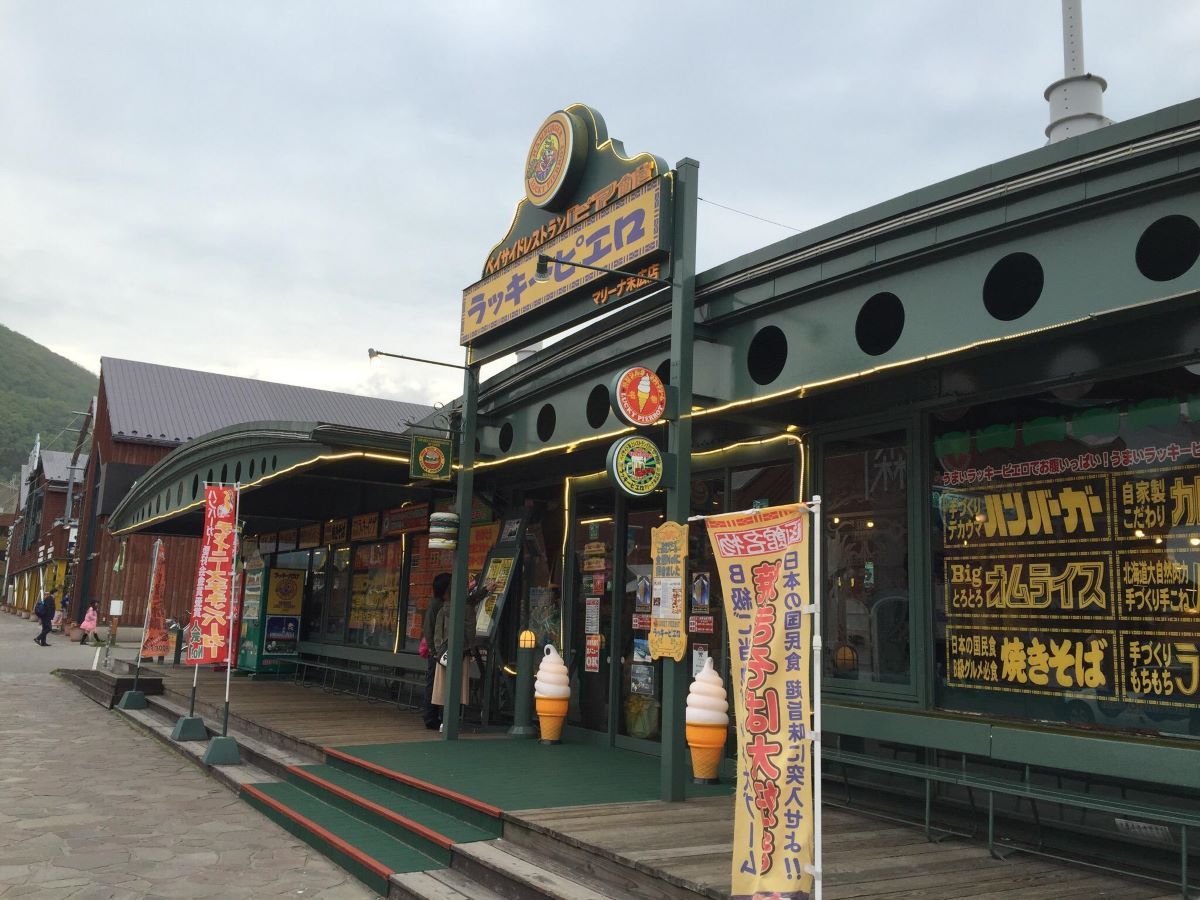

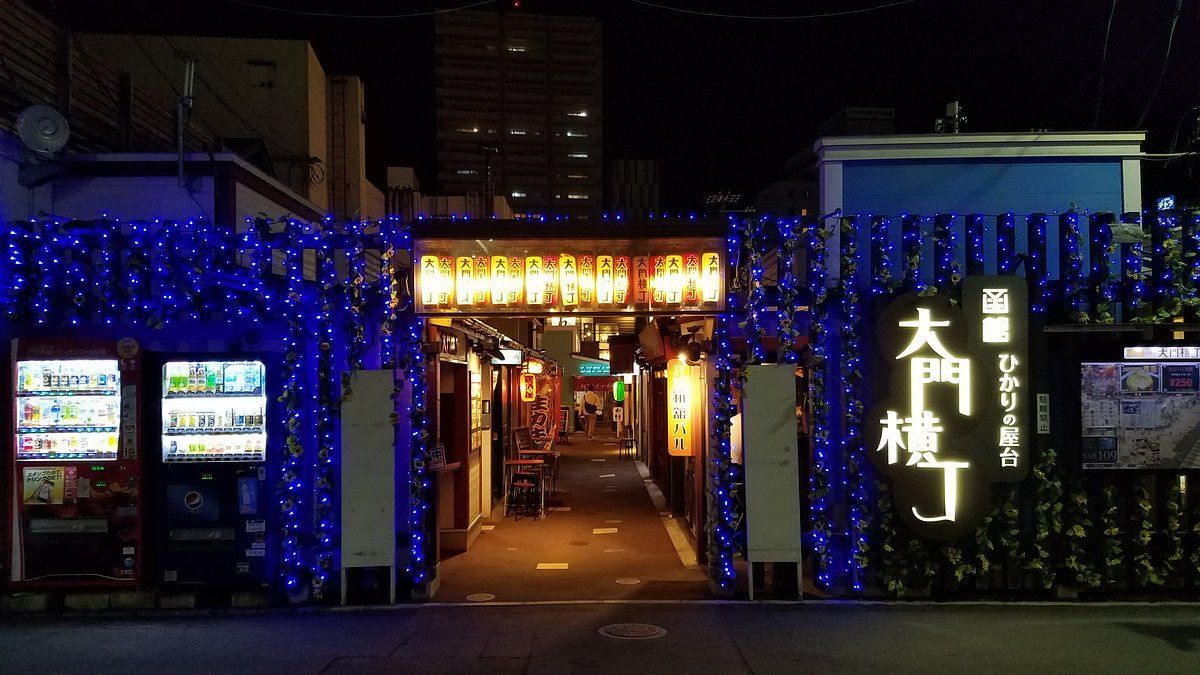
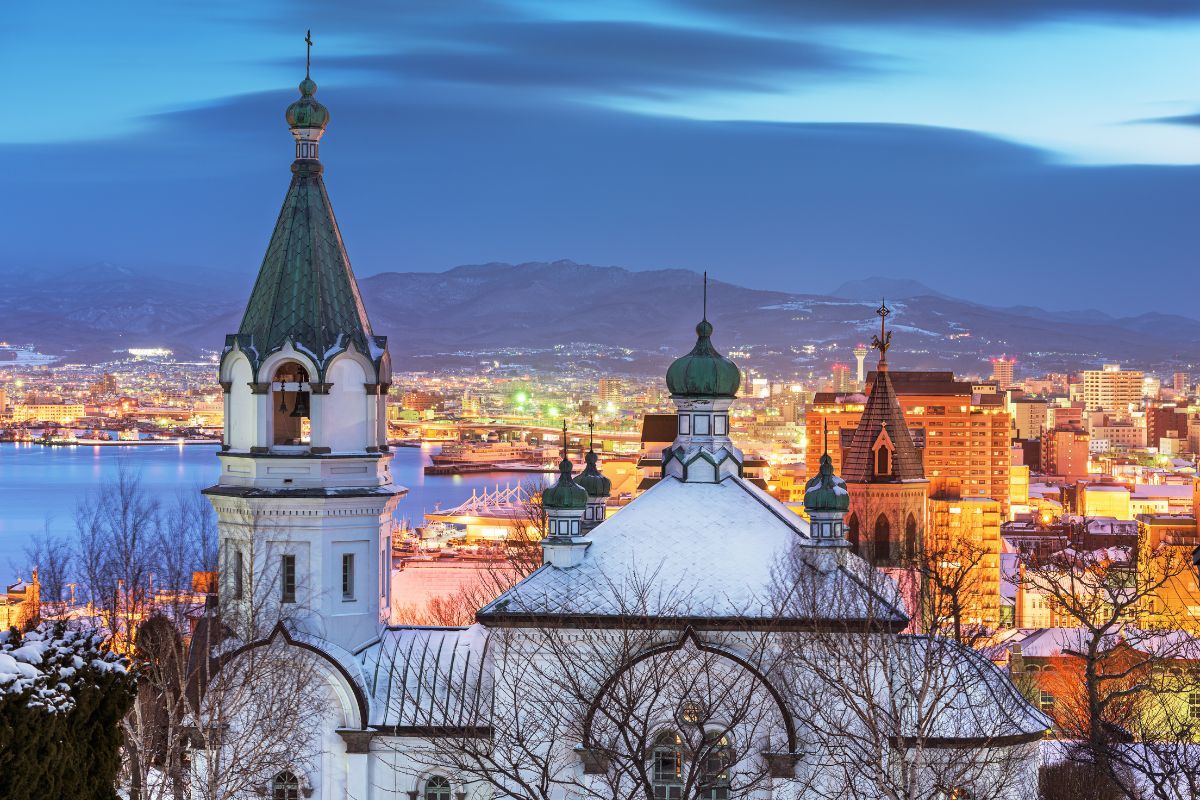

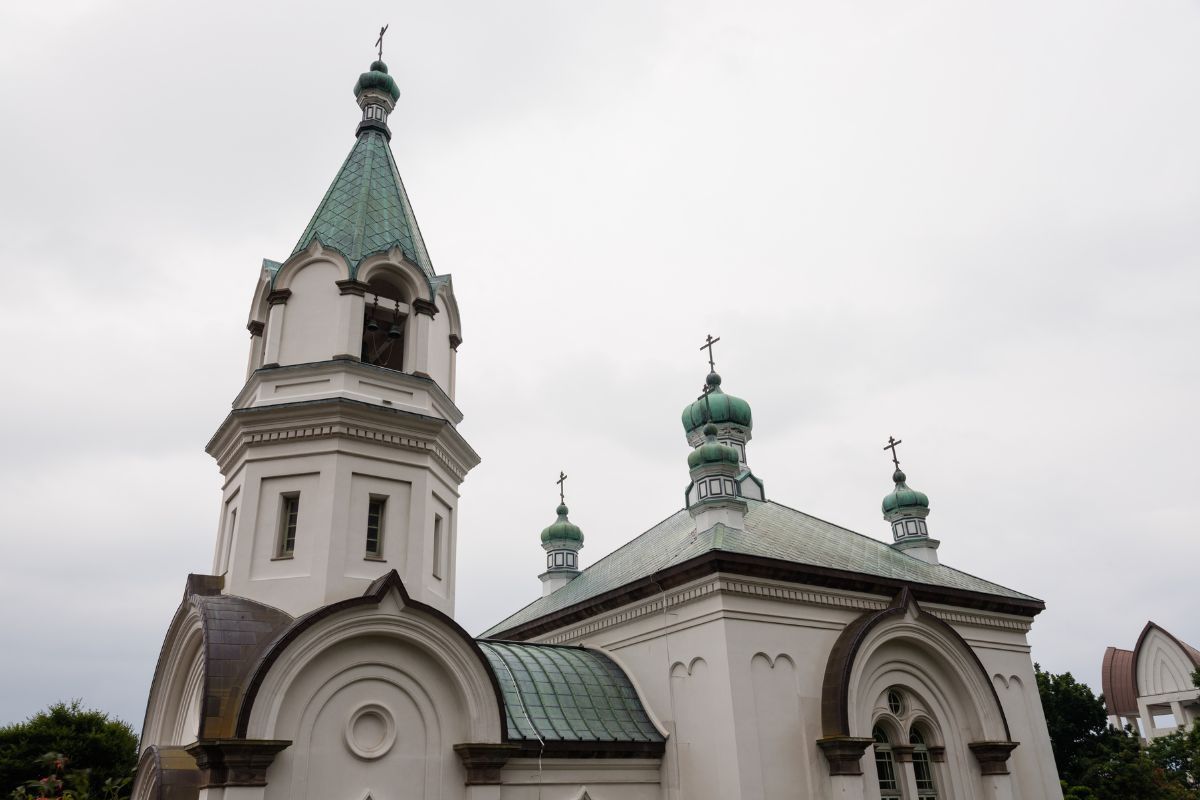


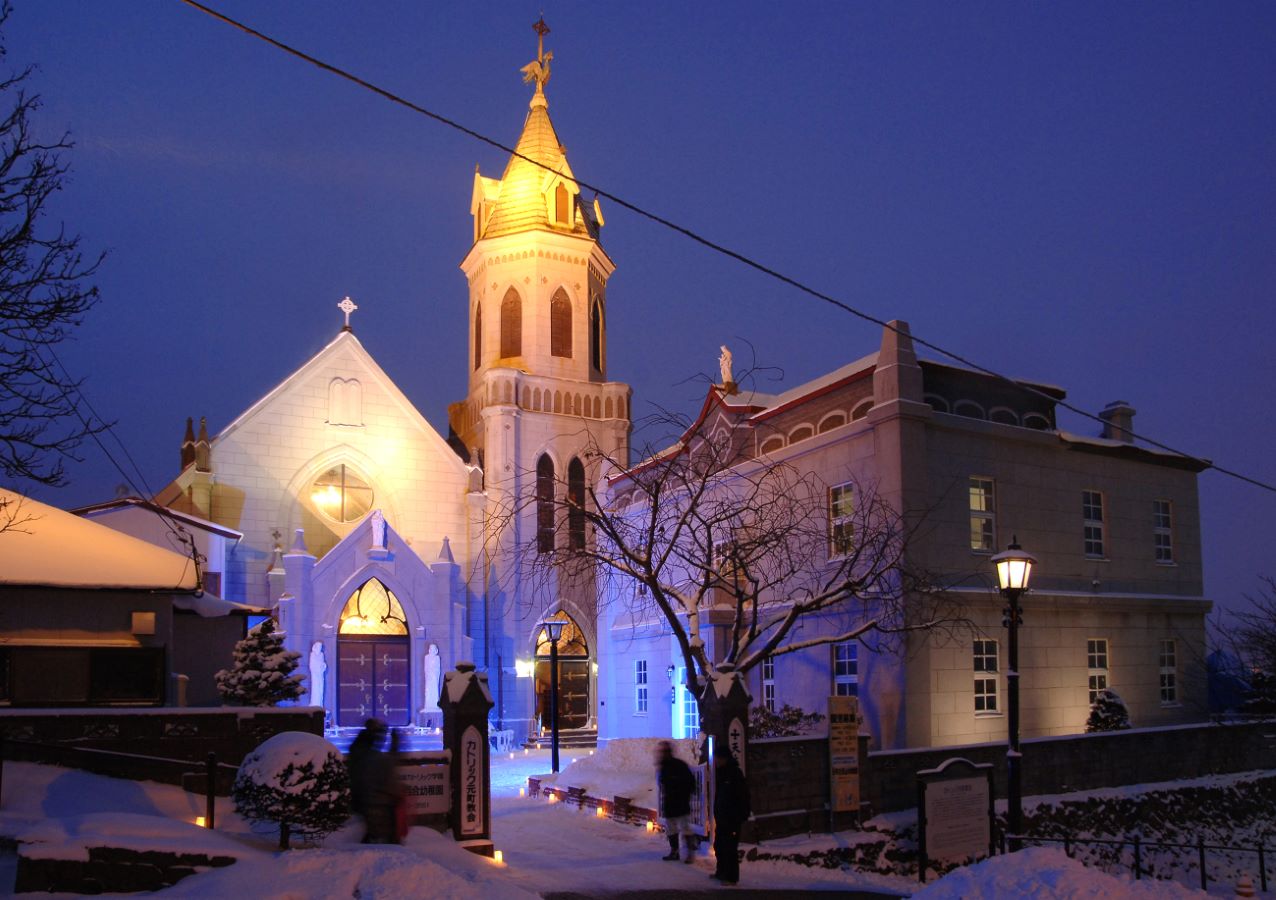
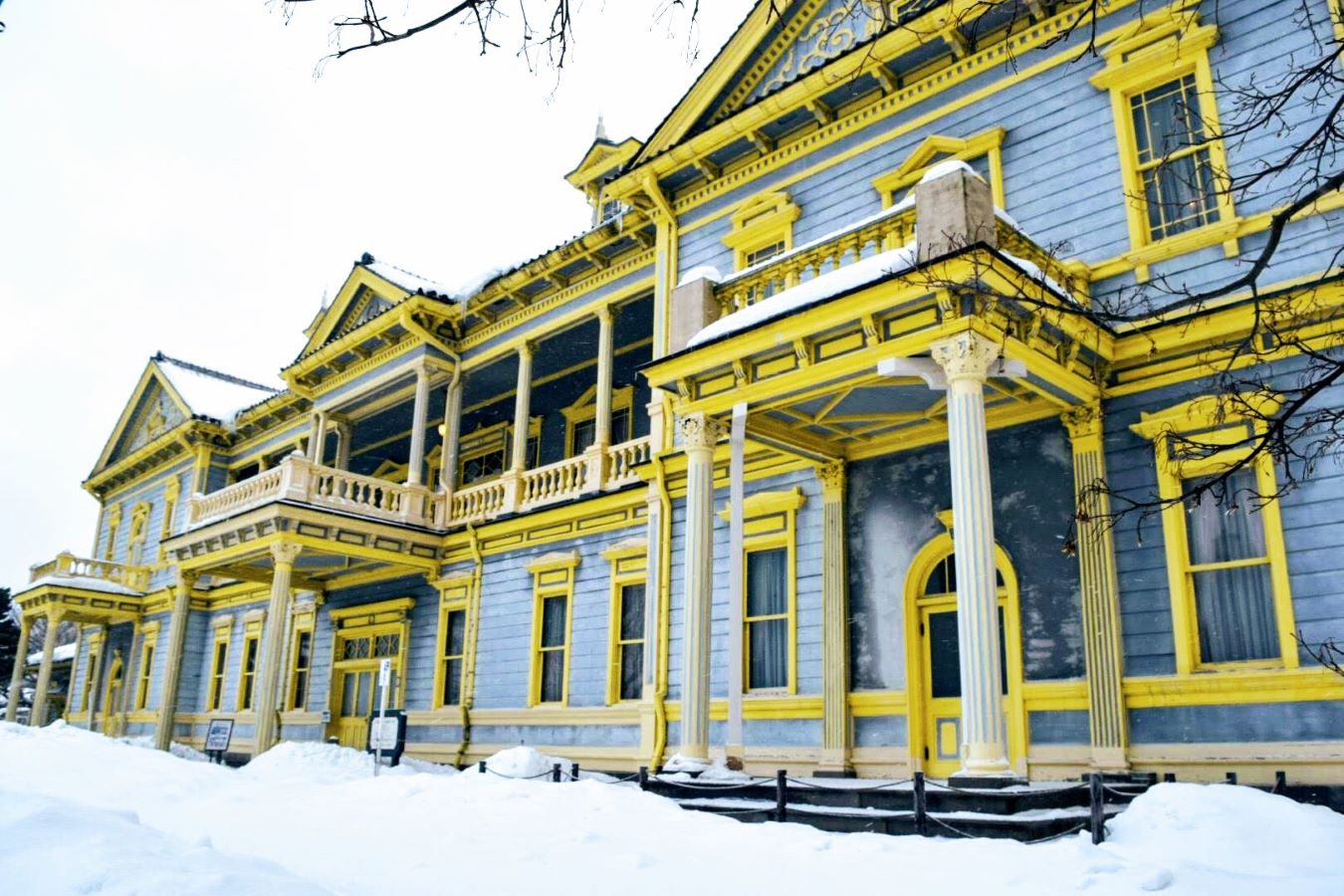

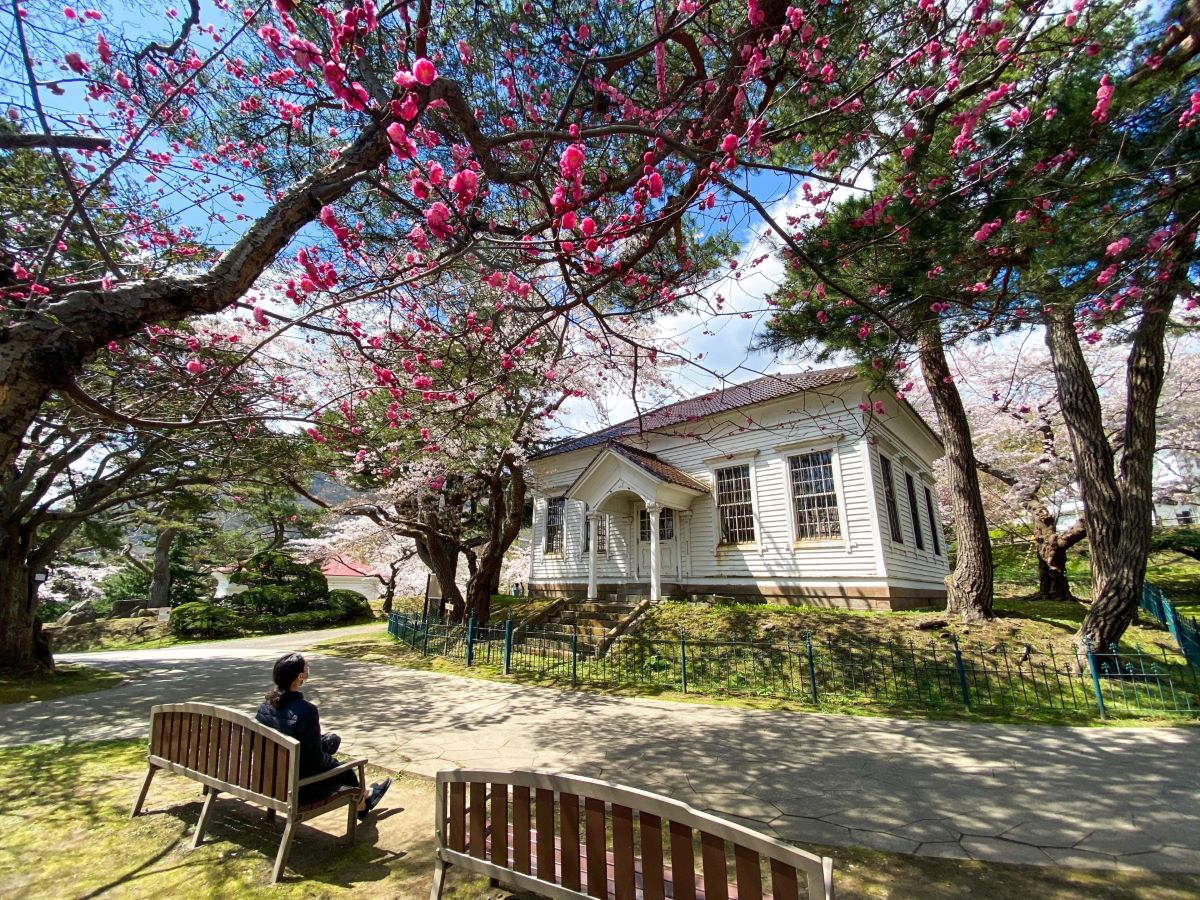

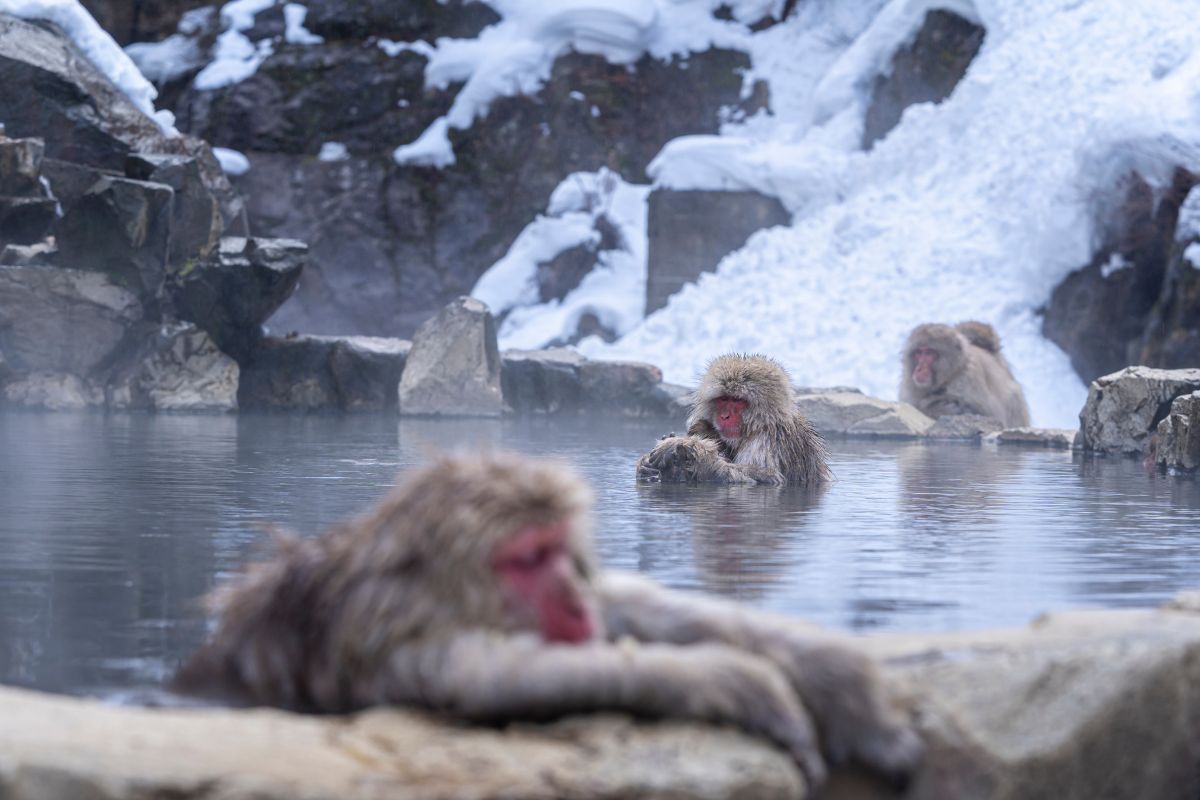

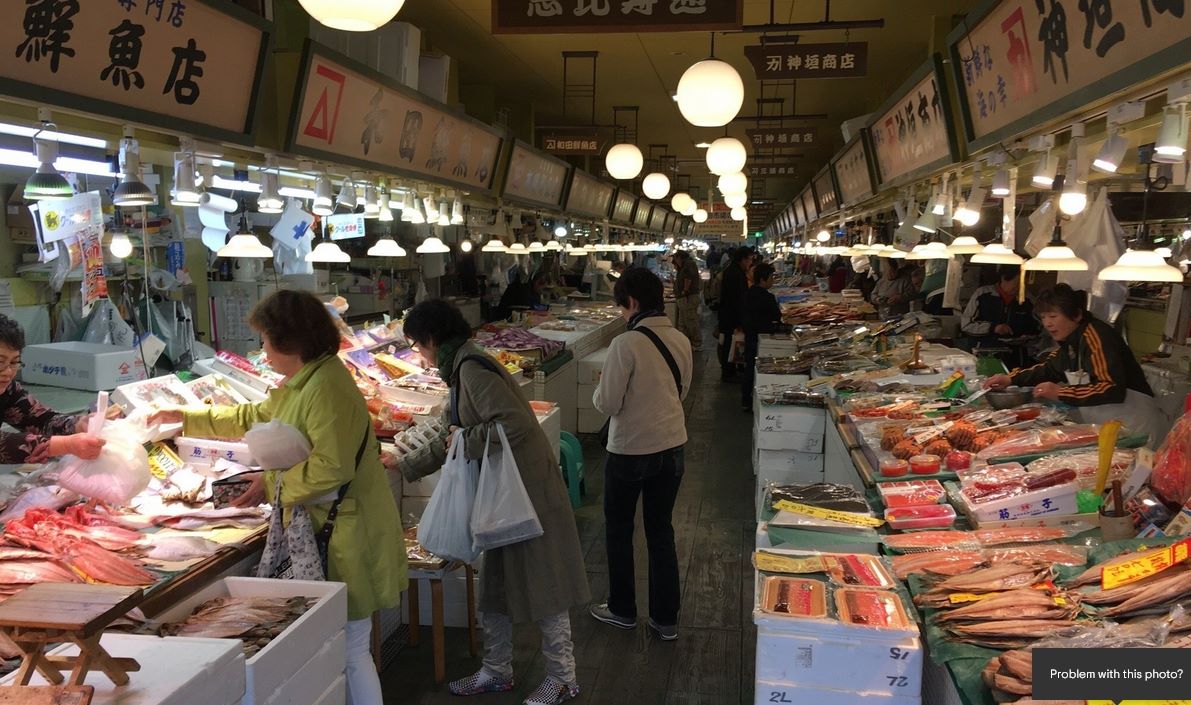


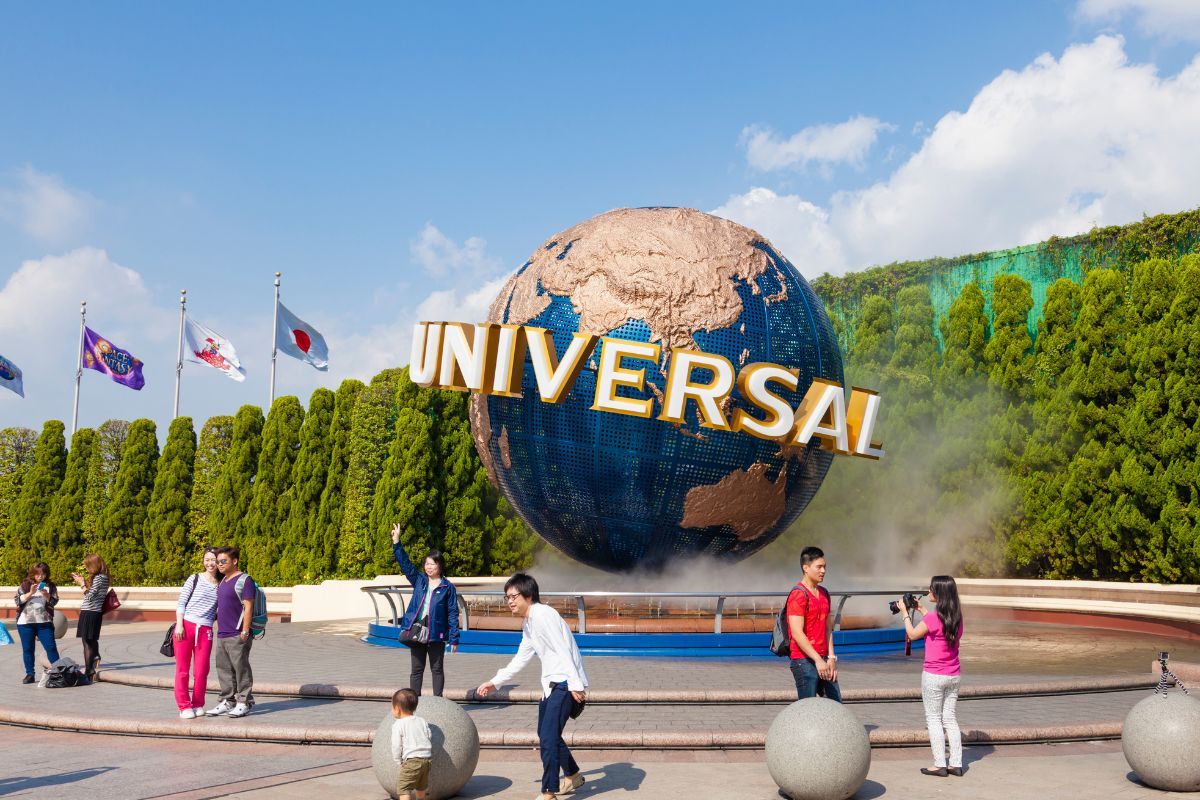
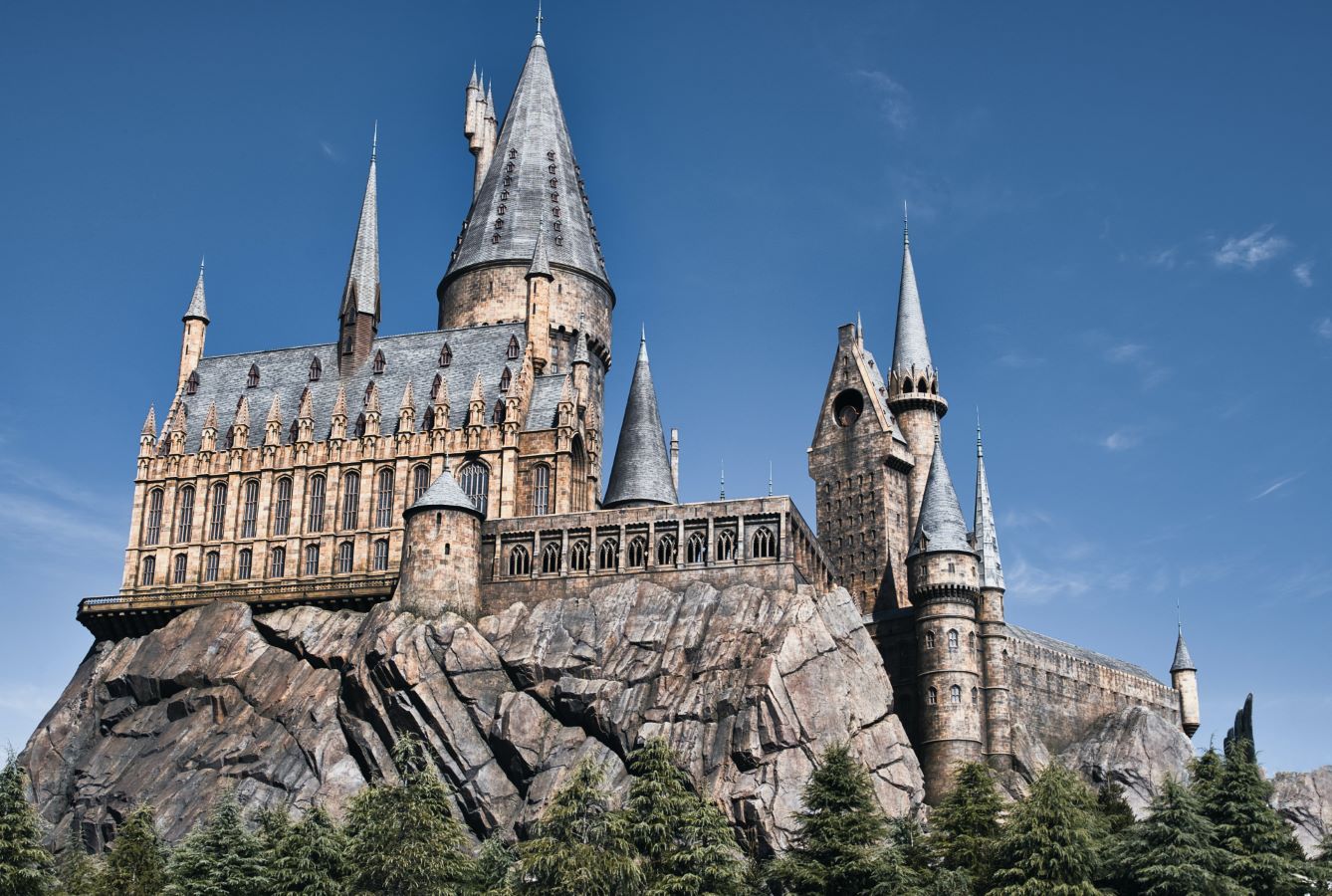
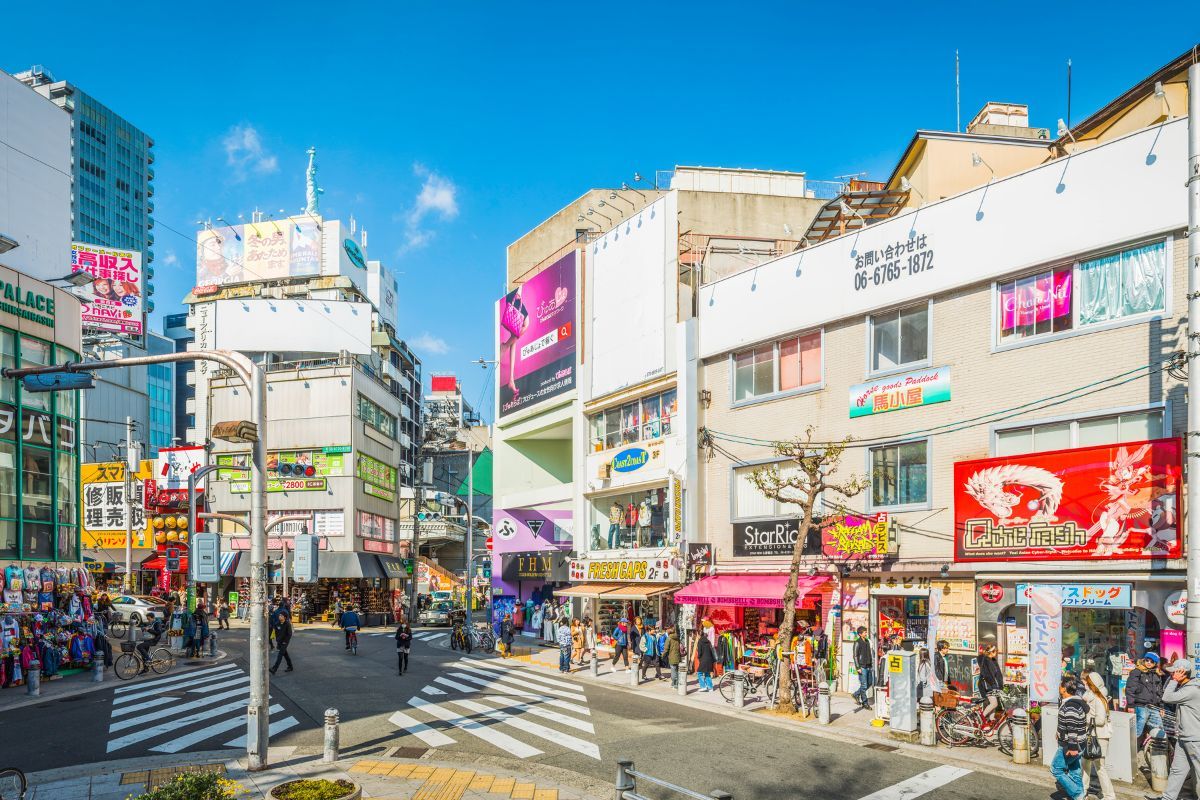
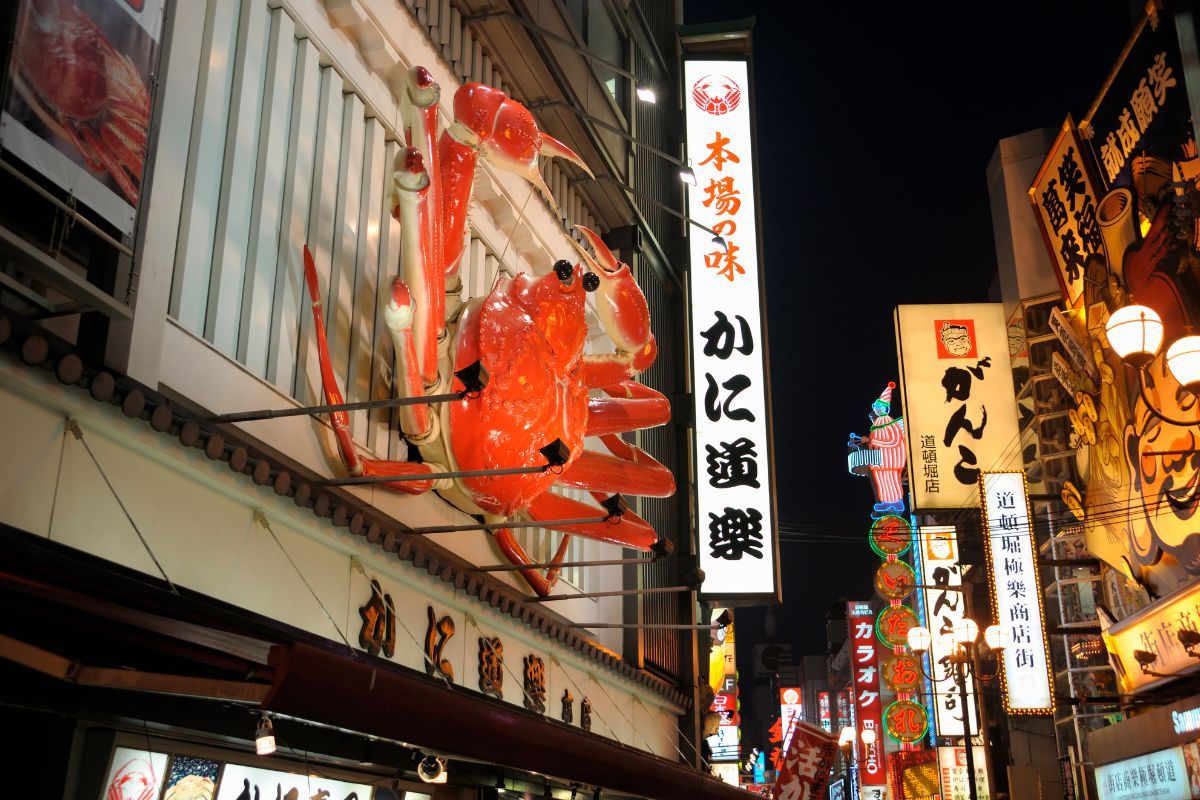
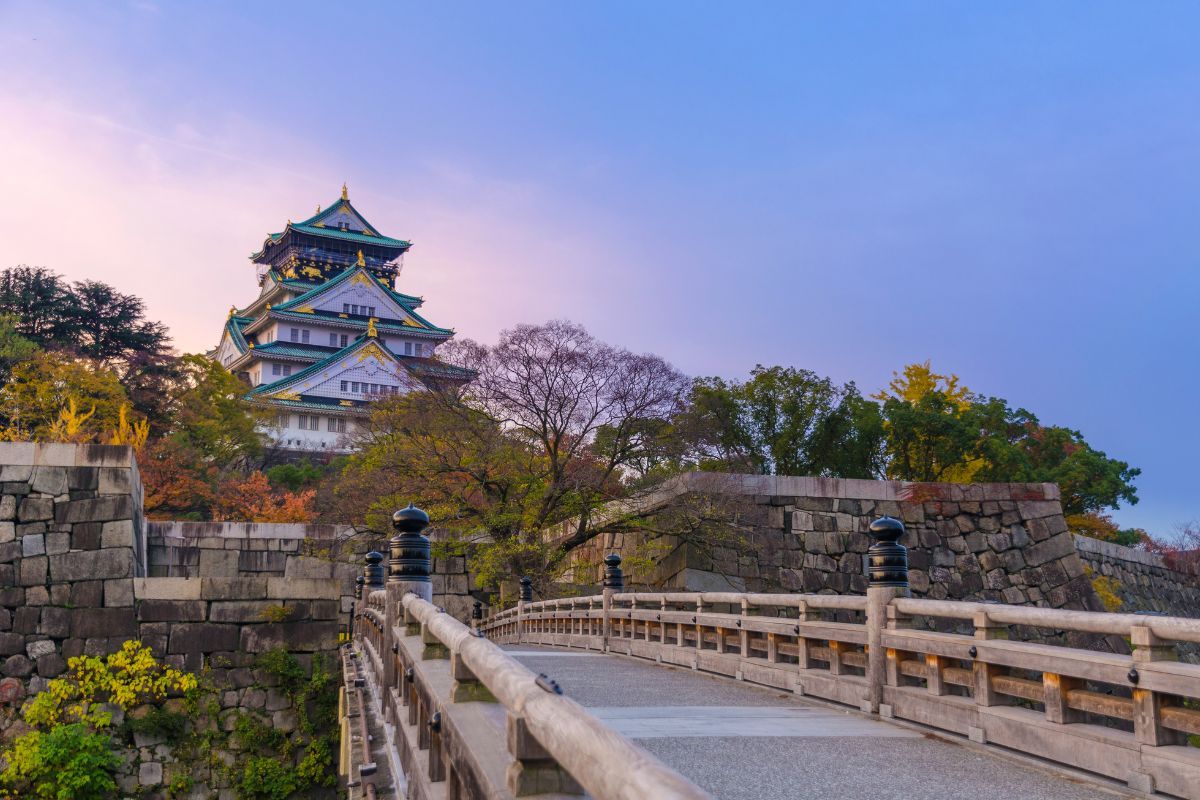




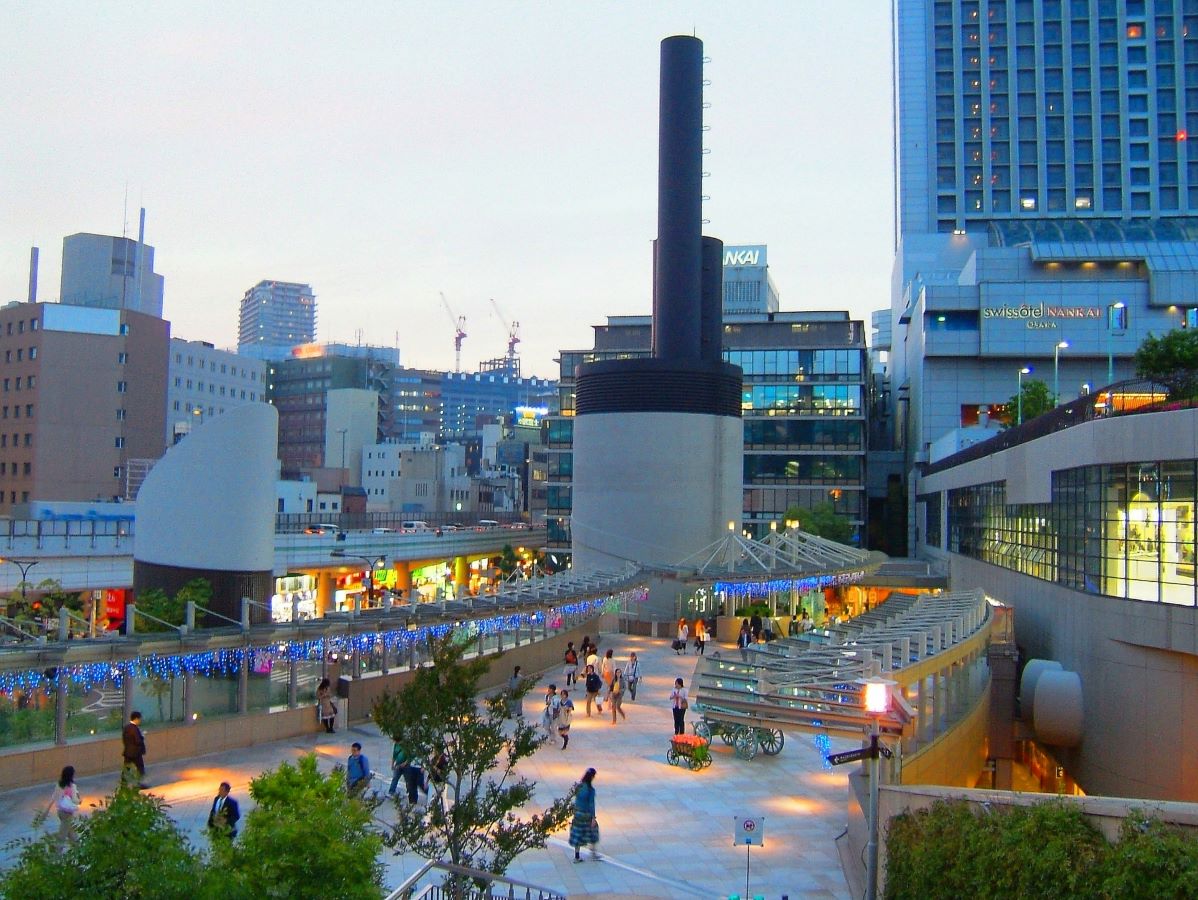

 The amusement pool with three types of slides, including Japan’s first falling rotating slider ominously named the Death Rope, is very popular with kids.
The amusement pool with three types of slides, including Japan’s first falling rotating slider ominously named the Death Rope, is very popular with kids.